Are you interested in learning about different cultures and their histories? Here are the ethnology museums to visit in Germany:
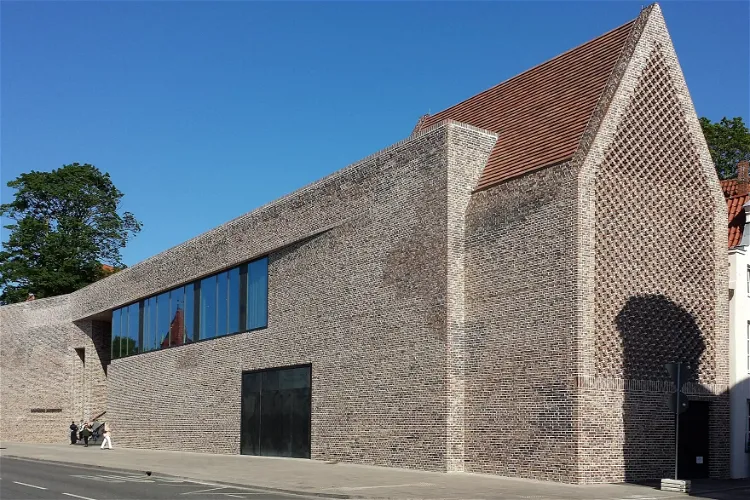
European Hansemuseum
LübeckThe European Hansemuseum, located in Lübeck, Germany, is a museum dedicated to the history of the Hanseatic League. This museum provides a comprehensive overview of the Hanseatic League's history, making it a valuable resource for those interested in learning more about this significant period in European history.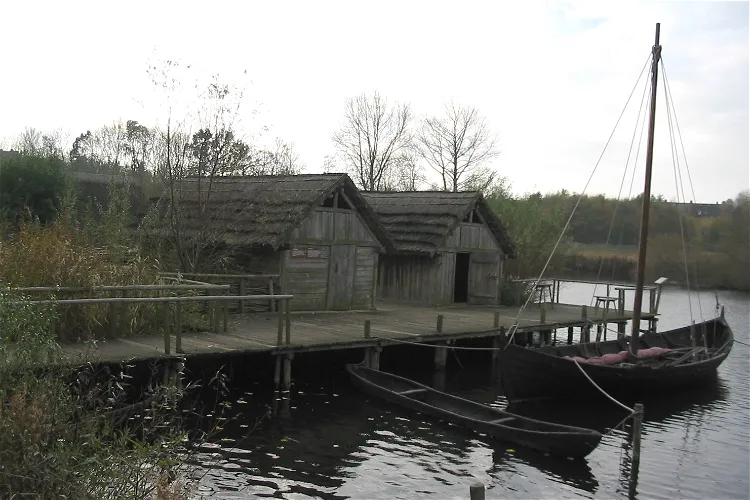
Oldenburger Wallmuseum
Oldenburg in HolsteinThe Oldenburger Wallmuseum, often simply referred to as the 'Wallmuseum', is situated in Oldenburg in Holstein. This museum is dedicated to presenting the history of the Slavs in East Holstein. It provides a unique opportunity for visitors to delve into the rich cultural and historical heritage of the region.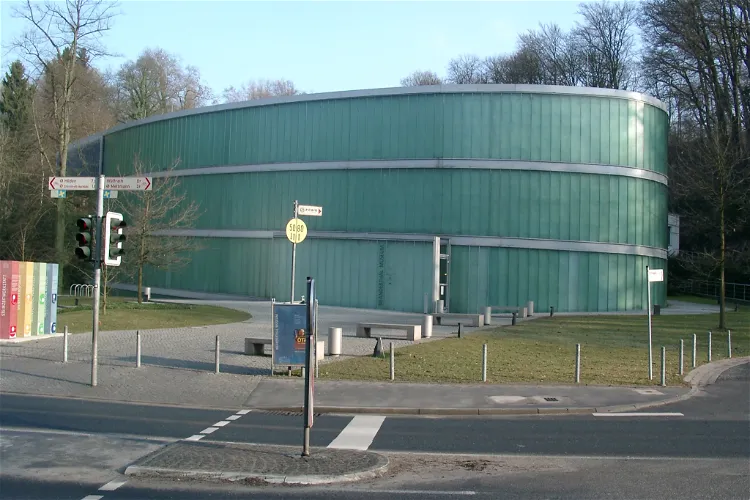
Neanderthal Museum
ErkrathThe Neanderthal Museum, situated in the Neandertal near Mettmann, is a unique institution dedicated to the prehistory and early history of mankind. The museum's exhibits include a focus on the Neanderthals, named after the fossil find site Neandertal 1. This museum provides a comprehensive overview of human evolution and the life of our early ancestors, making it a fascinating destination for those interested in history and anthropology.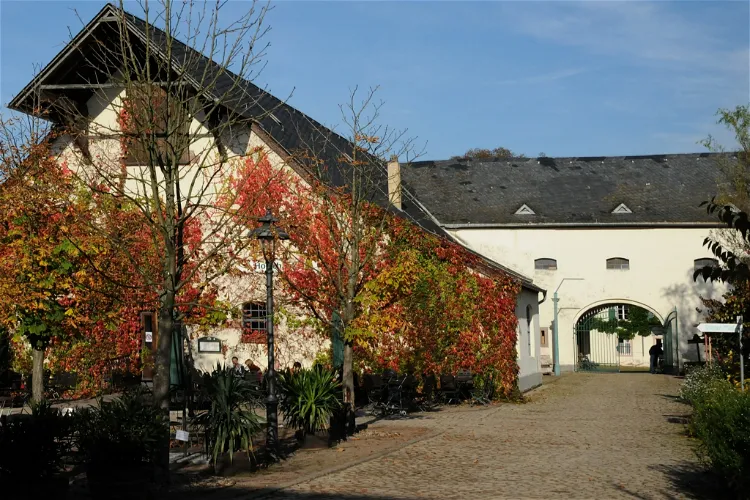
Roscheider Hof Open Air Museum
KonzThe Roscheider Hof Folklore and Open Air Museum, established in 1976, is situated in the city of Konz, in the Rheinland-Pfalz region of Germany. This museum is one of the largest German folklore museums, with an exhibition area of 4000 square meters and a total land area of 20 hectares.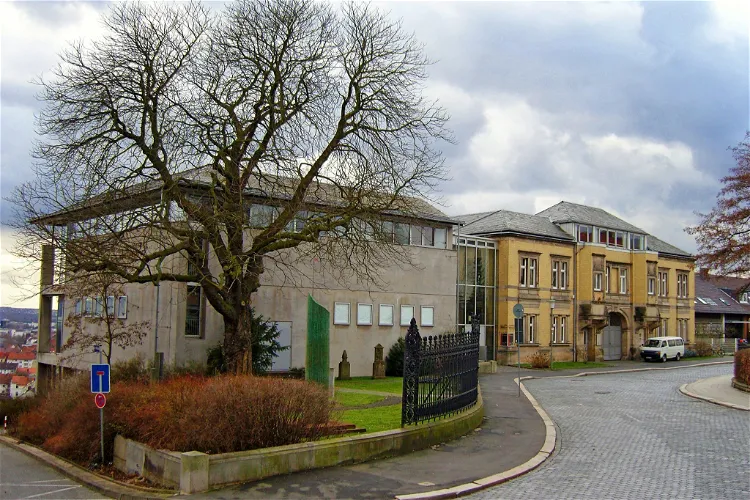
Museum für Sepulkralkultur
KasselThe Museum für Sepulkralkultur, located on Weinbergstraße in Kassel, is a cultural history museum that opened its doors in 1992. It is dedicated to the themes of death, burial, mourning, and remembrance, providing a unique perspective on these universal aspects of human life.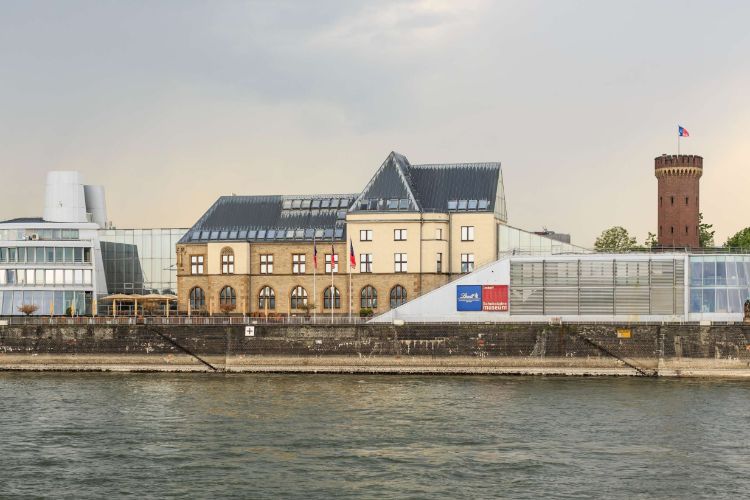
Schokoladenmuseum Köln
CologneThe Schokoladenmuseum Köln (also known as the Imhoff-Schokoladenmuseum and Imhoff chocolate museum is a museum in Cologne that is dedicated to chocolate. The museum illustrates the history of chocolate, from its beginnings with the Olmecs, Maya and Aztecs to contemporary products and production meth
DDR MUSEUM THALE
ThaleThe DDR-Museum Thale, located in Thale, Saxony-Anhalt, is a museum that primarily focuses on the living and everyday culture in the DDR (East Germany). It provides a unique insight into the lifestyle and daily routines of the people during the era of East Germany, making it a fascinating destination for those interested in history and culture.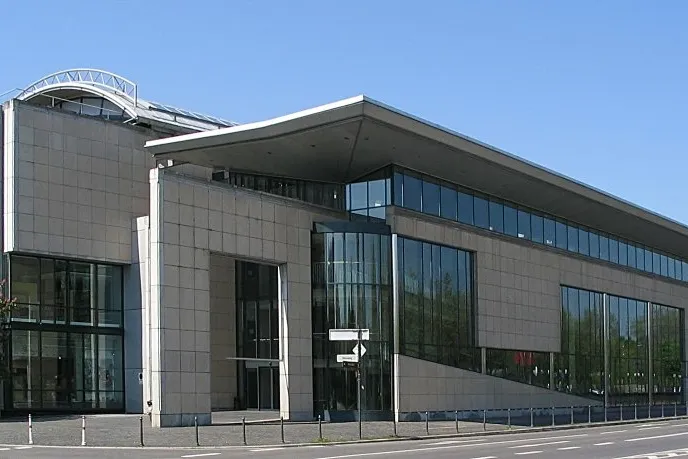
House of the History of the Federal Republic of Germany
BonnThe House of the History of the Federal Republic of Germany, also known as Haus der Geschichte der Bundesrepublik Deutschland or HdG, is a museum located in Bonn. It was established in 1989 and opened to the public in 1994. The museum is dedicated to providing information and documentation on the history of the Federal Republic of Germany and the German Democratic Republic.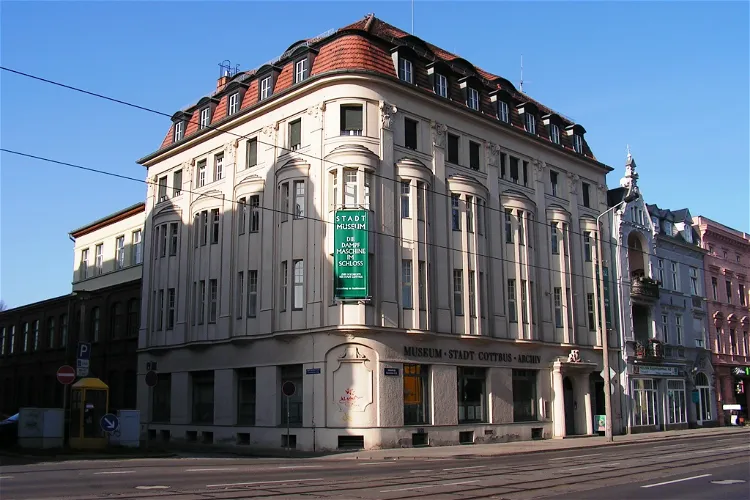
Stadtmuseum Cottbus
CottbusThe Stadtmuseum and -archiv Cottbus, also known as Měsćański muzej a archiw Chóśebuz in Lower Sorbian, is the municipal archive of the city of Cottbus in Brandenburg. It is located in Bahnhofstraße in the Mitte district. This museum and archive serves as a repository for the city's historical documents and also hosts exhibitions on the city's history.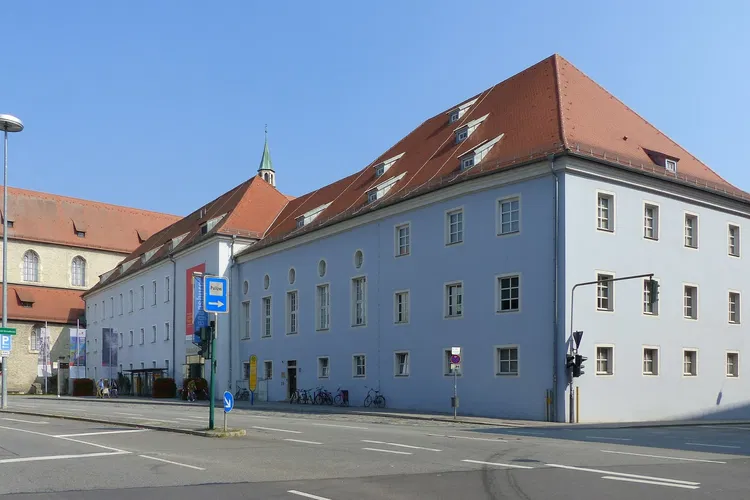
Regensburg Museum of History
RegensburgThe Historisches Museum in Regensburg, Bavaria, offers a comprehensive look into the history, art, and culture of Regensburg and Eastern Bavaria. Spanning from the Stone Age to the present day, the museum provides a unique opportunity to delve into the region's rich past. Visitors can explore a variety of exhibits that showcase the evolution of the area over thousands of years.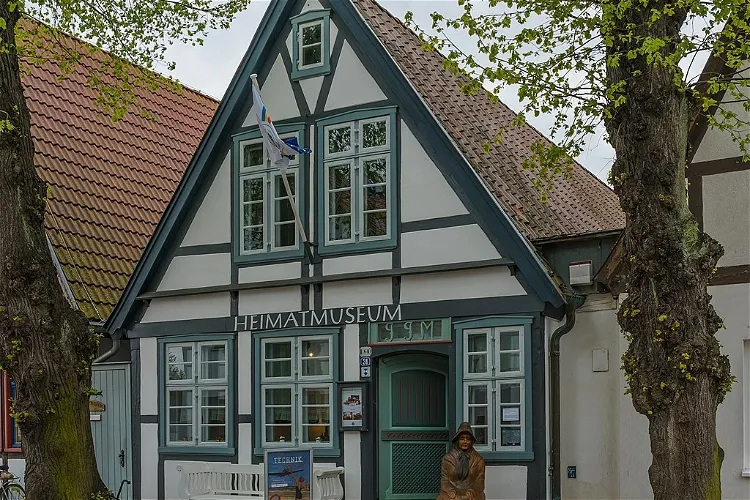
Heimatmuseum Warnemünde
RostockThe Heimatmuseum Warnemünde is a folk museum situated in the Warnemünde district of the Hanseatic city of Rostock. This museum is a significant cultural institution that showcases the rich history and heritage of the region. It offers a unique opportunity for visitors to explore the local culture, traditions, and way of life of the people of Warnemünde.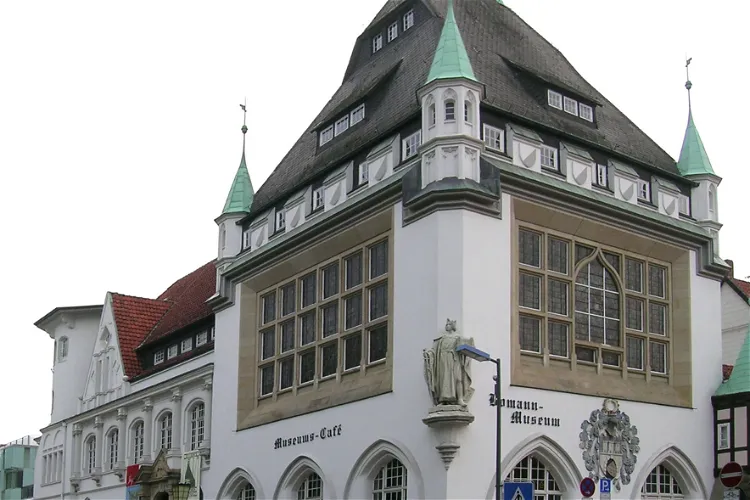
Bomann-Museum
CelleThe Bomann Museum, located in Celle, is a significant institution dedicated to Lower Saxon folklore, state, and city history. It holds the distinction of being the third largest museum in Lower Saxony, making it a notable destination for those interested in regional history and culture.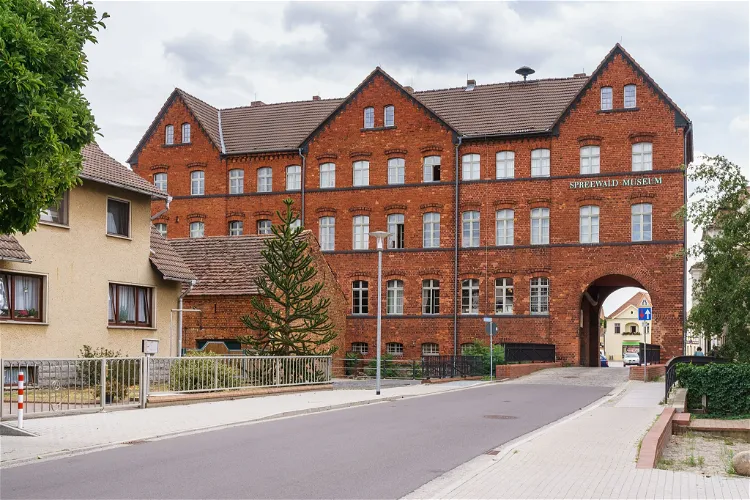
Spreewald-Museum
Lübbenau/SpreewaldThe Spreewald Museum Lübbenau is a museum located in the city of Lübbenau, which is situated in the Spreewald region. This location makes it a central point of interest for those wanting to learn about the history and culture of the Spreewald region.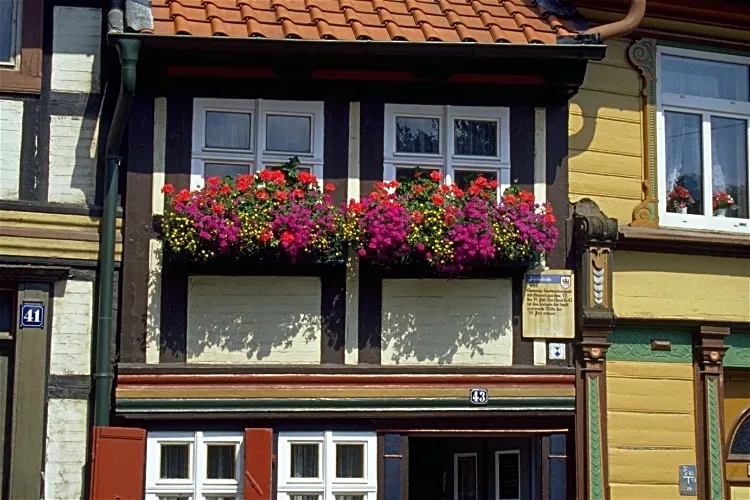
Kleinstes Haus
WernigerodeThe smallest house in the city, located in Wernigerode, is a socio-historical cultural monument. Its small size has made it famous and it is now home to a small folk museum. This unique piece of architecture offers a glimpse into the past, showcasing the living conditions of the city's poorer inhabitants during the late 18th century.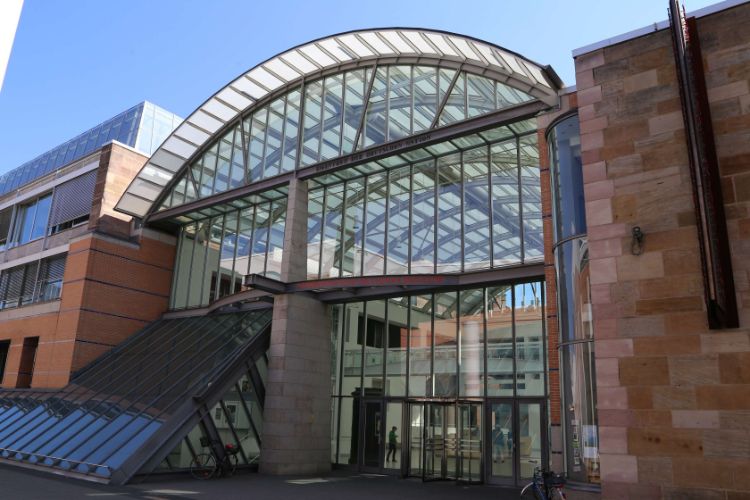
Germanisches Nationalmuseum
NurembergThe Germanisches Nationalmuseum is the largest museum of cultural history in Germany, located in Nuremberg. The museum holds and exhibits a large collection of items related to German culture and art from prehistoric times to the present day. The collection consists of around 1,3 million objects of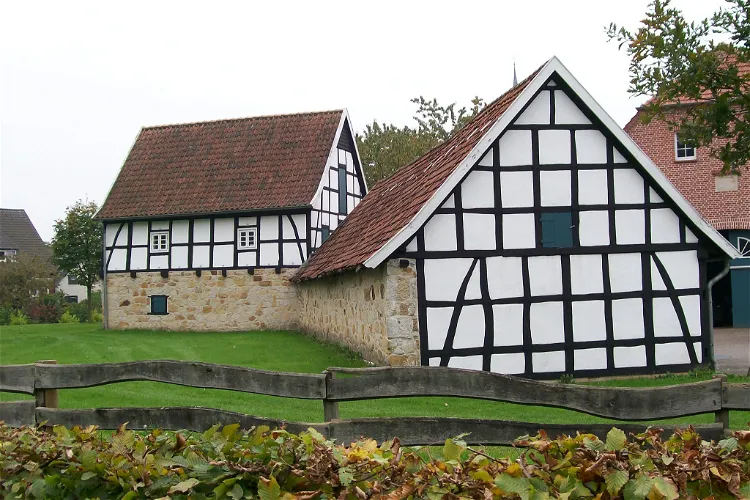
Averbecks Speicher
Bad IburgAverbecks Speicher is a local history museum situated in Glane, a district of Bad Iburg in Lower Saxony. This museum is housed in the former granary of the Averbeck full farmstead, which has a rich history dating back to the 11th century. The museum offers a unique opportunity to delve into the local history and culture of the region.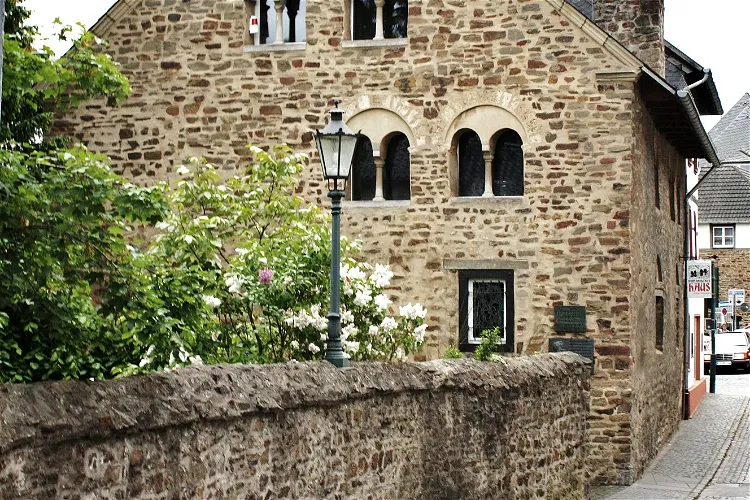
Hürten Heimatmuseum
Bad MünstereifelThe Hürten Heimatmuseum is situated in the charming town of Bad Münstereifel, in the Euskirchen district of North Rhine-Westphalia. This location offers visitors the opportunity to explore the rich history and culture of the region, while also enjoying the natural beauty and tranquility of the surrounding area.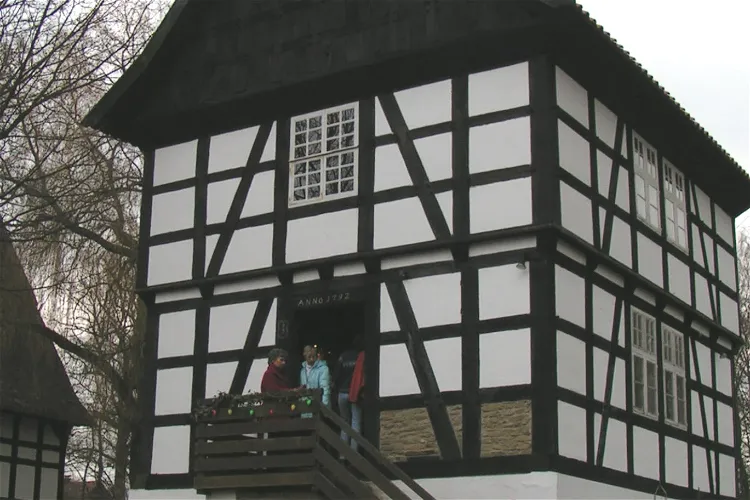
Museumshof Bad Oeynhausen
Bad OeynhausenThe Museumshof Bad Oeynhausen, a local museum in the East Westphalian spa town, was inaugurated in 1969. This museum serves as a testament to the rich history and culture of the region, providing visitors with a glimpse into the past.
Bauernhaus-Museum Allgäu-Oberschwaben Wolfegg
WolfeggThe Bauernhaus-Museum Allgäu-Oberschwaben Wolfegg, located in Wolfegg in the Ravensburg district, is a unique open-air museum that showcases over twenty historical buildings from Upper Swabia and the Württemberg Allgäu. These buildings are spread across a 12-hectare site, which also houses a variety of farm animals. This provides visitors with a comprehensive insight into the region's rural history and culture.
Samurai Museum Berlin - Peter Janssen Collection
BerlinThe Samurai Museum Berlin is a unique institution that houses a private collection of artifacts and art objects related to the Japanese warrior class. This collection belongs to Peter Janssen, a construction entrepreneur. The museum offers a rare opportunity to explore the rich history and culture of the Samurai, making it a fascinating destination for those interested in Japanese history and culture.
Hohenloher Freilandmuseum
Schwäbisch HallThe Hohenloher Freilandmuseum Wackershofen is a regional open-air museum located in the hamlet of Wackershofen, part of Schwäbisch Hall. Opened in 1983, the museum showcases old buildings from the northeast of Baden-Württemberg, primarily from the districts of Hohenlohe and Schwäbisch Hall. It also features structures from the Main-Tauber district, the Heilbronn district, the Rems-Murr and Ostalbkreis, as well as the districts of Heidenheim and Ludwigsburg.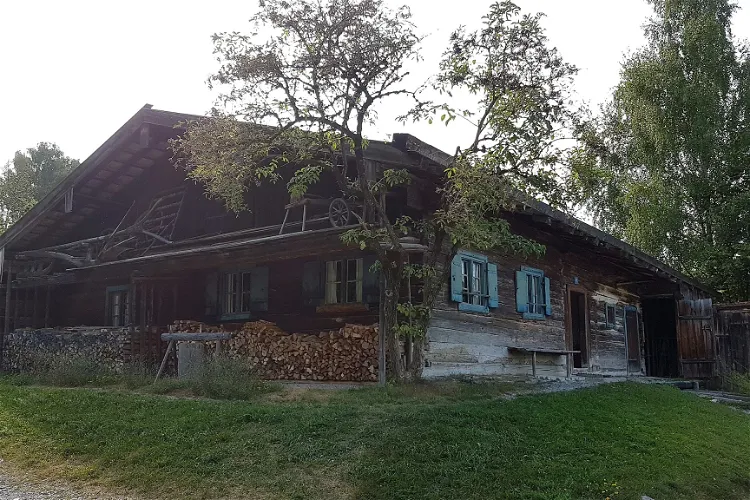
Freilichtmuseum Glentleiten
GroßweilThe Freilichtmuseum Glentleiten is a museum located in Oberbayern, dedicated to showcasing the rural life, living conditions, and economy of past centuries. It provides a unique opportunity for visitors to step back in time and experience the way of life in rural Oberbayern during the past centuries. The museum is a testament to the region's rich history and cultural heritage.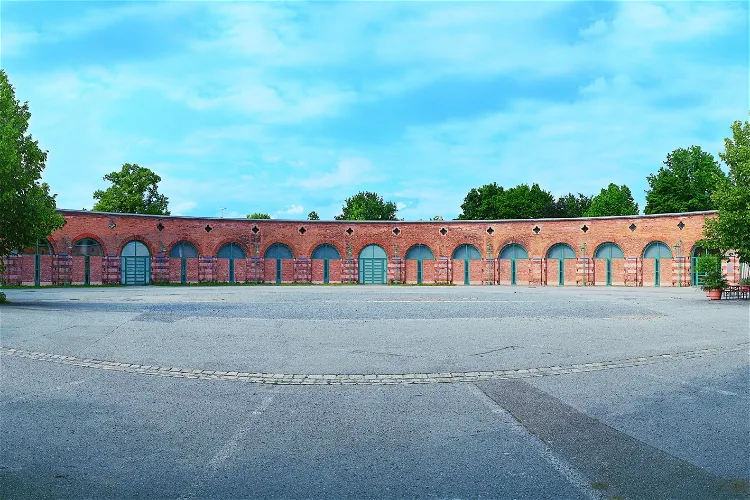
Lokschuppen
RosenheimThe Lokschuppen Rosenheim is an exhibition center situated in the heart of Rosenheim. It was established in 1988, following the transformation of the engine house of the city's first railway workshop. This historical site now serves as a cultural hub, hosting a variety of exhibitions and events throughout the year.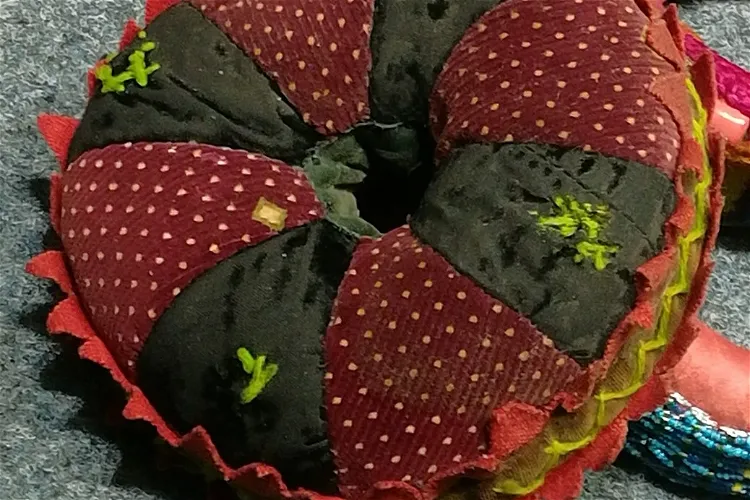
Museum für Europäische Volkstrachten
WegbergThe Museum für Europäische Volkstrachten, also referred to as the Beecker Trachtenmuseum, is a unique cultural institution that displays a wide range of festive costumes from different European countries. This collection provides a fascinating insight into the diverse cultural traditions and customs of Europe, making it a worthwhile destination for those interested in European history and culture.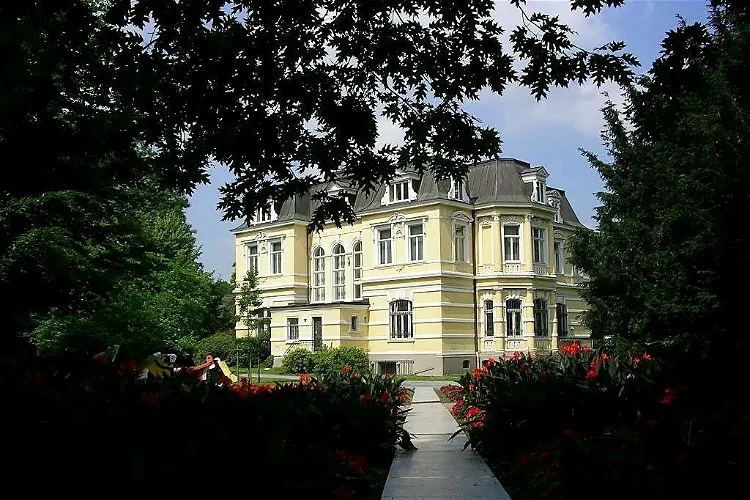
Villa Erckens - Museum der Niederrheinischen Seele
GrevenbroichToday, Villa Erckens is home to the permanent exhibition titled "Museum of the Lower Rhine Soul". This exhibition spans approximately 370 m² and provides an overview of the everyday life, culture, and mentality of the Lower Rhine region. Visitors can gain a comprehensive understanding of the region's history and culture through this exhibition.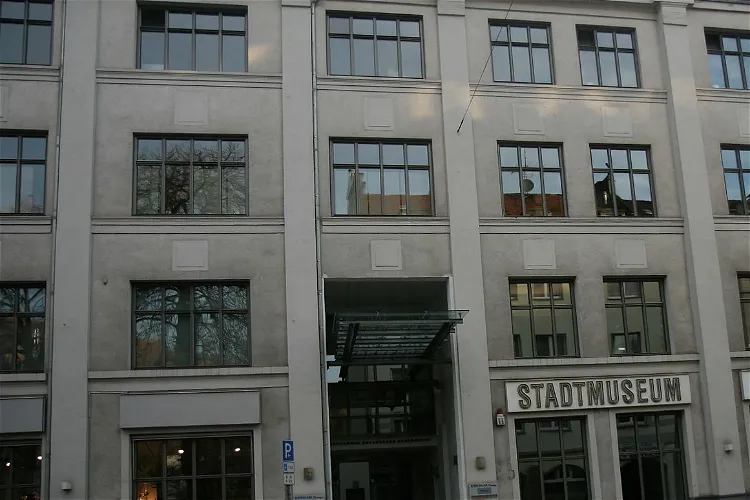
Stadtmuseum Hagen
HagenThe Stadtmuseum Hagen is a museum that focuses on the history of the independent Westphalian city of Hagen and the surrounding region. This includes the former counties of Mark and Limburg. The museum provides a comprehensive overview of the region's history, making it a valuable resource for those interested in understanding the area's past.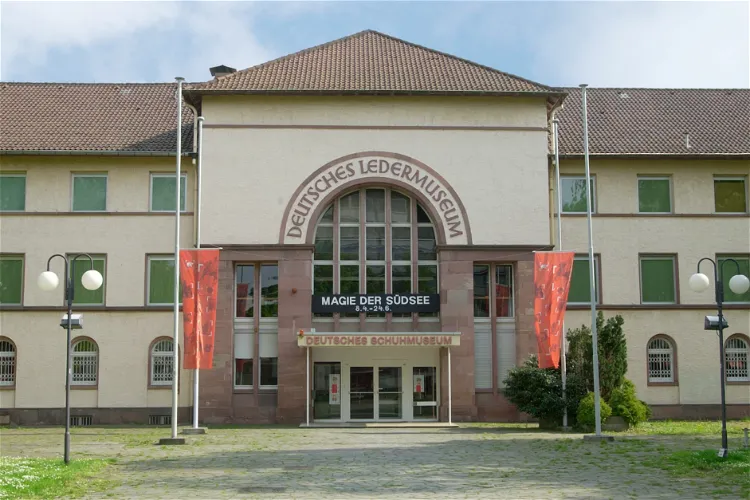
German Leather Museum
Offenbach am MainThe German Leather Museum, known as Deutsches Ledermuseum in German, is a significant cultural institution located in Offenbach am Main, Germany. This museum is dedicated to showcasing the global use of leather in crafts, art, and everyday life.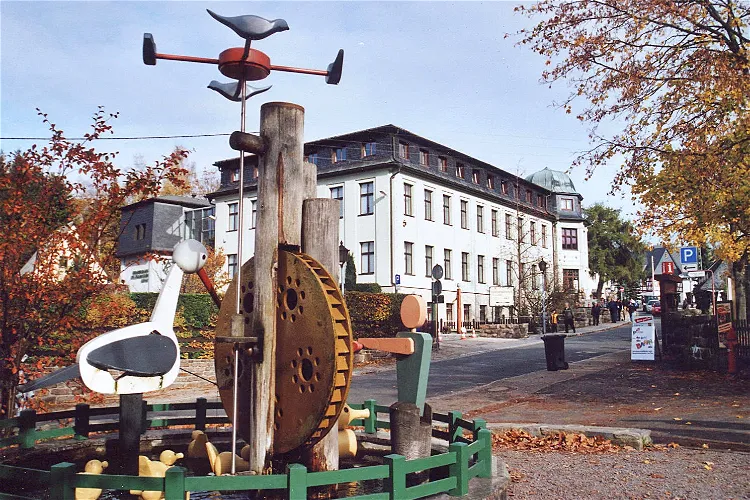
Ore Mountain Toy Museum
Seiffen/ErzgebirgeThe Ore Mountain Toy Museum, located in Seiffen, is a globally recognized institution that showcases the unique toys and folk art of the Ore Mountain region. The museum was inaugurated in 1953 and has since been a significant cultural landmark in the area, attracting visitors from all over the world.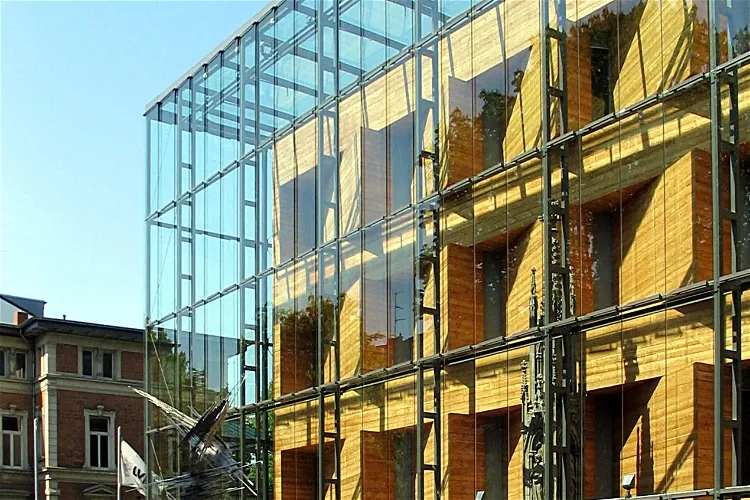
Rhinish Regional Museum Bonn
BonnThe Rheinisches Landesmuseum Bonn, also known as LVR-LandesMuseum Bonn, is a museum located in Bonn, Germany. It is managed by the Rhineland Landscape Association. The museum is one of the oldest in the country and has undergone extensive renovations in 2003.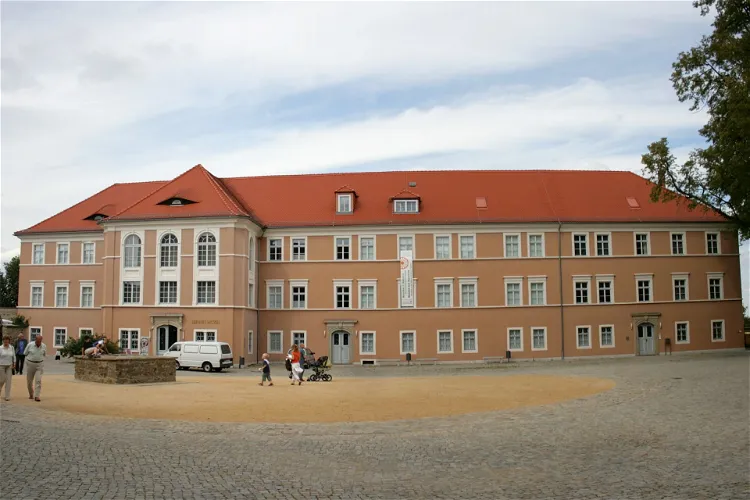
Sorbian Museum
BautzenThe Sorbian Museum, located in the salthouse of the Ortenburg in Bautzen, is a significant repository of Sorbian culture and history. With a collection of approximately 35,000 inventarized objects, it stands as the most important museum dedicated to the preservation and exhibition of Sorbian heritage.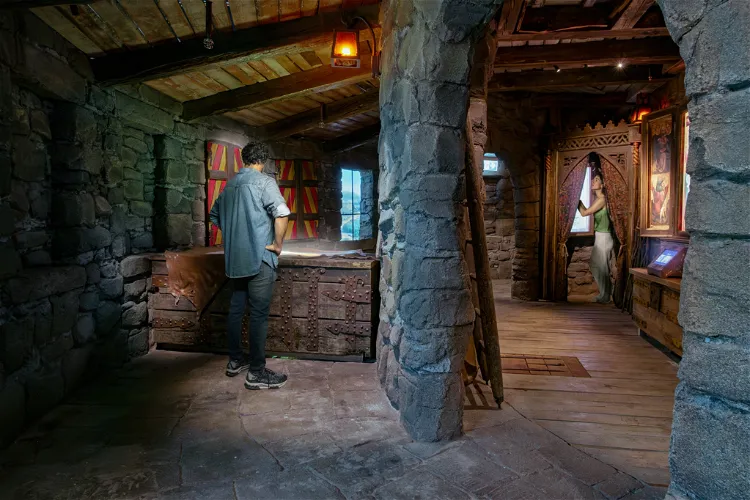
Deutschlandmuseum
BerlinThe immersive history experience! Travel through 2000 years of German history: sneak round a castle, operate Gutenberg’s printing press, dance in the roaring 20s and see the ruins of Berlin after WW2. Finish in the 1990s on a Berlin S-Bahn. THEA Award Winner 2024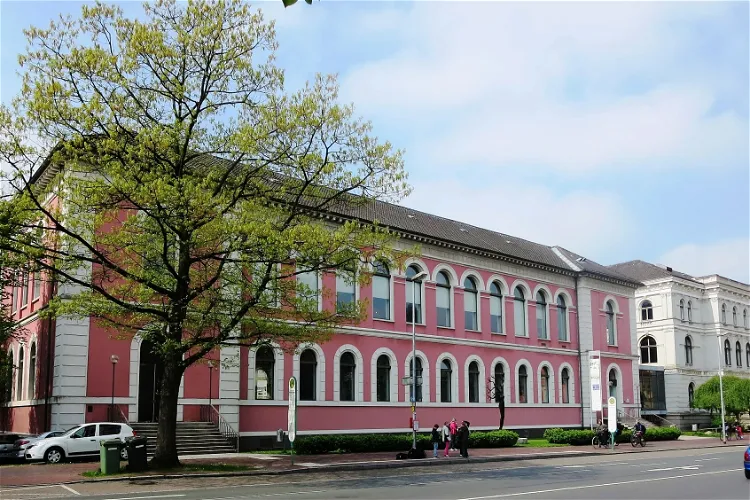
State Museum for Nature and Man
OldenburgThe State Museum for Nature and Man in Oldenburg is a regionally significant collection museum. It houses departments of Archaeology, Natural History, and Ethnology, offering a diverse range of exhibits for visitors to explore. The museum's interdisciplinary permanent exhibition covers the themes of Moor, Geest, and Coast & Marsh, providing a comprehensive insight into the natural and cultural history of the region.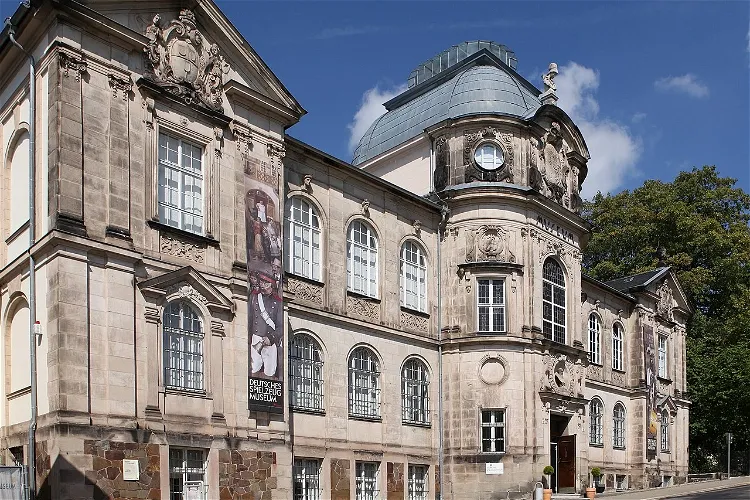
Deutsches Spielzeugmuseum
SonnebergThe Deutsches Spielzeugmuseum, located in Sonneberg, Thuringia, was established in 1901 by teacher Paul Kuntze. This museum, being the oldest toy museum in Germany, holds a significant place in the country's cultural and historical landscape.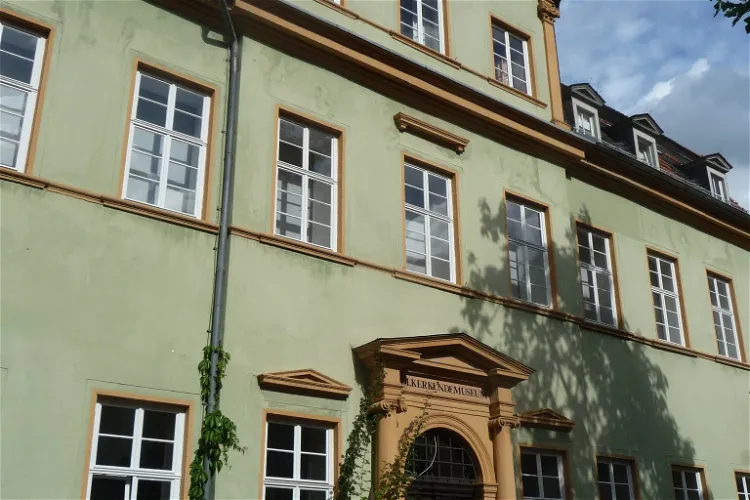
Völkerkundemuseum
HeidelbergThe Völkerkundemuseum in Heidelberg, part of the J. and E. von Portheim Foundation, is home to a diverse range of collections. These collections focus on the religion, art, and everyday life of the regions of Asia, Africa, and Oceania. This provides visitors with a unique opportunity to explore and understand the cultural diversity of these regions.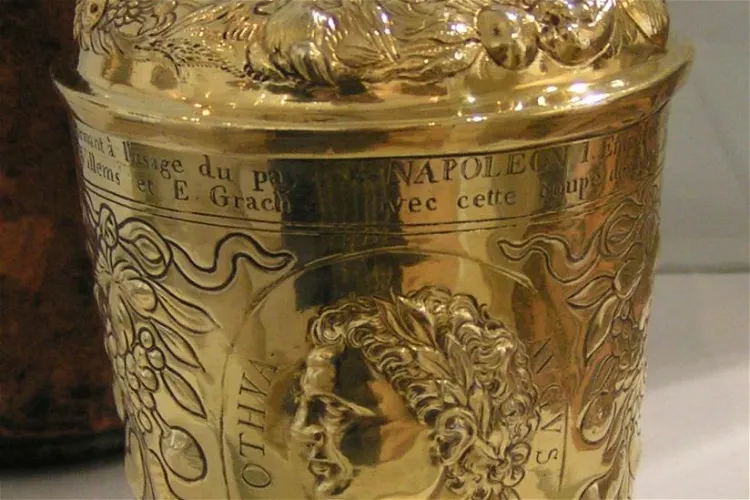
City Museum Simeonstift Trier
TrierThe City Museum Simeonstift Trier, previously known as the 'Municipal Museum Trier', is situated in the buildings of the former Simeonstift. It is located around the fountain courtyard, directly adjacent to the Porta Nigra, a significant Roman city gate. The museum's location adds to its historical charm and provides a unique setting for the exploration of Trier's rich history.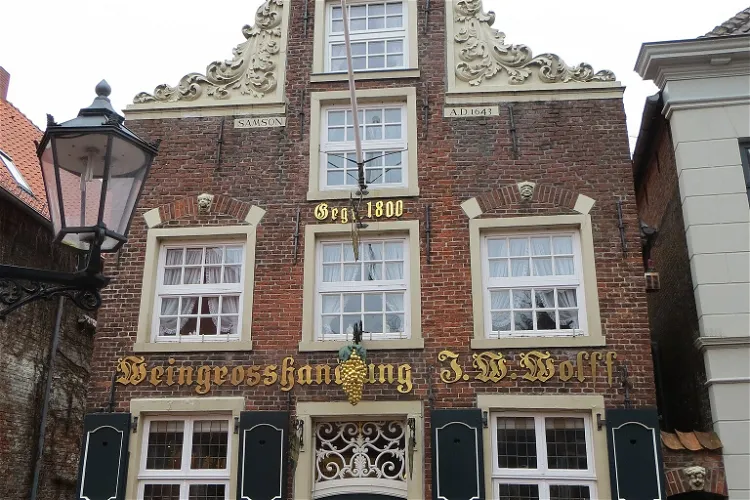
Haus Samson
Landkreis LeerHaus Samson is a monument-protected building located in the East Frisian city of Leer, Lower Saxony. The building's facade, which was added in 1643, is a significant feature of the structure. However, the core of the building dates back to 1570, making it a site of historical interest.
Bezirksmuseum Dachau
DachauThe Bezirksmuseum Dachau is a cultural hub that showcases approximately 2000 objects. These objects provide insights into the cultural history and folklore of the Upper Bavarian city of Dachau and its surrounding areas. Visitors can explore a wide range of themes, from the history of the city and county of Dachau to the local crafts, bourgeois lifestyle, and rural living.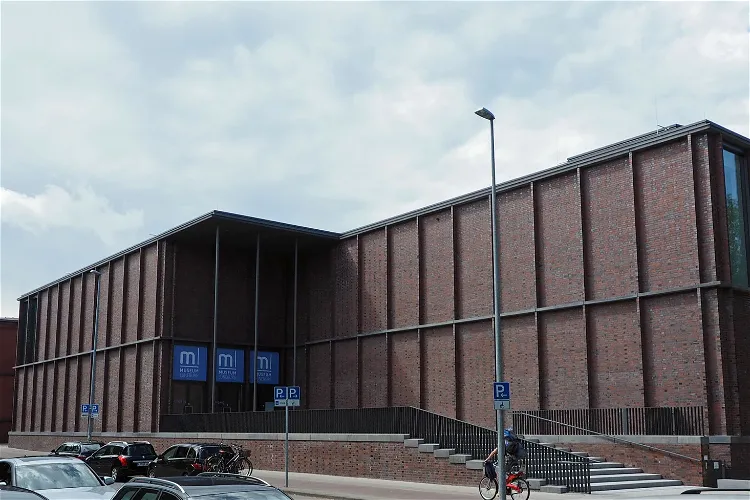
Museum Lüneburg
LüneburgMuseum Lüneburg is dedicated to the exploration of the cultural landscape of the Lower Saxon Hanseatic city of Lüneburg and its surroundings. It provides a comprehensive insight into the region's history, culture, and natural environment, making it a valuable destination for those interested in understanding the area's past and present.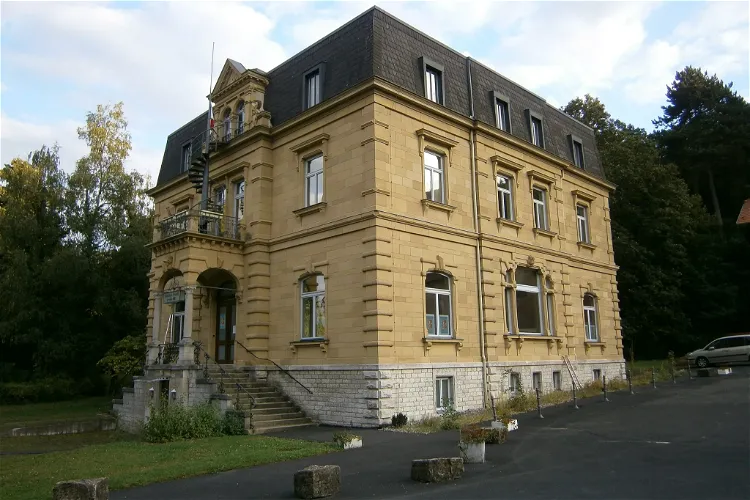
Siebold-Museum
WürzburgThe Siebold Museum in Würzburg is a tribute to the life and work of Philipp Franz von Siebold, a renowned doctor, Japan and natural scientist, ethnologist, botanist, and collector. The museum offers a deep dive into Siebold's contributions and his significant role in the fields of science and ethnology.
LWL Museum of Archeology
HerneThe LWL Museum of Archaeology and Culture, also known as the Westphalian State Museum, is located in Herne. It is a state museum that is part of the Landscape Association Westphalia-Lippe (LWL). The museum is dedicated to showcasing the 250,000-year history of mankind in Westphalia through its exhibitions.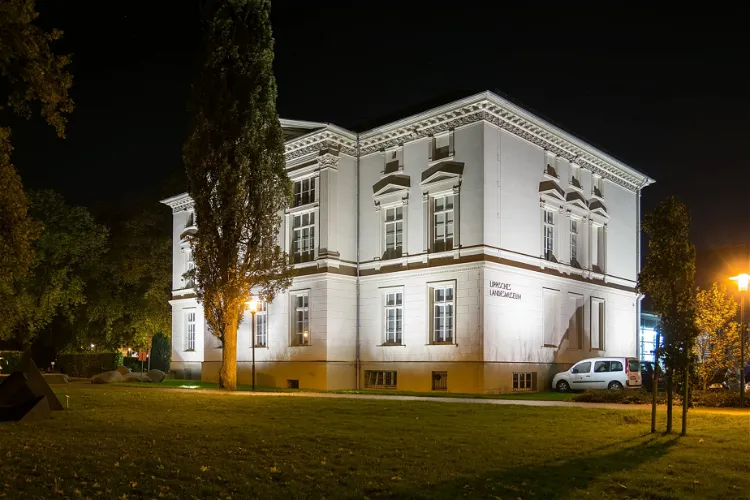
Lippisches Landesmuseum
DetmoldThe Lippisches Landesmuseum in Detmold holds the distinction of being the largest and oldest museum in Ostwestfalen-Lippe. This museum, supported by the Landesverband Lippe, is a significant cultural institution in the region, offering a wide range of exhibits and collections that span various fields of study.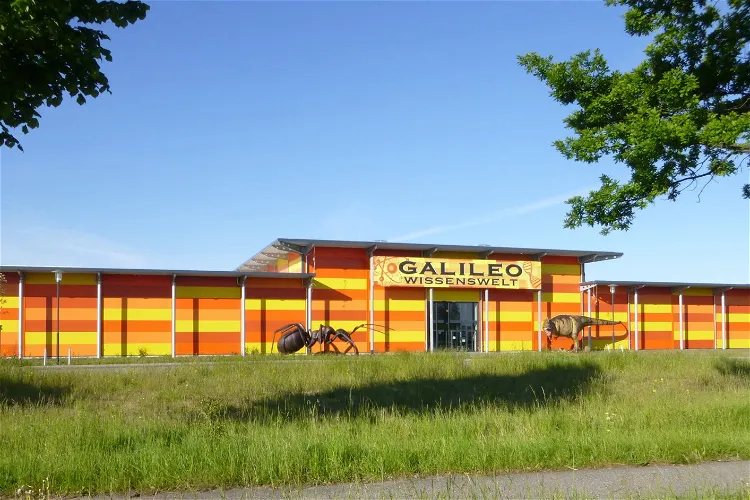
Galileo Wissenswelt
FehmarnThe Galileo Wissenswelt is a museum situated on the Baltic Sea island of Fehmarn in Ostholstein. This museum is a unique blend of a traditional collection museum and a children's and youth museum, emphasizing the concept of 'understanding through grasping'. It offers a comprehensive exploration of natural history and technology across its 3,200 square meters of space in the main building in Burg on Fehmarn.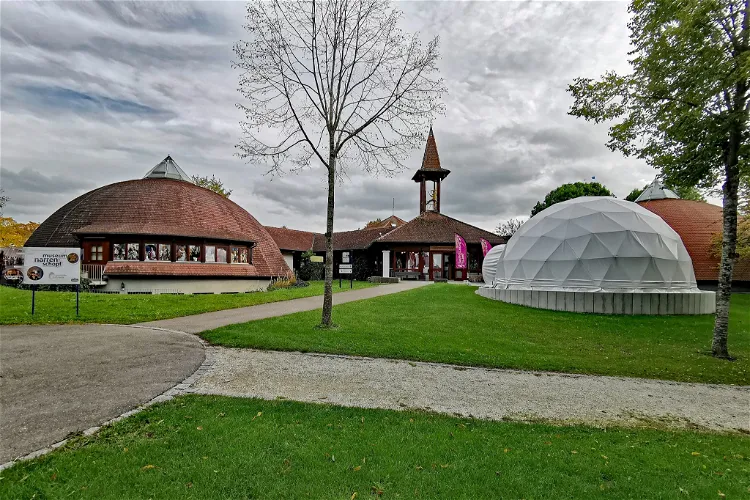
Fastnachtsmusem Narrenschopf Bad Dürrheim
Bad DürrheimThe Narrenschopf, located in Bad Dürrheim, is a museum dedicated to the Swabian-Alemannic carnival tradition. This unique cultural institution first opened its doors to the public on May 5, 1973.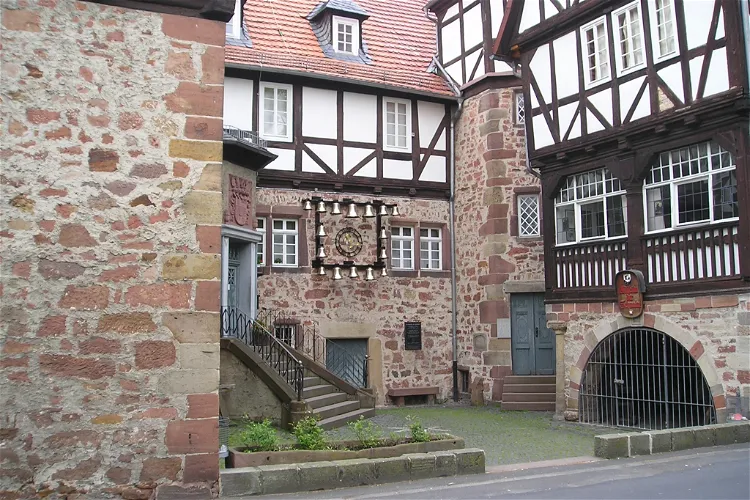
Museum der Schwalm
ZiegenhainThe Museum der Schwalm, situated in the Stone House on Paradeplatz in Schwalmstadt - Ziegenhain, is home to a folkloric collection that showcases the culture and history of the Schwalm region. This collection provides a unique insight into the traditions, lifestyle, and customs of the people who have lived in this area over the centuries.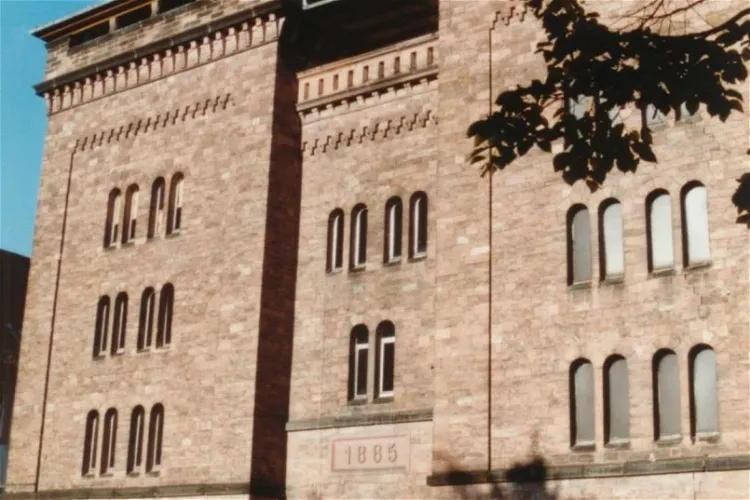
Mainzer Fastnachtsmuseum
MainzThe Mainzer Fastnachtsmuseum is a dedicated space that showcases the history of Mainzer Fastnacht, a traditional carnival in Mainz, dating back to 1837. The museum spans an area of approximately 350 square meters, providing ample space for visitors to explore and learn about the rich history of this local tradition.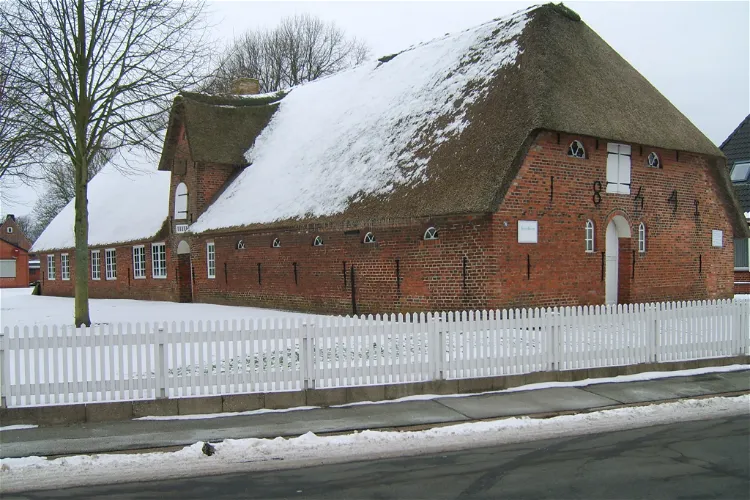
Friesisches Museum
NiebüllThe Friesisches Museum Niebüll-Deezbüll is a local museum situated in the district of Deezbüll in Niebüll. It is housed in a monument-protected Frisian longhouse, which adds a unique historical charm to the museum. This setting provides an authentic backdrop for the exhibits, enhancing the overall visitor experience.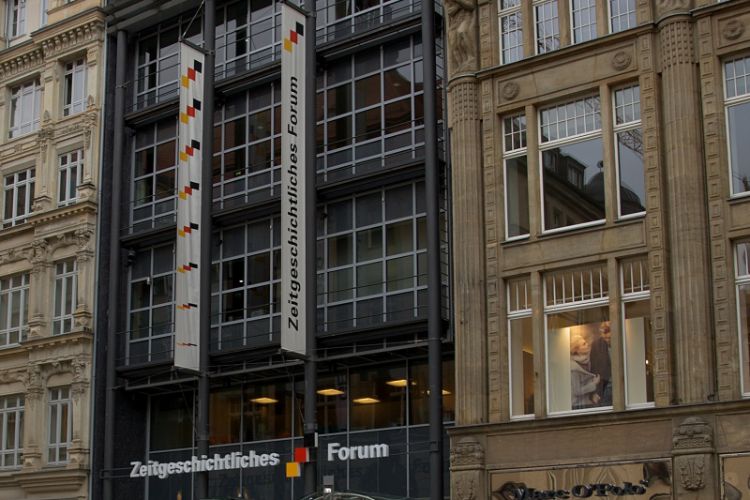
Zeitgeschichtliches Forum
LeipzigThe Zeitgeschichtliche Forum is a museum in Leipzig that illustrates the history of the German division, of everyday life in the communist dictatorship of the GDR and of the reunification process as well as the challenges that face the reunited Germany in the 21st century. The permanent exhibition b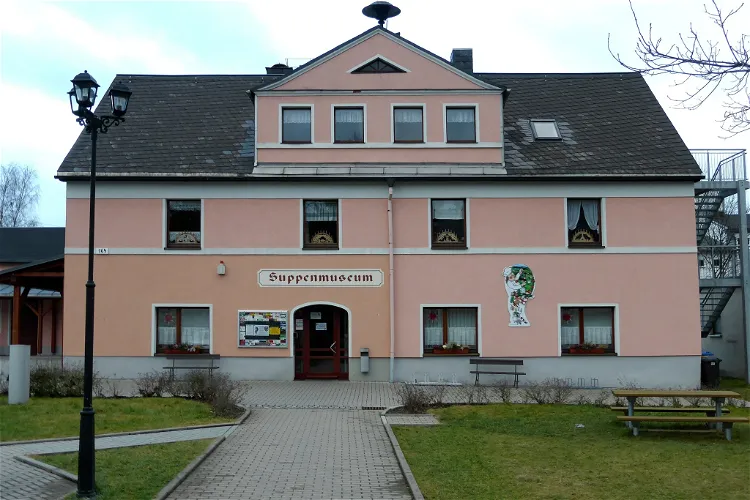
Suppenmuseum Neudorf
SehmatalThe Suppenmuseum, located in Neudorf, a district of the municipality of Sehmatal in the upper Ore Mountains, is a unique attraction as it is the first of its kind in Germany. This museum is dedicated to the history and culture of soup, making it a unique destination for food enthusiasts and history buffs alike.
Ore Mountain Museum
Annaberg-BuchholzThe Ore Mountain Museum, situated in Annaberg-Buchholz, is a cultural hub that displays a variety of exhibits related to Ore Mountain folk art. The museum's collection includes a wide range of artifacts, with a particular emphasis on carving and bobbin lace works. These exhibits provide a unique insight into the region's rich cultural heritage and the artistic skills of its people.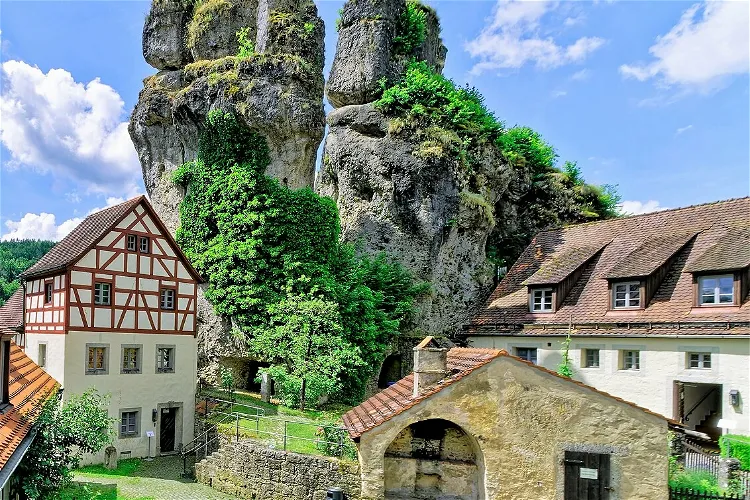
Fränkische-Schweiz-Museum
PottensteinThe Fränkische Schweiz-Museum (FSMT) in Tüchersfeld is a regional museum that offers a comprehensive overview of the Franconian Switzerland. The museum is spread over 43 rooms and covers approximately 800 m² of exhibition space. It provides a deep insight into the region's history, culture, and natural beauty.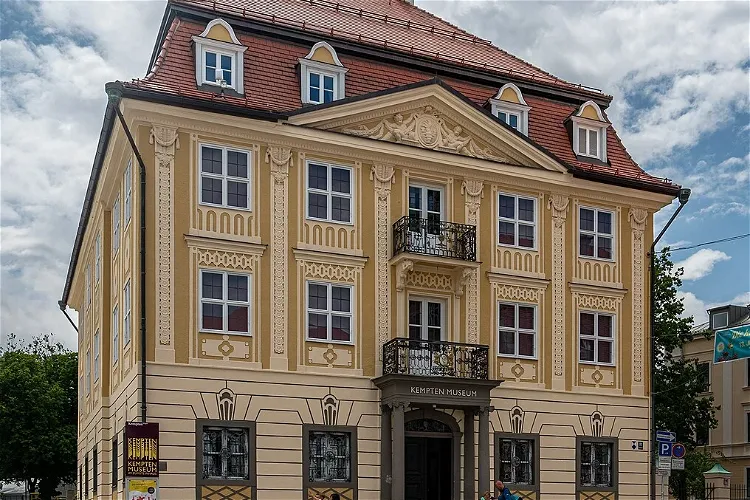
Kempten Museum in the Zumsteinhaus
Kempten (Allgäu)The Zumsteinhaus, located at Residenzplatz 31 in Kempten (Allgäu), is a monument protected by law. It was constructed in 1802 for the Zumstein de la Pierre family, who were merchants from Savoy. The building underwent restoration in 1959.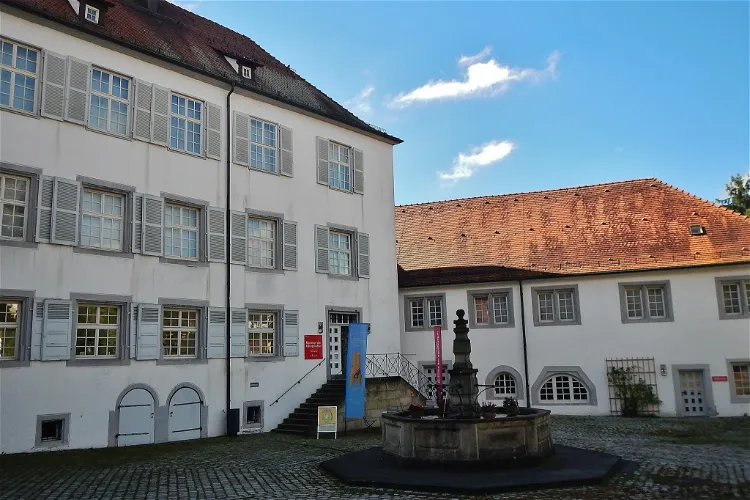
Museum of everyday culture
WaldenbuchThe Museum of Everyday Culture, located in Waldenbuch, Germany, is a significant branch of the Landesmuseum Württemberg. This museum is dedicated to cultural history, showcasing a wide range of topics from traditional folk art to modern pop culture. It is one of the most important museums of folk culture in Germany, making it a worthwhile destination for those interested in understanding the cultural evolution of the region.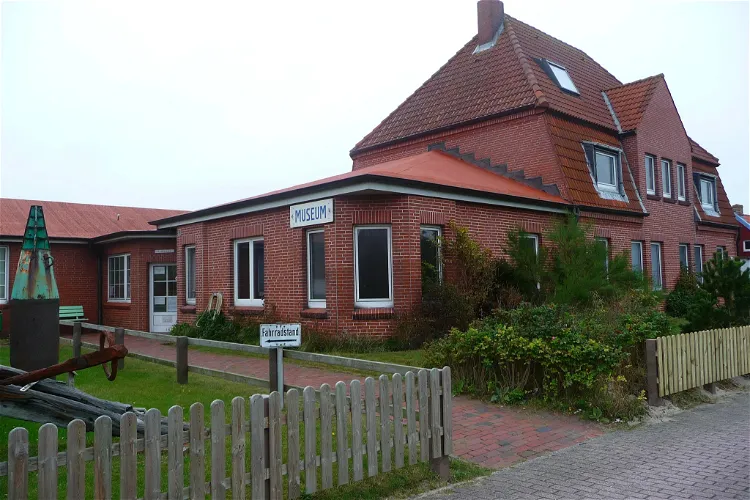
Küstenmuseum Juist
JuistThe Küstenmuseum Juist is a museum located on the East Frisian island of Juist, specifically in the western district of Loog. It is a popular destination, attracting approximately 20,000 visitors each year. The museum is well-equipped to accommodate both individual visitors and larger groups.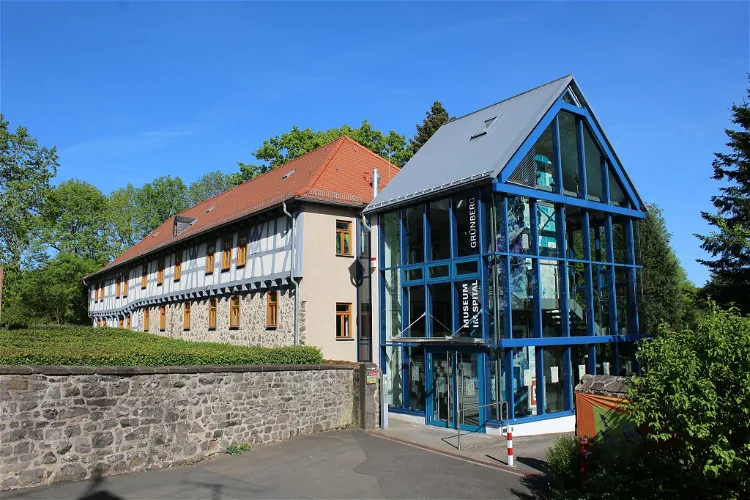
Museum im Spital Grünberg
GrünbergThe Museum im Spital, founded in 2007, is an ethnological museum situated in the former Augustinian monastery in the city of Grünberg. This location adds a historical touch to the museum, making it a unique place to explore the city's past and its ethnological aspects.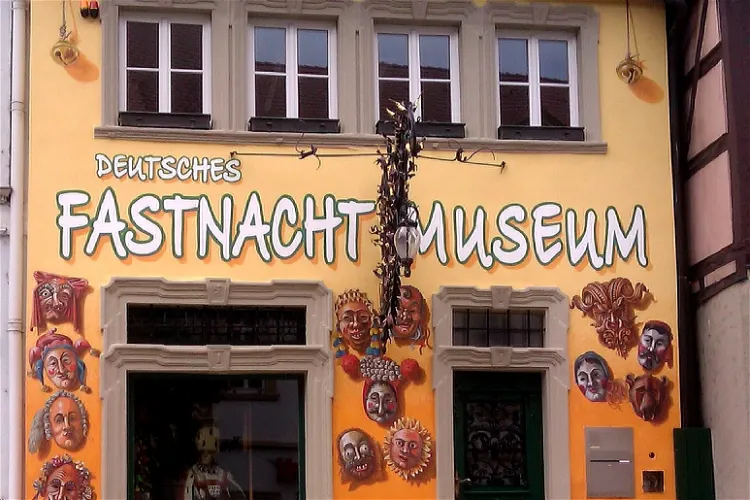
Deutsches FastnachtMuseum
KitzingenThe Deutsches FastnachtMuseum in Kitzingen is the official museum of the Bundes Deutscher Karneval, which is the umbrella organization of over 5,200 carnival associations, carnival guilds, carnival societies, and fools' guilds. This makes it a significant institution in the world of German carnival culture, offering a comprehensive insight into the traditions and history of the carnival in Germany.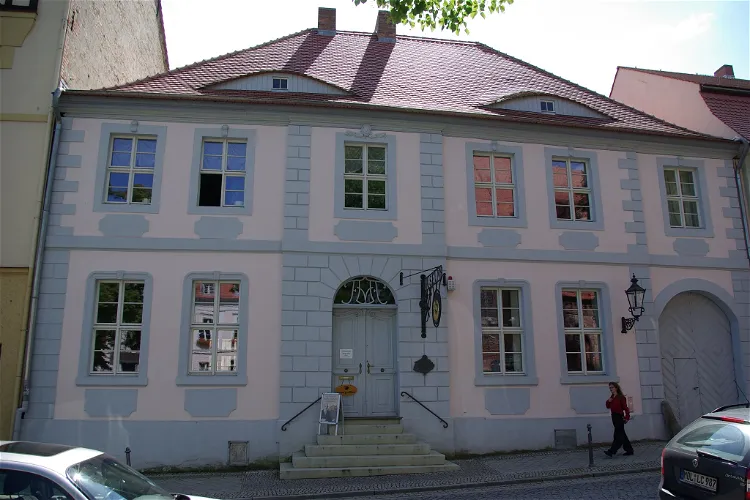
Oderlandmuseum
Bad Freienwalde (Oder)The Oderlandmuseum, located in Bad Freienwalde (Oder) in the Märkisch-Oderland district, is one of the oldest museums in Brandenburg, having been established in 1889. This historical significance adds to the cultural richness of the region and provides a deep insight into its past.
Factory of Dreams
Annaberg-BuchholzThe Factory of Dreams, located in Annaberg-Buchholz, is an interactive museum that offers a unique experience to its visitors. It is home to the Marie-Ströher Memorial Collection, which is a significant private collection of folk art from the Ore Mountains region. The museum was opened to the public on October 29, 2010, and has since been a popular destination for tourists and art enthusiasts alike.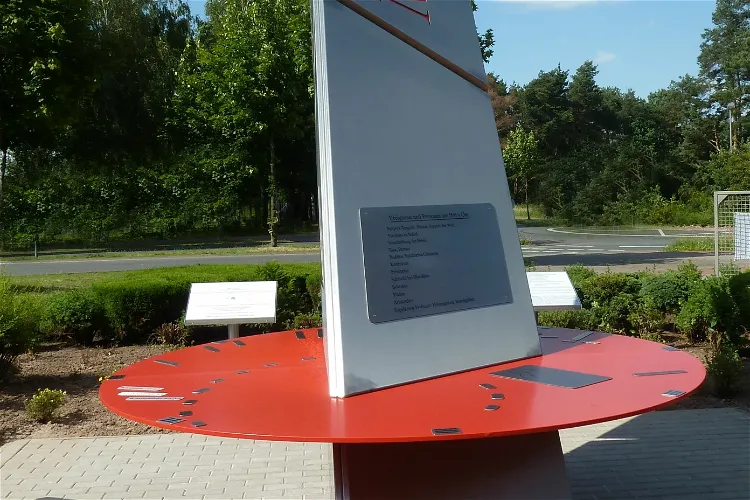
Teppichmuseum Tönsmann
EspelkampTeppichmuseum Tönsmann is a private museum situated in the city of Espelkamp, in the Minden-Lübbecke district of North Rhine-Westphalia. This location is in the East Westphalian region of Germany. The museum is easily accessible for tourists visiting this part of the country.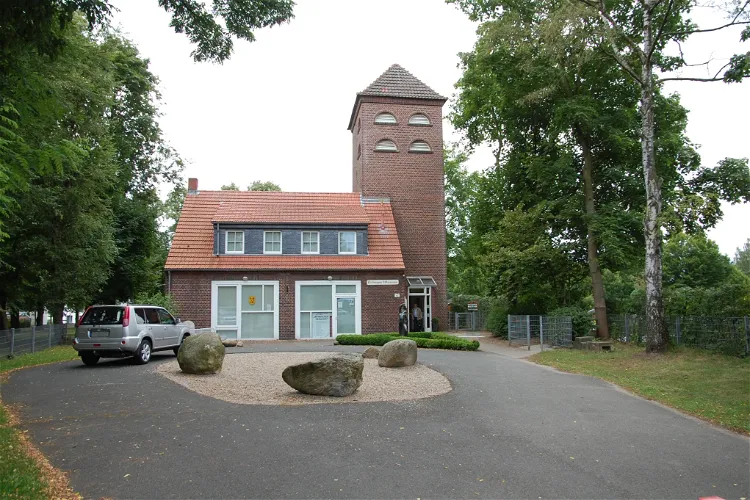
Hiltruper Museum
MünsterThe Hiltruper Museum, situated in the Hiltrup district of Münster, is a Westphalian local history museum. It was established in 1984 by the local history association, Heimatfreunde Hiltrup. This museum is a testament to the rich history and culture of the region, offering visitors a glimpse into the past.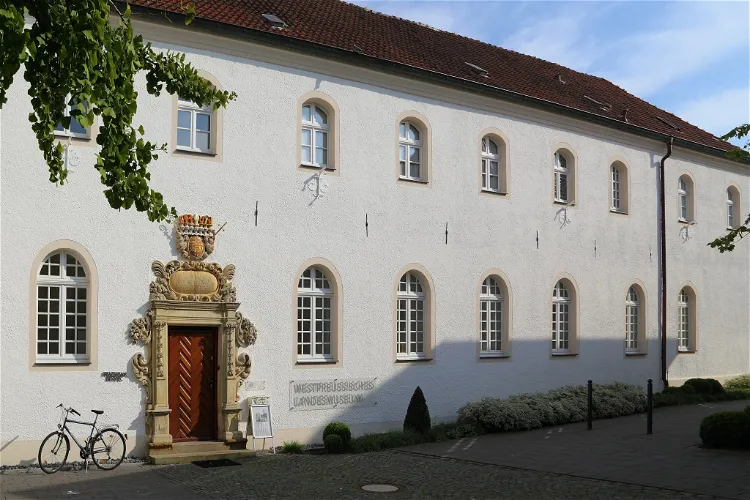
Westpreußisches Landesmuseum
WarendorfThe West Prussian State Museum, originally opened in 1975 in the historic Drostenhof in Münster-Wolbeck, has been located in the Franciscan monastery in Warendorf since the end of 2014. This relocation has allowed the museum to continue its mission of preserving and presenting West Prussian cultural heritage in a new and more accessible location.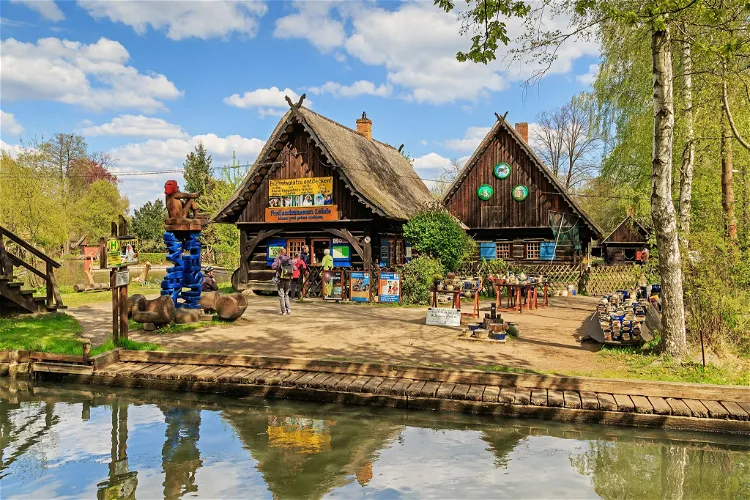
Freilandmuseum Lehde
Lübbenau/SpreewaldThe Freilandmuseum Lehde is an open-air museum located in Lehde. It is dedicated to showcasing life in the Spreewald region during the 19th century. Visitors can get a glimpse of the past and understand the lifestyle, culture, and traditions of the people who lived in this region during that time.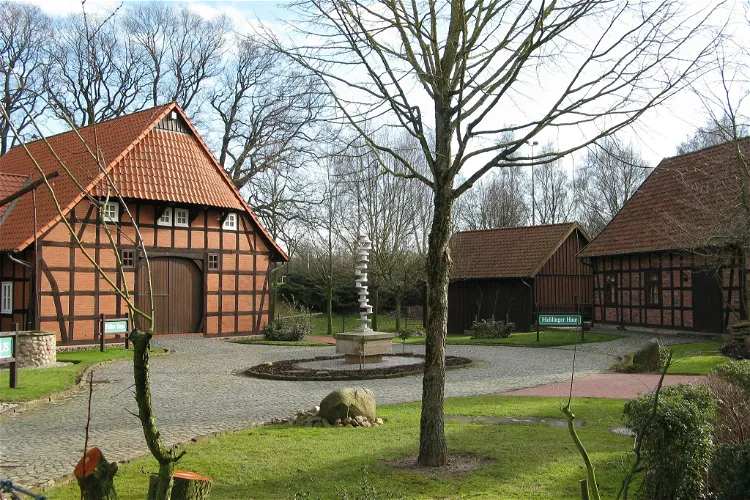
Heringsfängermuseum Heimsen
PetershagenThe Heringsfängermuseum Heimsen is a museum situated in the district of Heimsen in the city of Petershagen, in the Minden-Lübbecke district of East Westphalia. This location is significant as it provides a unique insight into the history and culture of the region.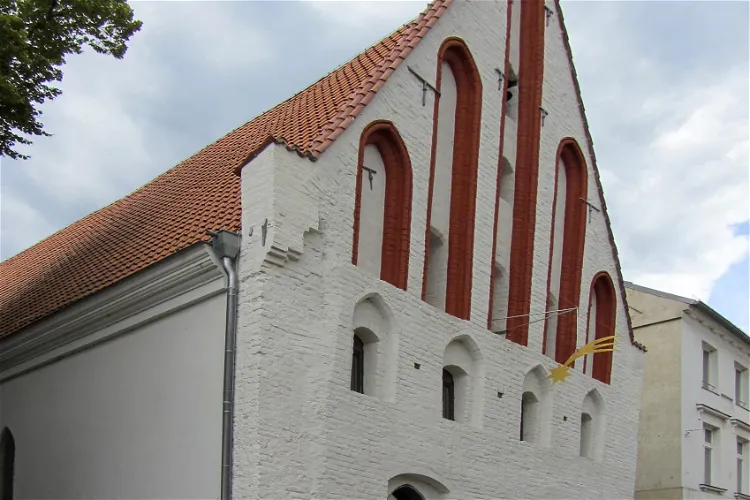
Norddeutsches Krippenmuseum
GüstrowThe Norddeutsches Krippenmuseum, situated in the Heilig-Geist-Kirche in Güstrow, has been a home to a permanent exhibition of Christmas cribs from all over the world since 2007. This unique collection offers a glimpse into the diverse interpretations of the Christmas story by artists from different cultures. The museum provides an enriching experience for visitors interested in art, culture, and history.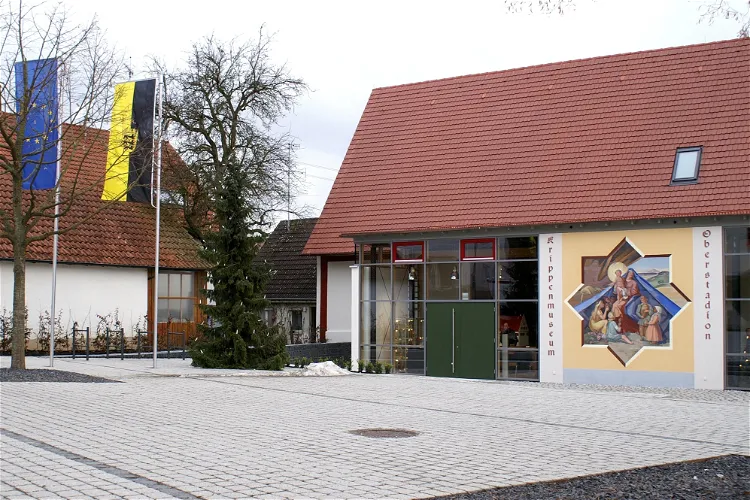
Krippenmuseum Oberstadion
OberstadionThe Krippenmuseum in Oberstadion, situated in the Alb-Donau-Kreis, is home to one of the largest collections of nativity scenes in Germany. The museum, spread over 600 square meters, houses over 160 nativity scenes, making it a significant destination for those interested in this unique form of art.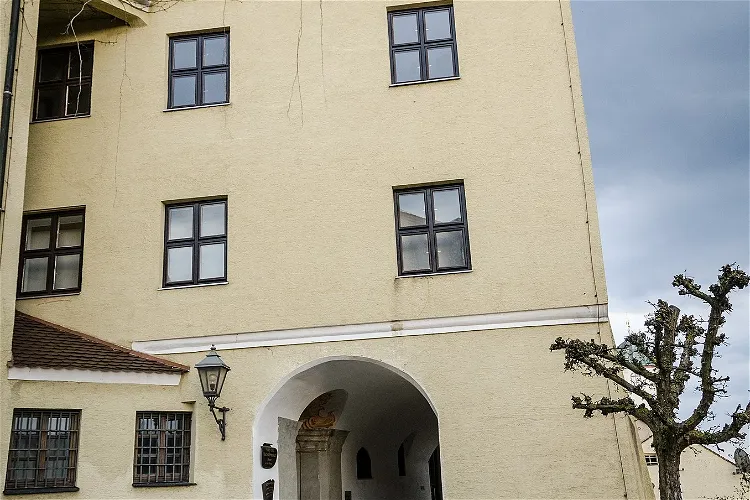
Stadt- und Hochstiftmuseum
Dillingen a.d.DonauThe Stadt- und Hochstiftmuseum, located in Dillingen an der Donau in Bavaria, is a museum that focuses on archaeology, cultural history, and city history. It provides a comprehensive overview of the region's past, making it a valuable destination for those interested in learning more about the area's rich history.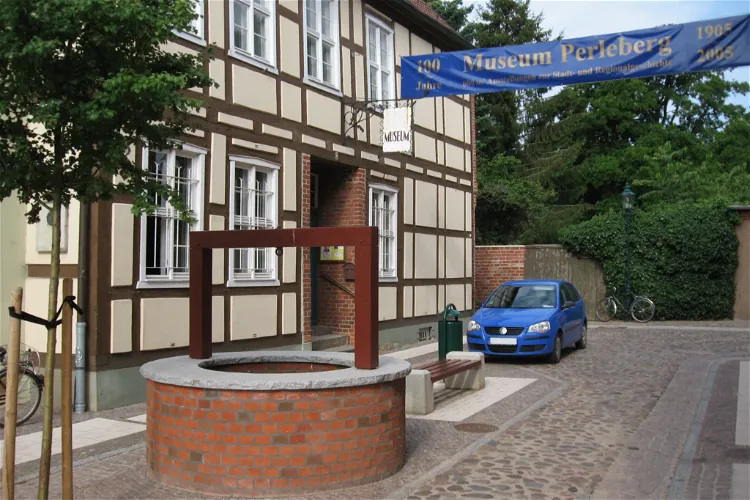
Urban and Regional Museum
PerlebergThe Urban and Regional Museum Perleberg, which was inaugurated in 1905, is a significant cultural institution in the city. The museum's collection primarily focuses on the city history of Perleberg, prehistory and early history, and rural life. This provides visitors with a comprehensive understanding of the region's past and its evolution over the centuries.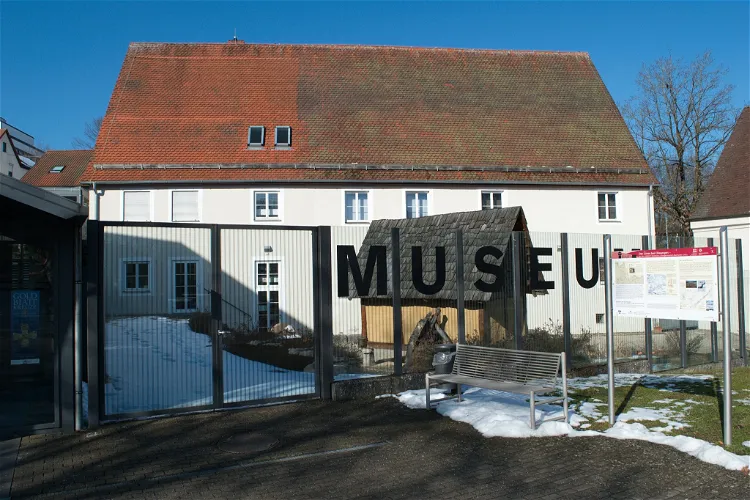
Alamannenmuseum Ellwangen
Ellwangen (Jagst)The Alamannenmuseum Ellwangen, which was inaugurated in 2001, offers a comprehensive insight into 500 years of Alamannic history from the early Middle Ages. The museum's collection includes archaeological finds from all over southern Germany, providing a vivid overview of the region's past. This makes it an interesting destination for those interested in history and archaeology.
Eifelmuseum Blankenheim
BlankenheimThe Eifelmuseum Blankenheim is situated in the town of Blankenheim (Ahr), within the district of Euskirchen, North Rhine-Westphalia, on Ahrstraße. This location is easily accessible and provides a great starting point for exploring the museum and the surrounding area.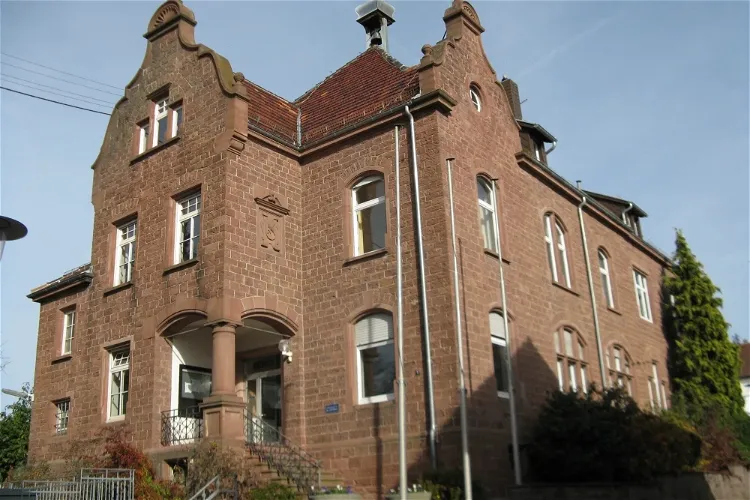
Badisches School Museum Karlsruhe
KarlsruheThe Badisches Schulmuseum, situated in the Waldenserschule in the Palmbach district of Karlsruhe, offers a unique insight into the history of education in the region. Operated by the Badisches Schulmuseum Karlsruhe e.V. association, the museum is a testament to the evolution of learning and teaching methods over the years.
Historical Museum Bamberg
BambergThe Historical Museum Bamberg is situated in the Renaissance buildings of the Old Court, which is in close proximity to the Kaiserdom. This location adds to the historical charm of the museum and provides a unique setting for the exhibits. Visitors can enjoy the architectural beauty of the Renaissance buildings while exploring the museum's collections.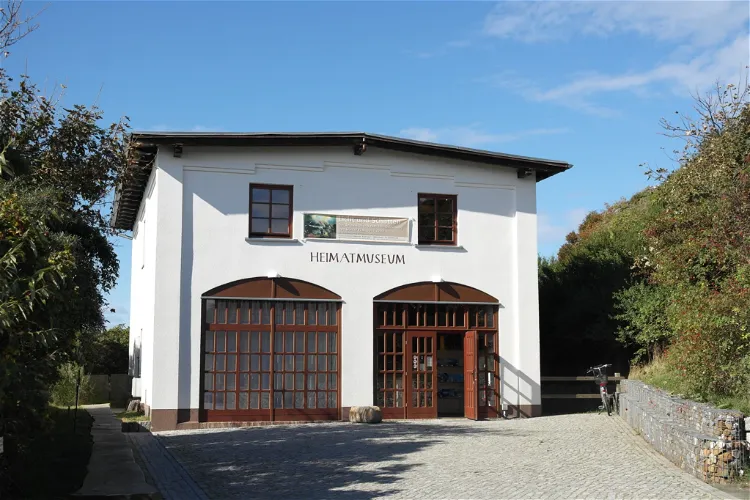
Heimatmuseum Hiddensee
Insel HiddenseeThe Heimatmuseum Hiddensee is one of the two museums located in the Kloster district on the island of Hiddensee. It shares this distinction with the Gerhart-Hauptmann-Museum. Both museums offer unique insights into the history and culture of the island, making them significant points of interest for visitors.
Oberschlesisches Landesmuseum
RatingenThe Oberschlesisches Landesmuseum (OSLM) in Ratingen is a museum dedicated to the history and culture of Upper Silesia. It is run by the Stiftung Haus Oberschlesien, a private law foundation established in 1970. The museum is conveniently located directly opposite the old museum building, known as "Haus Oberschlesien", in Ratingen-Hösel. This is where the foundation currently has its headquarters.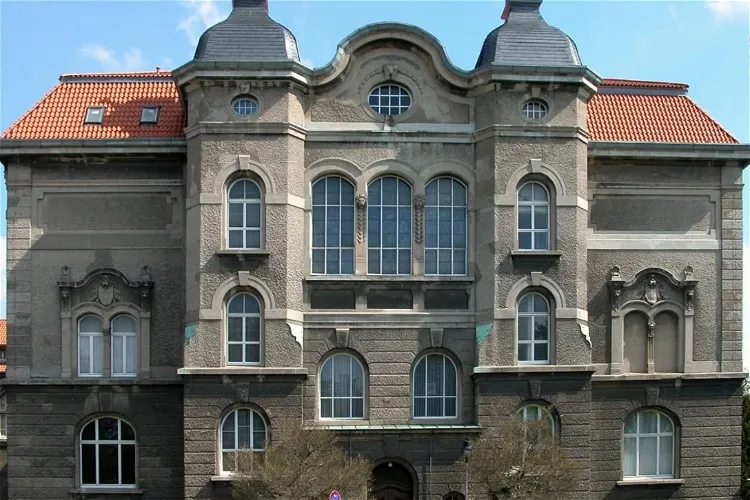
Städtisches Museum Braunschweig
BrunswickThe Städtisches Museum Braunschweig, established in 1861, is one of the largest art and cultural history museums in Germany. It boasts a collection of over 270,000 objects that shed light on the history of Brunswick. This extensive collection provides a comprehensive insight into the city's past, making it a significant destination for those interested in exploring the rich cultural and historical heritage of Brunswick.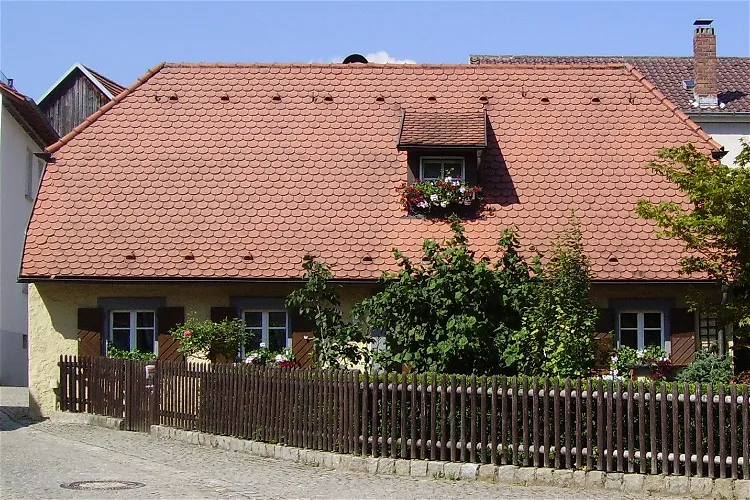
Museum Tropfhaus Sassanfahrt
HirschaidHistorically, Tropfhaus houses were small, with no more than 30 m² of living space. These houses were primarily occupied by day laborers, small craftsmen, and home workers. Despite the limited space, these workers often lived in these houses with their large families. The land on which a Tropfhaus was built was too small for self-sufficient agriculture.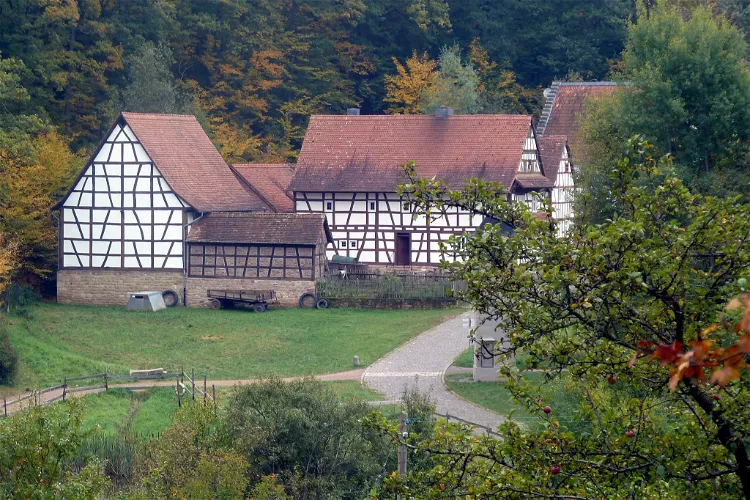
Rheinland-Pfälzisches Freilichtmuseum Bad Sobernheim
Bad SobernheimThe Rheinland-Pfälzisches Freilichtmuseum in Bad Sobernheim is a medium-sized open-air museum in Germany. It offers a unique opportunity to explore the history and culture of the region in an immersive and interactive environment. The museum is designed to provide a comprehensive understanding of the past, making it a great destination for history enthusiasts and families alike.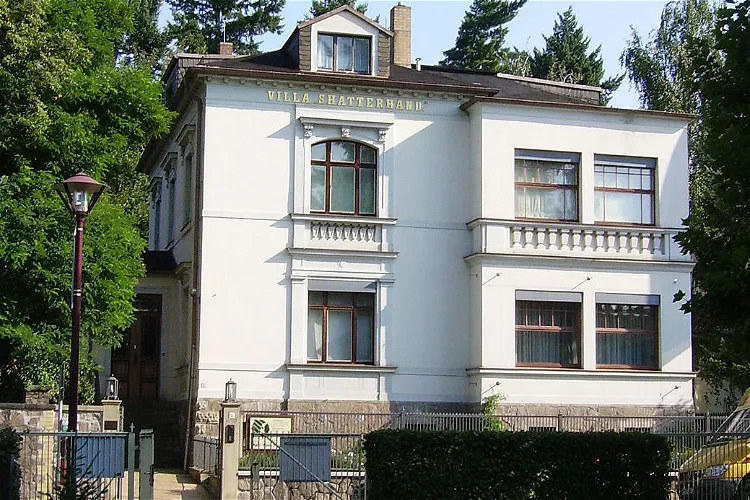
Karl May Museum
RadebeulThe Karl May Museum is situated in the picturesque town of Radebeul, Germany. The museum is housed in Villa Shatterhand, the former residence of the renowned German author Karl May, and Villa Bärenfett, a log cabin located in the garden. These two buildings serve as the primary locations for the museum's exhibits, providing a unique and authentic setting for visitors to explore.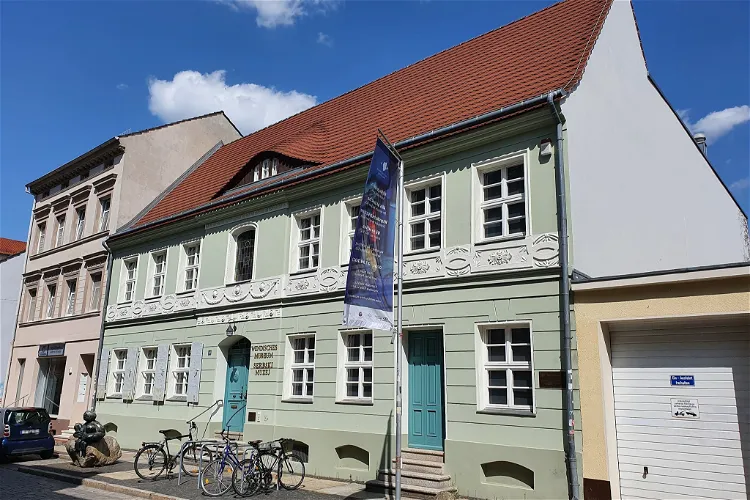
Wendish Museum
CottbusThe Wendish Museum, also known as Serbski muzej, is a significant cultural institution located in the city of Cottbus. It serves as the central museum for the culture and history of the Sorbs/Wends in Lower Lusatia. The museum provides a comprehensive insight into the rich cultural heritage and history of the Sorbs/Wends, making it a valuable destination for those interested in cultural exploration.
Museum Forum der Völker
WerlThe Forum der Völker in Werl holds the title of being the largest ethnological museum in Westphalia, and its extensive collection makes it one of the most significant ethnological museums in Germany. This museum, previously a mission museum, was maintained by the Franciscans of the Werl Monastery until its closure in 2019. It houses approximately 11,000 exhibits, the majority of which were collected as part of the order's missionary activities. The museum was opened on May 1, 1962, and has since undergone several renovations and expansions.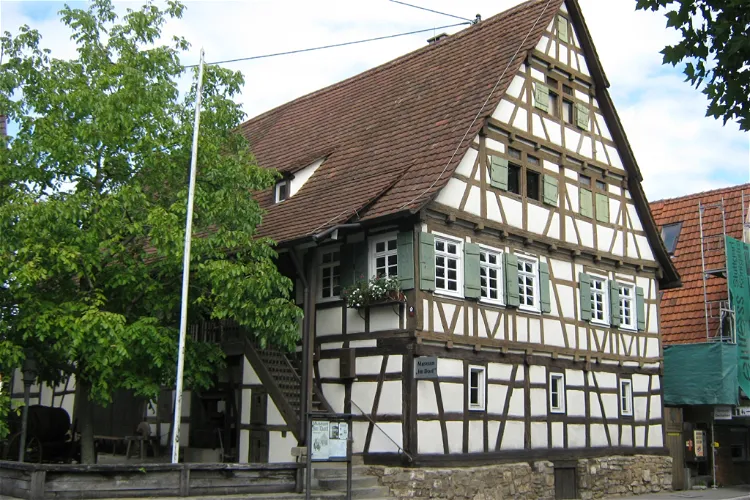
Reutlingen city museum
ReutlingenThe Reutlingen City Museum is located in the Königsbronner Hof, a restored half-timbered house in the old town of Reutlingen. This building, which is under monument protection, is one of the oldest existing structures in the city. It was built in 1278 as a stone house and was expanded with a half-timbered extension in 1537. The building's rich history and architectural significance add to the overall experience of visiting the museum.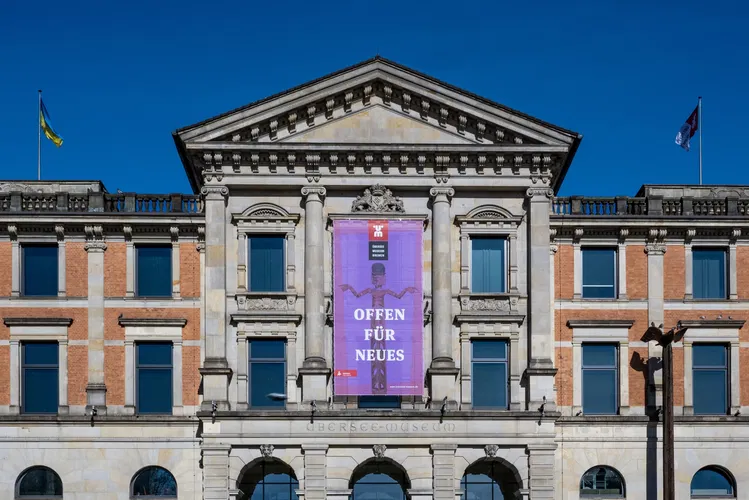
Übersee-Museum
BremenThe diversity of the world under one roof: the Übersee-Museum presents the cultural and natural regions of our planet on over 10,000 square meters. The visit takes you from Asia with its legendary Silk Road to the African savannah and the Americas. The exhibition “Experience what moves the world” de
Clemens Sels Museum Neuss
NeussThe Clemens Sels Museum Neuss is an art museum situated in the city of Neuss. It is a modern multi-part building that houses a wide range of art collections from different periods and styles.
Museum Schloss Adelsheim
BerchtesgadenSchloss Adelsheim, located in Berchtesgaden, Bavaria, is a historic site that dates back to 1614. Since 1968, it has been home to the Museum Schloss Adelsheim. This museum showcases permanent and special exhibitions of historical objects related to Berchtesgaden on an exhibition area of up to 760 square meters.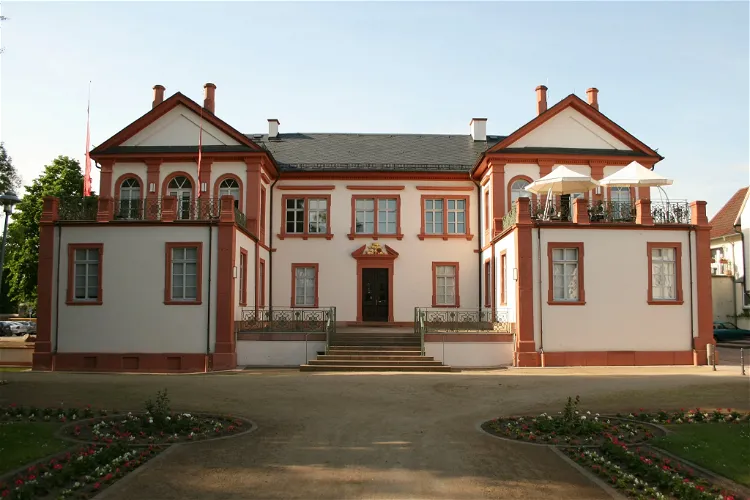
Museum Schloss Fechenbach
DieburgMuseum Schloss Fechenbach, previously known as Kreis- und Stadtmuseum Dieburg, is a historical museum located in Dieburg. It houses a collection of artifacts from Dieburg and the Darmstadt-Dieburg district, providing a glimpse into the region's rich history.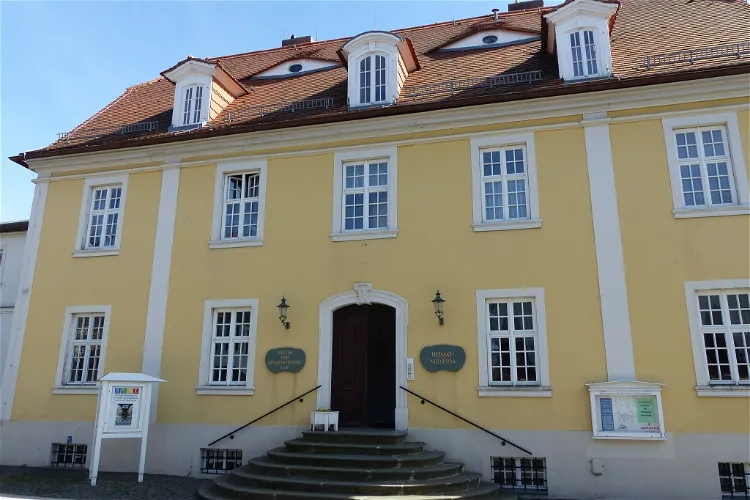
Heimatmuseum der Stadt Herrnhut
HerrnhutThe Heimatmuseum Herrnhut, located in the district of G rlitz, was established in 1962. It has a rich history, with its roots tracing back to the Altertumsmuseum founded in 1905 and the Museum zu Herrnhut, which was established in 1878. This museum is a testament to the long-standing tradition of preserving and showcasing local history and culture.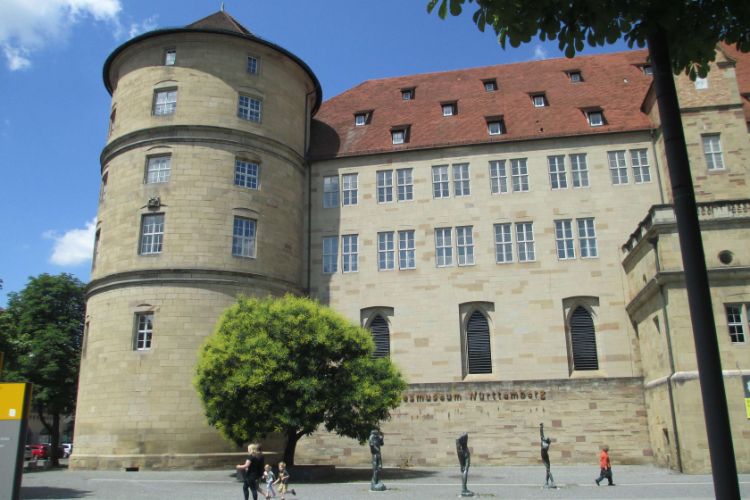
Wurttemberg State Museum in Old Castle
StuttgartThe Landesmuseum Württemberg (Württemberg State Museum) in Stuttgart was founded in 1862 by Wilhelm I. König von Württemberg. Its origin dates back to the 16th century. Back in the Kunstkammer, the dukes collected everything that was rare, precious and unusual. The museum's mission is to depict Germ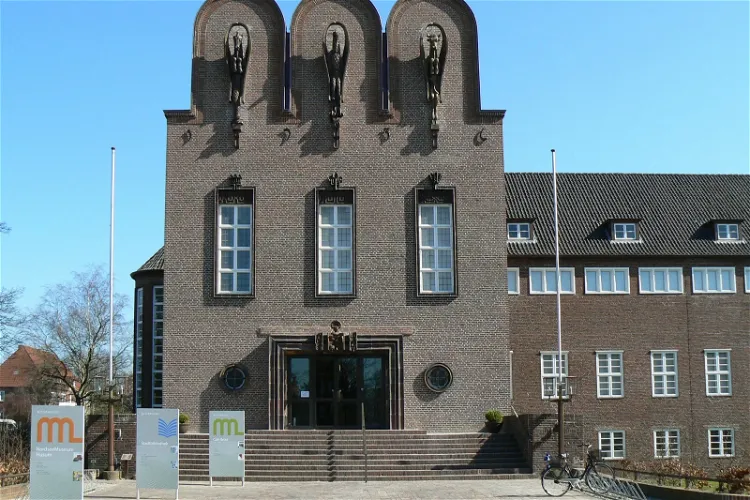
NordfrieslandMuseum Nissenhaus
HusumThe NordseeMuseum Husum, also known as the North Sea Museum Husum, is the central museum of Nordfriesland and the city of Husum. It is divided into two main areas: cultural history and art history. This museum provides a comprehensive overview of the region's rich cultural and artistic heritage, making it a significant destination for those interested in these fields.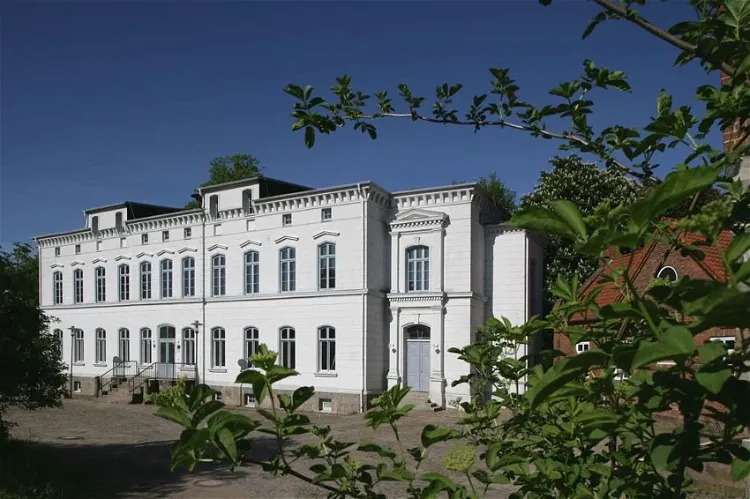
MehlWelten Museum Wittenburg
WittenburgThe MehlWelten Museum in Wittenburg, Mecklenburg-Vorpommern, is a privately-run institution that showcases a unique collection of almost 4,000 flour sacks. These sacks have been collected from 150 countries across all continents, making it a truly global representation of this everyday item. The museum provides an interesting insight into the cultural and historical aspects of flour and its production.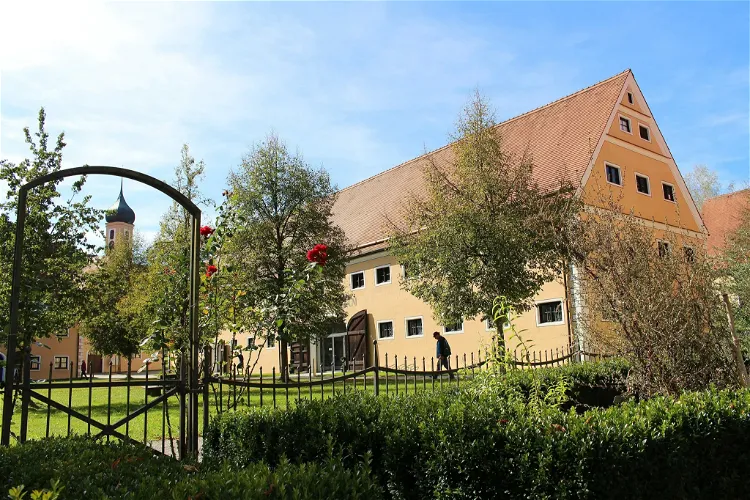
Museum Oberschönenfeld
MargertshausenThe Museum Oberschönenfeld, previously known as the Schwäbisches Volkskundemuseum Oberschönenfeld, is situated in the former protected economic buildings of the Cistercian Abbey Oberschönenfeld. The museum is nestled within the scenic Augsburg Nature Park - Western Forests, offering visitors a unique blend of cultural and natural attractions.
Heimatmuseum Radevormwald
RadevormwaldThe Heimatmuseum Radevormwald is conveniently located in Hohenfuhrstraße, directly opposite the town hall of Radevormwald. This location in the Oberbergischer Kreis in North Rhine-Westphalia, Germany, makes it easily accessible for tourists visiting the area.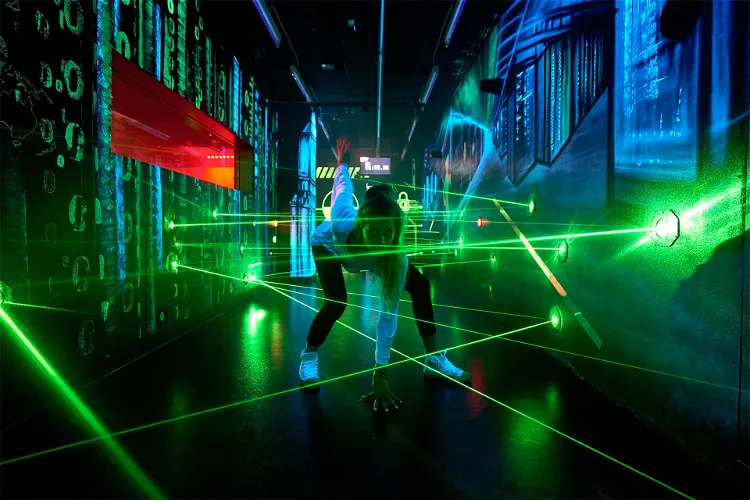
German Spy Museum Berlin
BerlinWho was the first spy? Did you know that drones were used in World War Two? Which secret service had the best codes? What is the difference between a honey-trap and the Romeo method? Who knows more about you – the Stasi, the NSA, Facebook or Miles and More? The German Spy Museum charts the history o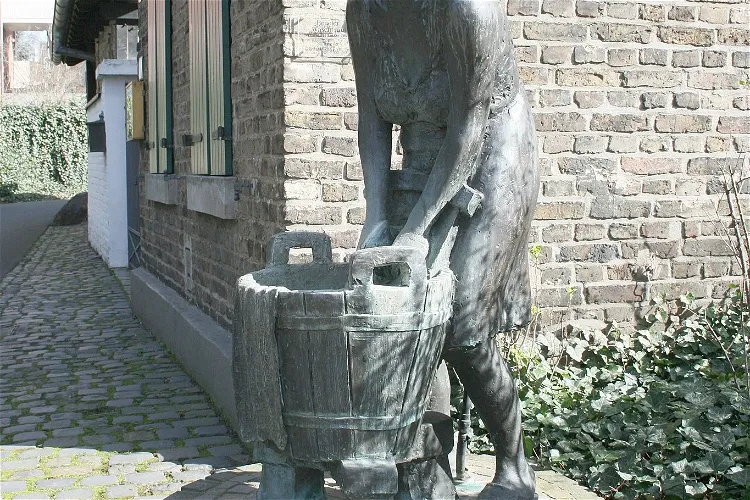
Heimatmuseum Beuel
BonnThe Heimatmuseum Beuel is situated in four buildings that form a closed courtyard. These buildings are located in the former Steinerstraße, which is now known as Wagnergasse. The unique architectural layout of the museum provides a distinctive setting for the exhibits.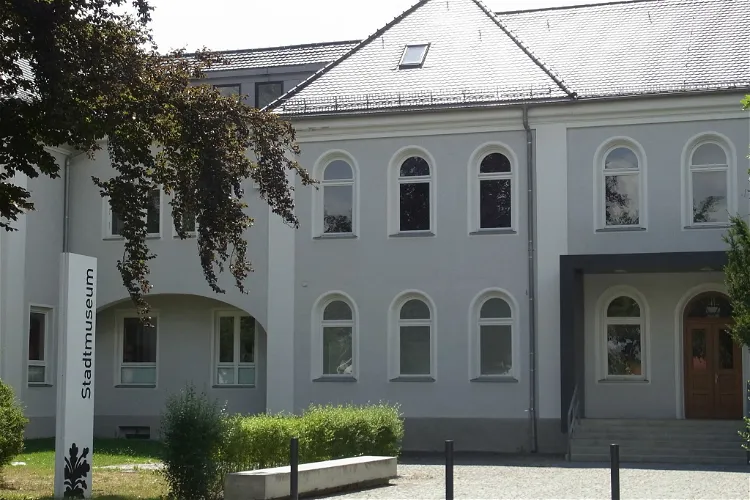
Stadtmuseum Aichach
AichachThe Stadtmuseum Aichach is a city and regional history museum located in the district of Aichach-Friedberg in the Bavarian administrative district of Swabia. It provides a comprehensive insight into the history and culture of the region, making it a worthwhile destination for those interested in local history.
Rautenstrauch-Joest-Museum
CologneThe Rautenstrauch-Joest Museum is a museum of ethnography in Cologne that arose from a collection of over 3500 items belonging to ethnographer Wilhelm Joest. The museum answers questions such as: How do people live their lives at different times and in different parts of the world? And what connects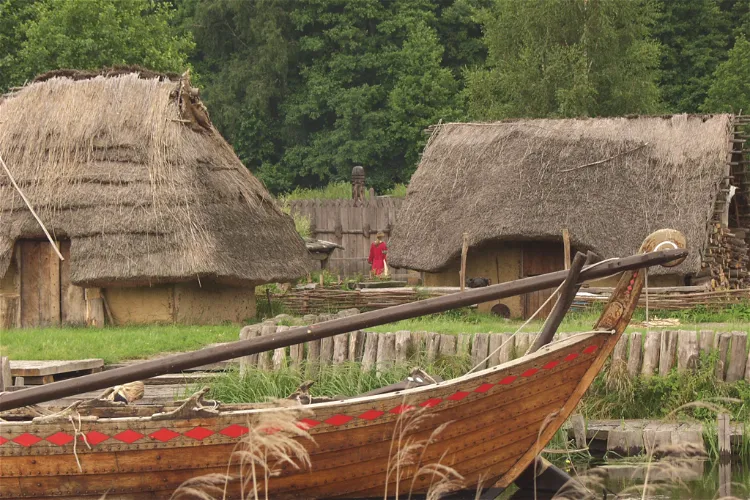
Ukranenland
TorgelowUkranenland is an archaeological open-air museum located in Torgelow. It is dedicated to showcasing the life of the Ukranen, an Elbe Slavic tribe. The museum aims to provide an authentic representation of the tribe's life during the early Middle Ages, making it a unique destination for those interested in history and archaeology.
Munich Municipal Museum
MunichThe Munich Municipal Museum (Munich Stadtmuseum) is the city's main museum that houses various exhibitions on topics related to Munich on three floors, with focus on the culture. The museum is housed in the former municipal arsenal and stables, both of the late Gothic period. The museum features var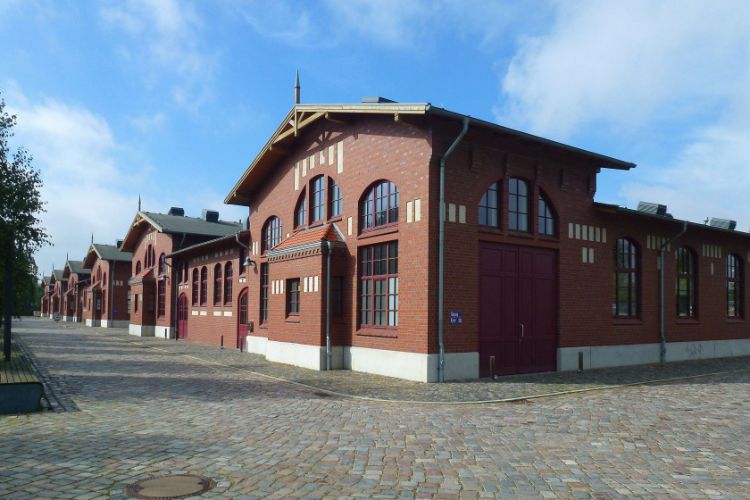
BallinStadt - Port of Dreams
HamburgBallinStadt - Port of Dreams is a place with interactive exhibits and photos devoted to immigration to America in the last three centuries.- 97
Museum KeltenKeller
BiebertalThe Museum KeltenKeller is home to a wide array of original artifacts unearthed from Dünsberg. These exhibits provide a unique insight into the historical and cultural context of the region, making it a fascinating destination for history and archaeology enthusiasts. 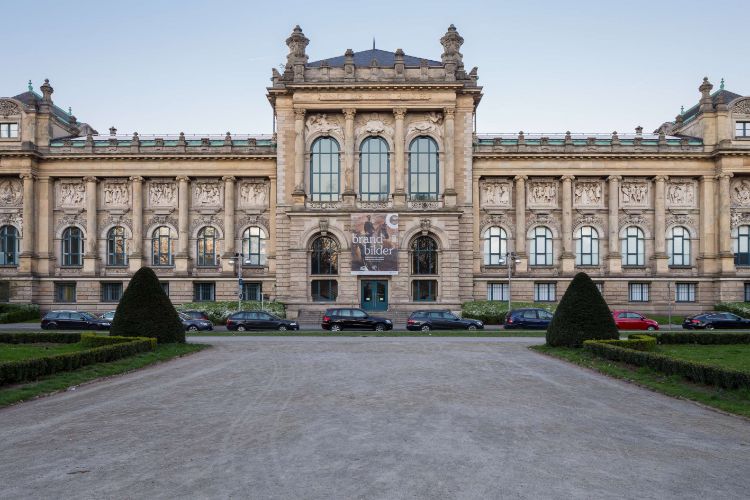
Lower Saxony State Museum
HanoverThe Lower Saxony State Museum (Niedersächsische Landesmuseum Hannover) is a museum in Hannover. The museum's collection includes the Landesgalerie, a collection of paintings and sculptures dating from the Middle Ages to the early twentieth century. Furthermore, the museum features departments for ar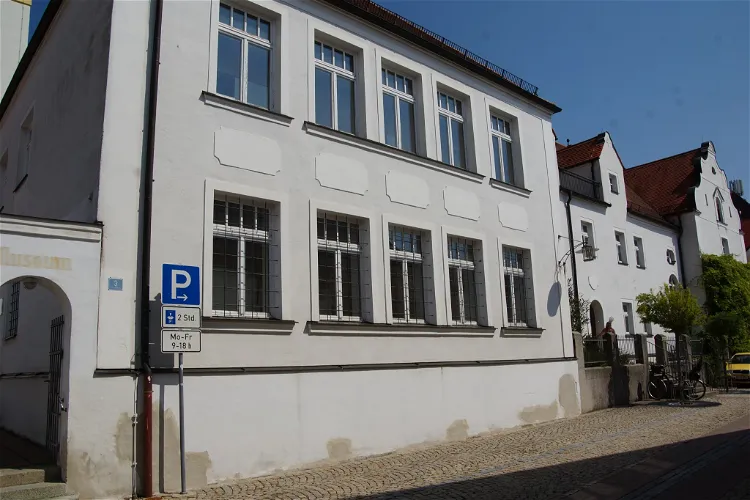
Museum Kösching
KöschingThe Museum Markt Kösching is an archaeological and ethnological museum situated in the Upper Bavarian market town of Kösching, within the Eichstätt district. It offers a unique opportunity to delve into the rich history and culture of the region, from ancient times to the present day.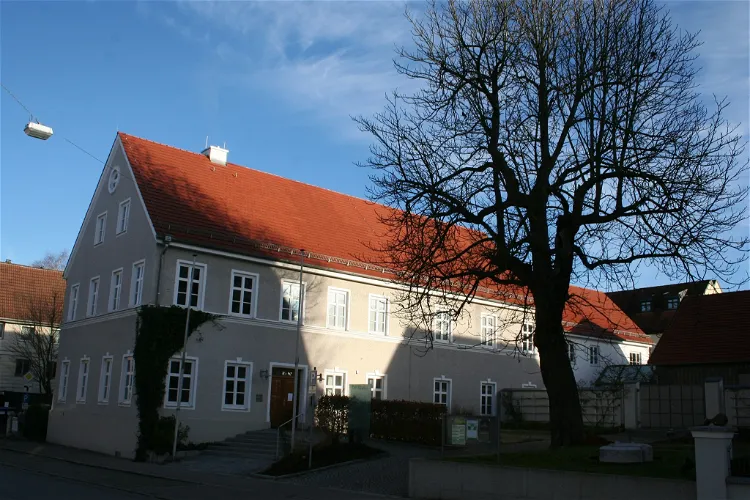
Mittelschwäbisches Heimatmuseum
Krumbach (Schwaben)The Mittelschwäbische Heimatmuseum, founded in 1908, is centrally located in Krumbach (Schwaben) since 1950. This museum is a significant part of the town's history and culture, offering visitors a chance to explore the region's past.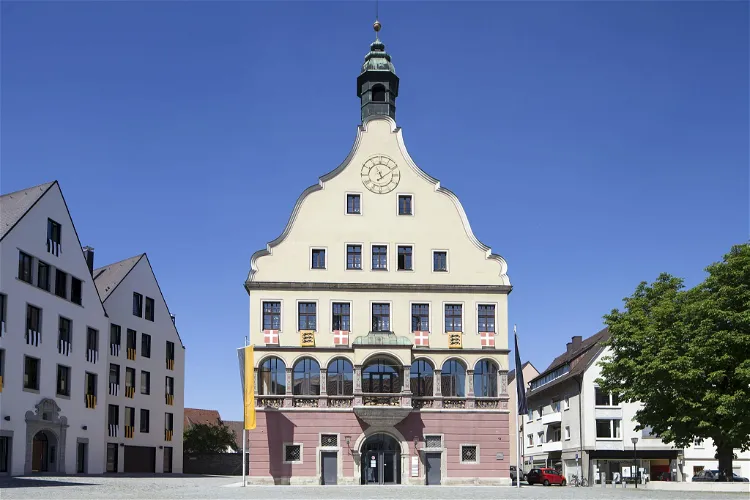
Haus der Stadtgeschichte
UlmIn addition to its role as an archive, the Haus der Stadtgeschichte – Stadtarchiv Ulm is also a cultural institution. Its mission is to raise awareness of the city's history and foster a culture of remembrance. It serves as a central point of contact for research into the city's history and is often referred to as the 'memory of the city'.
Sammlung Ludwig
BambergThe Sammlung Ludwig in Bamberg is recognized as one of the most significant private collections in the field of faience and porcelain. This collection, housed in the Altes Rathaus since 1995, is a testament to the passion and dedication of the collector couple Peter and Irene Ludwig. It offers a unique opportunity for visitors to explore a wide range of artifacts from different periods and regions.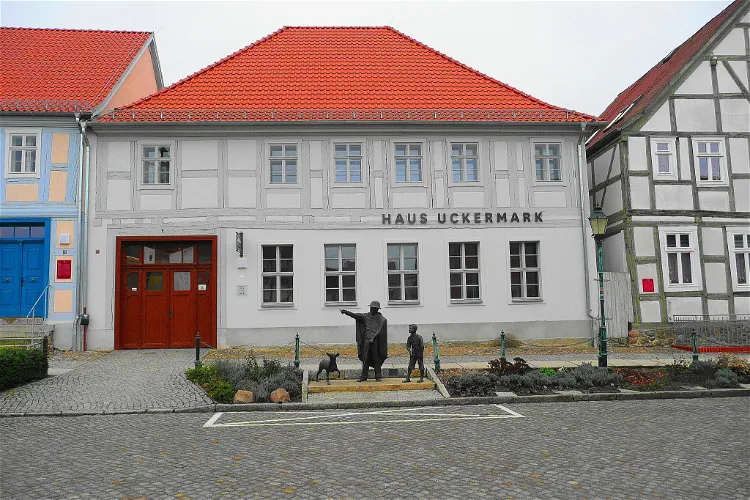
Museum Angermünde
AngermündeThe Museum Angermünde, located in the city of Angermünde, Brandenburg, Germany, serves as the Ehm Welk and local history museum. It offers a unique blend of contemporary history, archaeological finds, and literary history through creative concepts. The museum is an integral part of the city's historical core, providing visitors with a glimpse into the past and the rich cultural heritage of the region.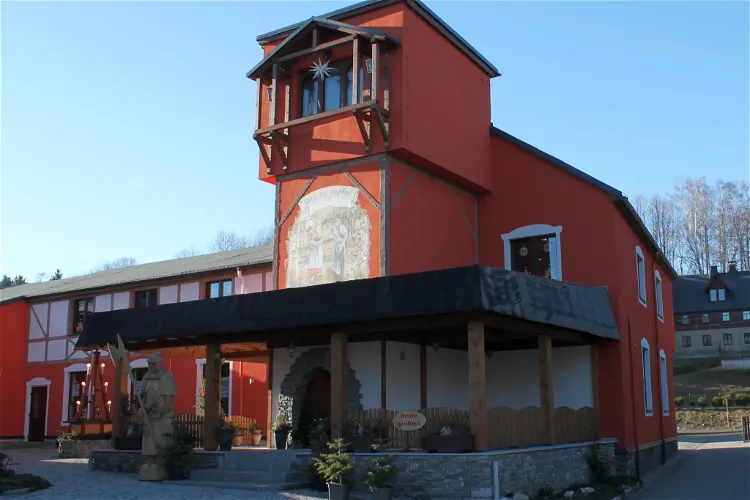
Räuchermann Museum
SehmatalThe 1. Räuchermann-Museum, located in Cranzahl in the Erzgebirgskreis in Saxony, is a unique institution in Germany. It is the only museum of its kind in the country, dedicated to the tradition of Räuchermann, or 'smoking men'.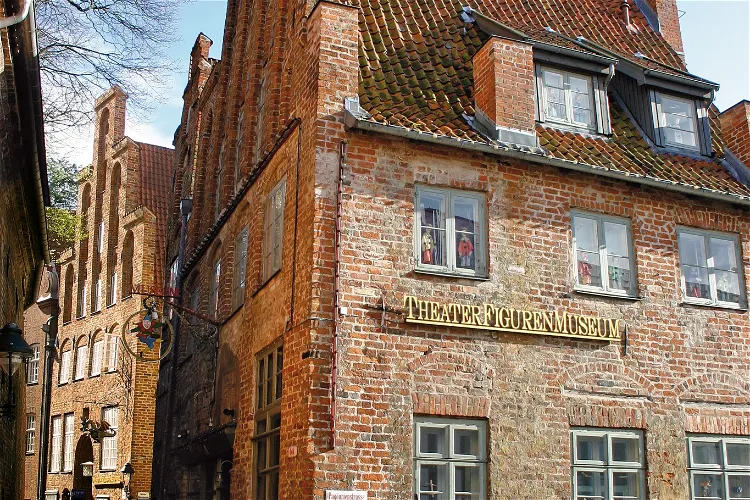
Lübeck Museum of Theatre Puppets
LübeckThe Theaterfigurenmuseum, also known as the Theatre Puppet Museum, is situated in the historic city center of Lubeck, Germany. It is conveniently located near the Holstentor, in the Kolk alley under the Petrikirche, or St. Peter's Church. This private museum is easily accessible and offers a unique cultural experience for visitors.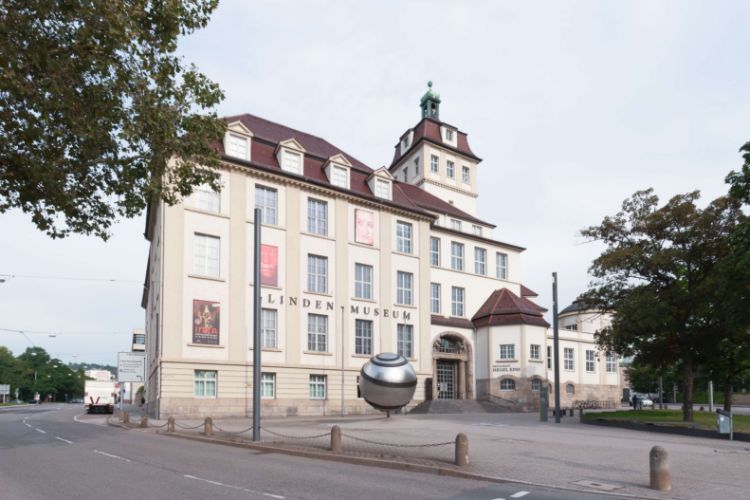
Linden Museum - Museum fur Völkerkunde
StuttgartThe The Linden Museum is an ethnological museum in Stuttgart that holds and exhibits a collection of cultural artifacts from around the world, including South and Southeast Asia, Africa, the Islamic world from the Near East to Pakistan, China and Japan, and North and Latin America and Oceania. The L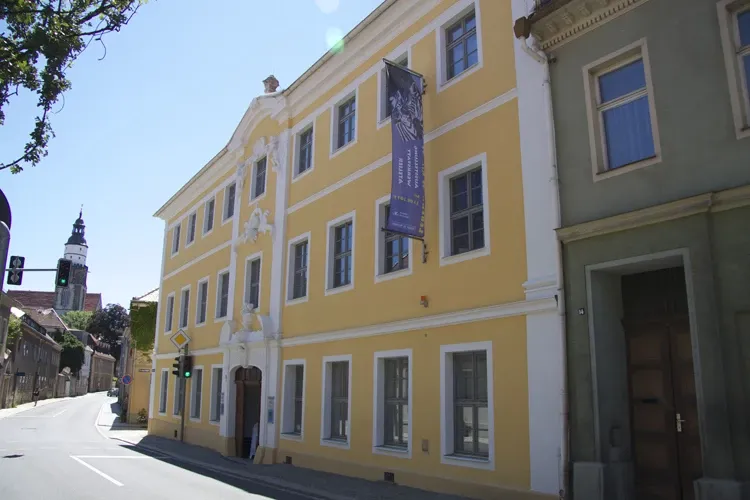
Elementarium
KamenzThe Museum der Westlausitz Kamenz is a regional landscape museum located in Kamenz. It offers a comprehensive exploration of the landscape, nature, history, and culture of the western Oberlausitz (Westlausitz). The museum's collections cover cultural history, archaeology, geology, zoology, and botany of the region, providing a rich and diverse experience for visitors.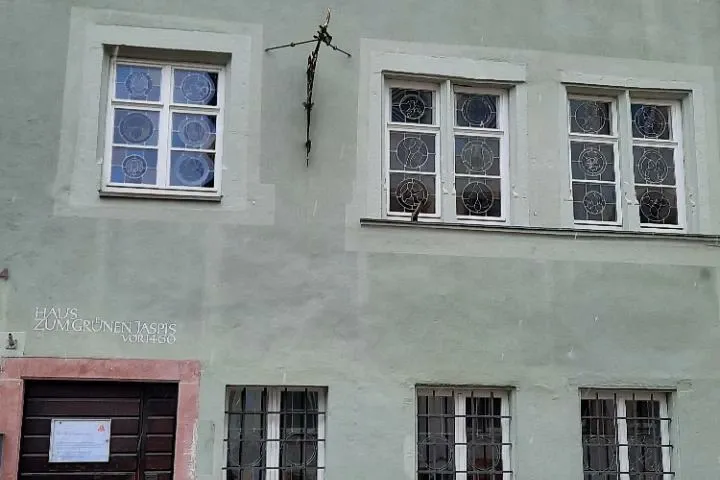
Fasnetmuseum
Freiburg im BreisgauThe Breisgauer Narrenzunft Freiburg (BNZ) is a significant organization in Freiburg im Breisgau, serving as the umbrella organization for 34 carnival guilds and the Men's Carnival Council of the Swabian-Alemannic carnival. This organization plays a crucial role in maintaining and promoting the local carnival traditions.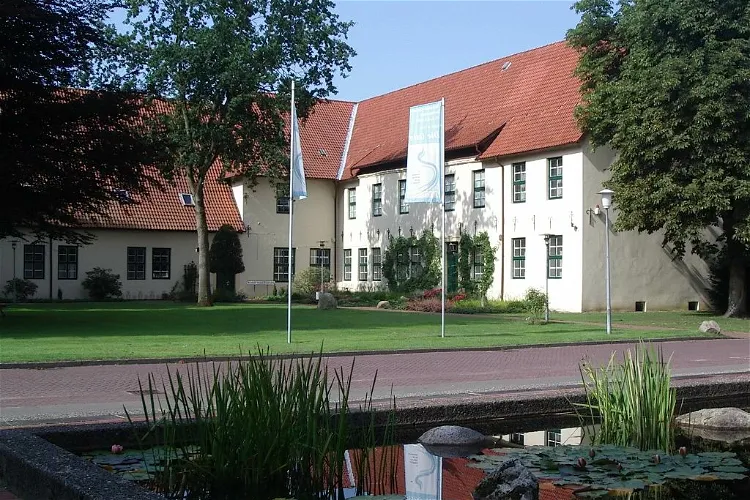
Bachmann-Museum Bremervörde
BremervördeThe Bachmann-Museum in Bremervörde is a unique institution that combines regional history and natural history. It is the largest museum in the Rotenburg (Wümme) district, making it a significant cultural and educational hub in the region. Visitors can expect to explore a wide range of exhibits that delve into the rich history and natural wonders of the area.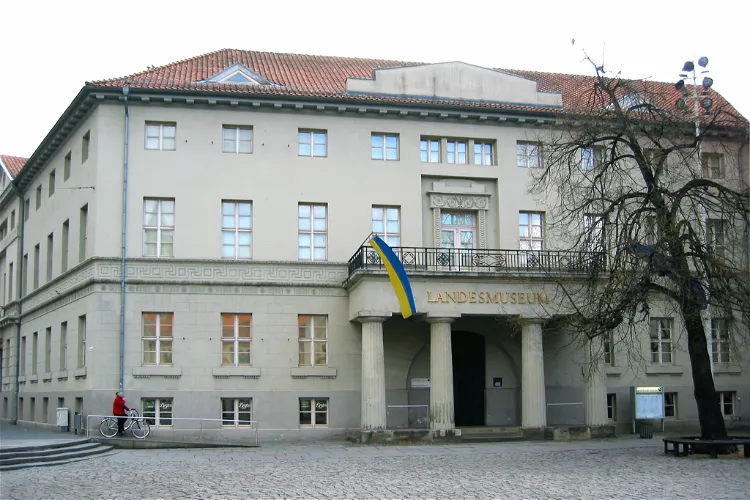
Braunschweigisches Landesmuseum
BrunswickThe Braunschweigisches Landesmuseum (BLM) is a historical museum located in Braunschweig, Germany. It is operated by the state of Lower Saxony, providing a comprehensive insight into the region's history.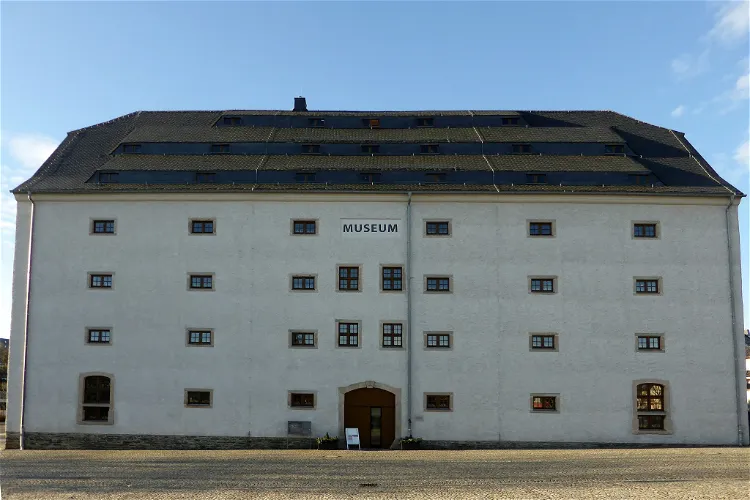
Museum sächsisch-böhmisches Erzgebirge
MarienbergThe Museum sächsisch-böhmisches Erzgebirge, a folk museum, is situated in the city of Marienberg. It was officially opened to the public on April 30, 2006, following a comprehensive renovation that was financed by the European Union. This museum is a significant cultural institution in the region, offering visitors a glimpse into the local history and culture.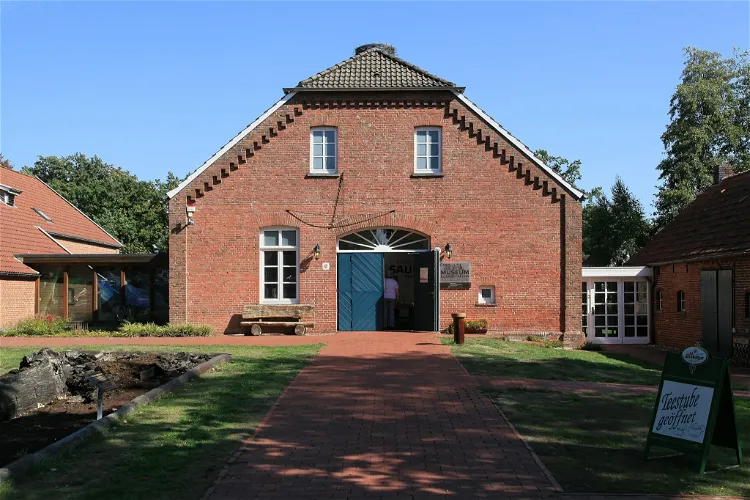
Moor- und Fehnmuseum Elisabethfehn
ElisabethfehnThe Moor- und Fehnmuseum Elisabethfehn is a peat museum situated in the Fehnkolonie Elisabethfehn, within the municipality of Barßel. The museum is conveniently located directly on the Elisabethfehn canal, making it easily accessible for visitors.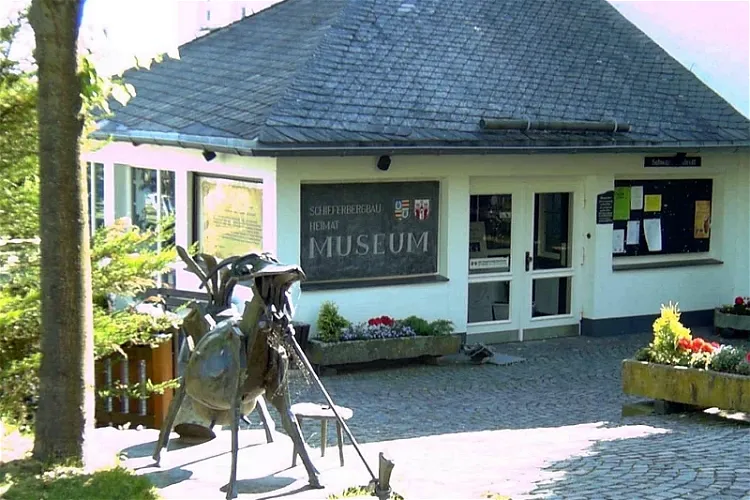
Schieferbergbau- und Heimatmuseum
SchmallenbergThe Westphalian Slate Mining and Local History Museum Holthausen is situated in the district of Holthausen in Schmallenberg, within the Hochsauerlandkreis region. This location offers visitors a chance to explore the rich history and culture of the area while enjoying the scenic beauty of the Hochsauerlandkreis.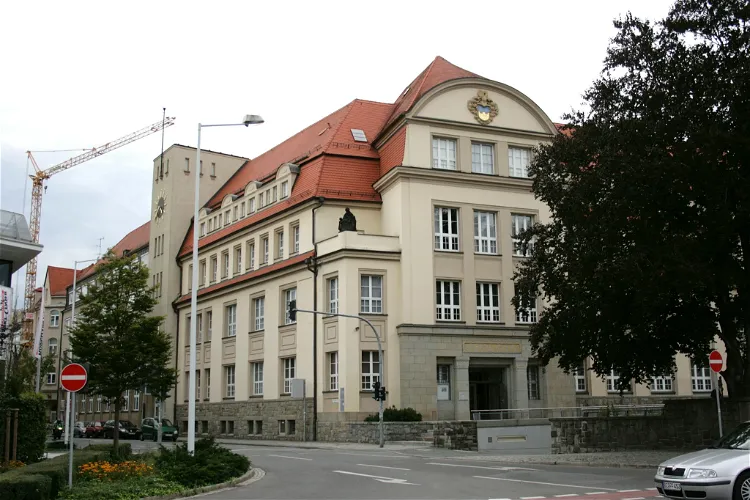
Museum Bautzen
BautzenMuseum Bautzen, also known as Muzej Budyšin, is a significant cultural institution in the region of Saxon Upper Lusatia. It is conveniently located at Kornmarkt, making it easily accessible for tourists visiting the area. The museum is known for its extensive collections, which are among the largest and most important in the region.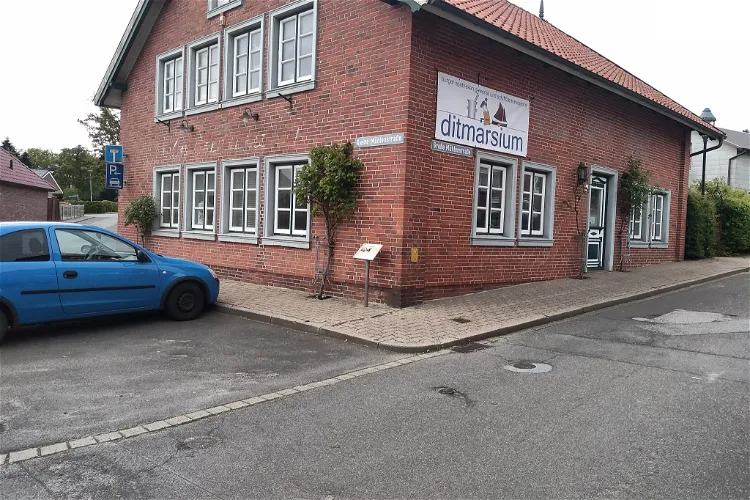
Ditmarsium
Burg (Dithmarschen)The Ditmarsium is a local museum located in Burg, Dithmarschen. It provides an insight into various aspects of life in Dithmarschen, with a focus on the local pharmacy, crafts and trades, and shipping. This makes it an interesting destination for tourists who are interested in learning about the local culture and history.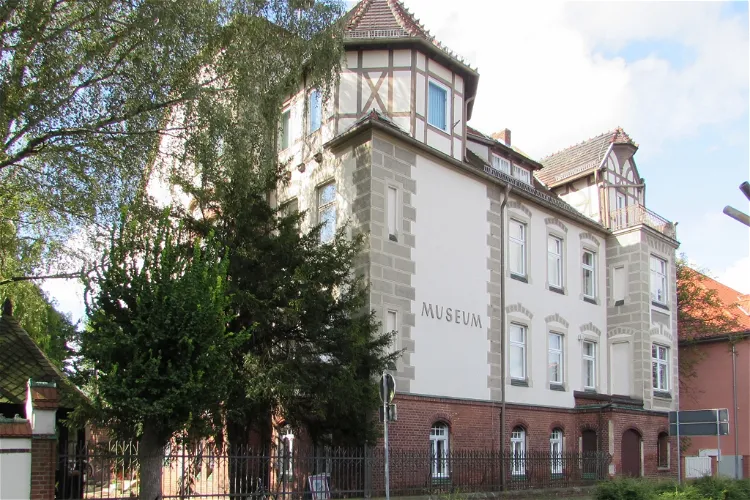
Kreismuseum Jerichower Land
GenthinThe Kreismuseum Jerichower Land, situated in the city of Genthin, is a local history museum that boasts over 25,000 exhibits. This makes it one of the largest museums in northern Saxony-Anhalt. The museum, which opened in 1886, provides a comprehensive insight into the region's history and culture.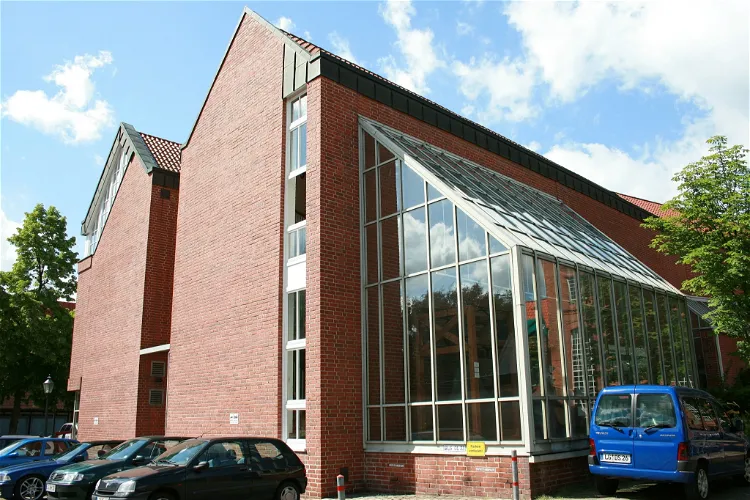
East Prussian Regional Museum
LüneburgThe East Prussian Regional Museum, located in Lüneburg, Lower Saxony in Germany, was established in 1987. This museum is a significant cultural institution that provides insights into the history, art, and culture of the former German province of East Prussia.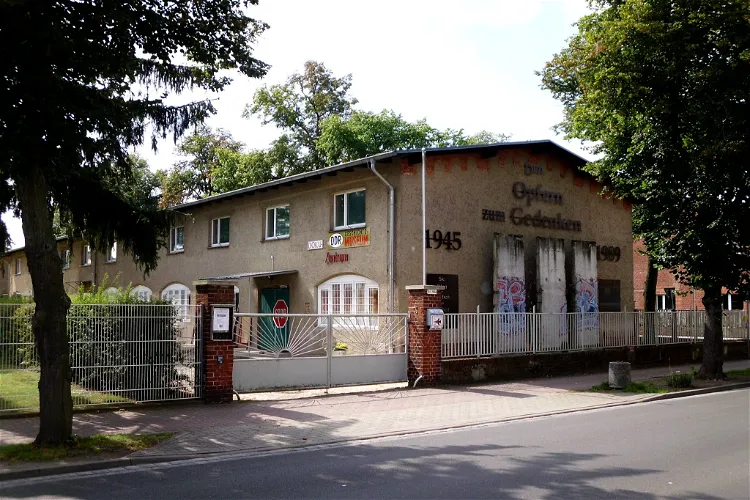
DDR Museum Pforzheim
PforzheimThe DDR Museum Pforzheim, established in 1998, is a testament to the life and times of East Germany before 1990. The museum was founded by Klaus Knabe, who, along with his wife, moved to the West shortly before the construction of the Berlin Wall in 1961. Knabe collected everyday objects and other DDR items, providing a comprehensive picture of the East German state. These items were initially stored in an attic until the city of Pforzheim provided him with a former kindergarten of the French garrison.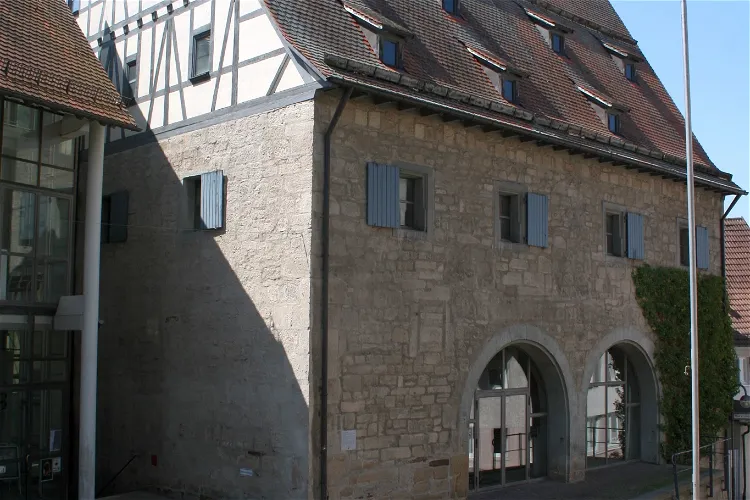
Deutsches Bauernkriegsmuseum Böblingen
BöblingenThe exhibition at the Deutsches Bauernkriegsmuseum Böblingen documents the protest marches and mass uprisings of the peasants. A significant focus is placed on the Böblingen decision battle of May 12, 1525, where the peasants were defeated. This provides a detailed historical account of the events, offering visitors a deep understanding of the peasant wars in Germany.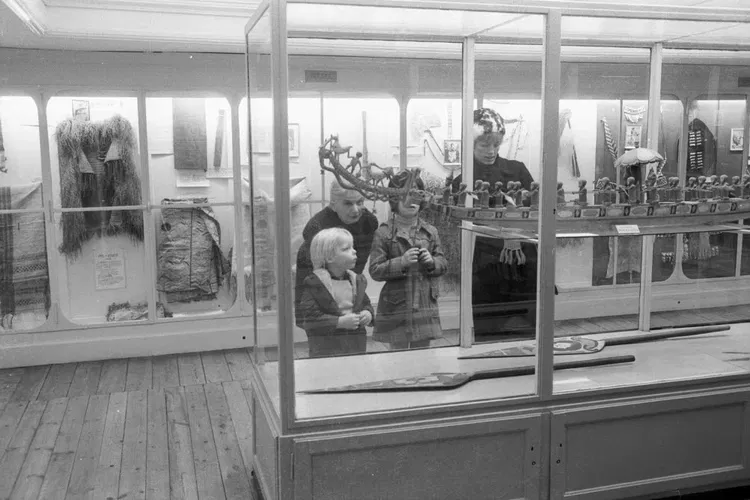
Museum of Ethnology at the University of Kiel
KielThe Museum of Ethnology at the University of Kiel is one of the museum facilities of the Christian-Albrechts-University in Kiel. It shares its location with the Zoological Museum in the Walter-Gropius building, situated at Hegewischstraße 3 in Kiel. This central location makes it easily accessible for tourists visiting the city.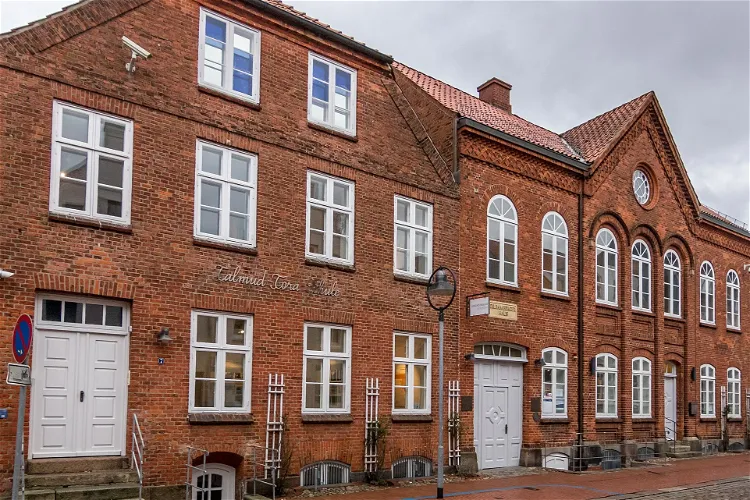
Jewish Museum Rendsburg
RendsburgThe Jewish Museum Rendsburg serves as a cultural meeting place and is one of the few Jewish museums in northern Germany. It provides a unique opportunity for visitors to learn about Jewish history and culture in this region.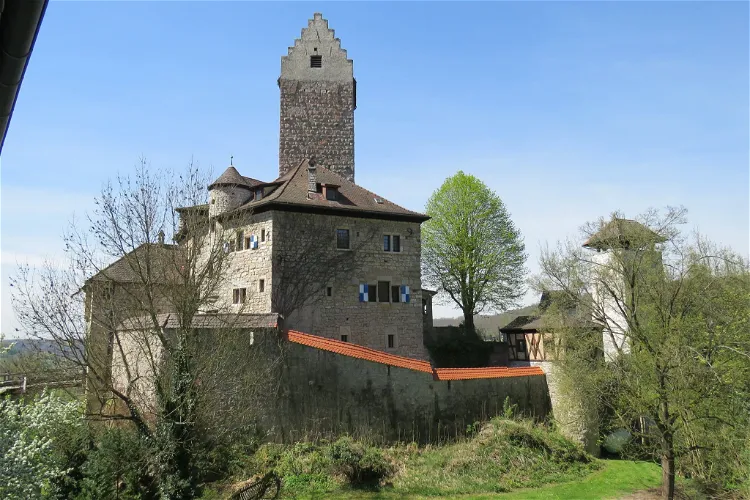
Römer und Bajuwaren Museum
KipfenbergThe Römer und Bajuwaren Museum Burg Kipfenberg is an archaeological, folkloric, and local history museum. It is situated in Kipfenberg, a market town in the Upper Bavarian district of Eichstätt. The museum is housed in a former economic building of Burg Kipfenberg, adding a touch of historical charm to the overall experience.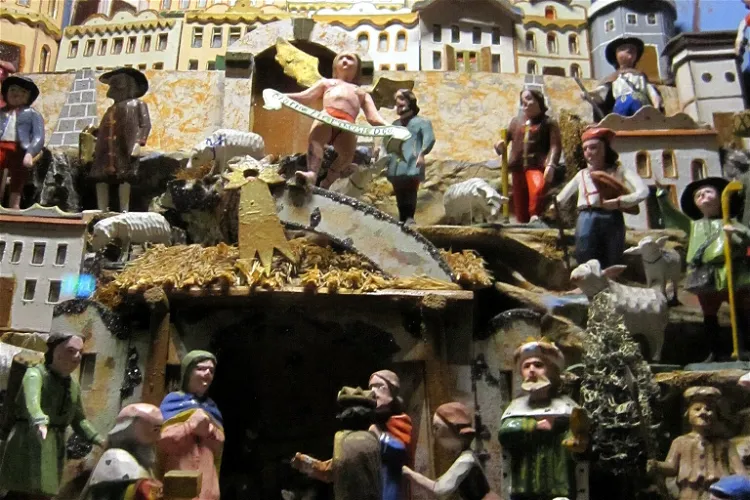
Weihnachtsberg
ZwönitzA Weihnachtsberg, also known as Winkel or Weihnachtswinkel in the Ore Mountains, is a mountain-like landscape replica that is set up inside the house during the Christmas season. This tradition involves decorating a corner of a room with a shelf-like wooden angle, on which the motif is built. The motifs displayed include nativity scenes, hunting and mining themes, as well as local topics.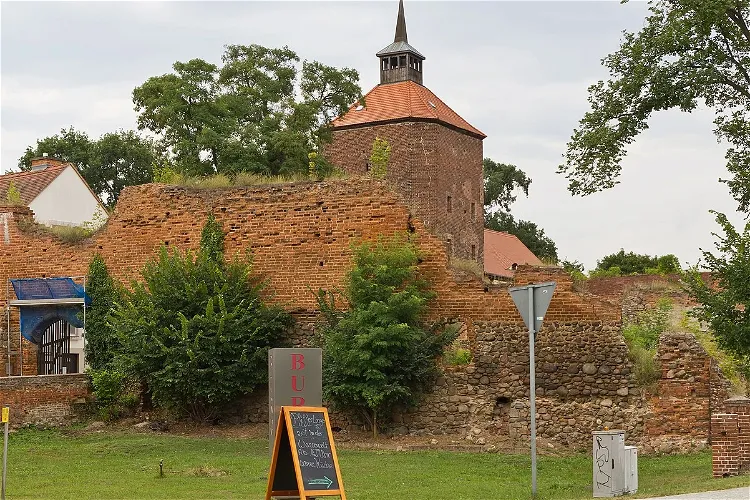
Burg Beeskow
BeeskowBurg Beeskow is not just a historical site, but also a cultural hub. It houses a regional museum that showcases historical, ethnographic, and ecological themes of the Beeskow-Storkow region. Additionally, it features a medieval magazine with a torture cellar. The castle also hosts changing exhibitions, primarily focusing on the art of the German Democratic Republic.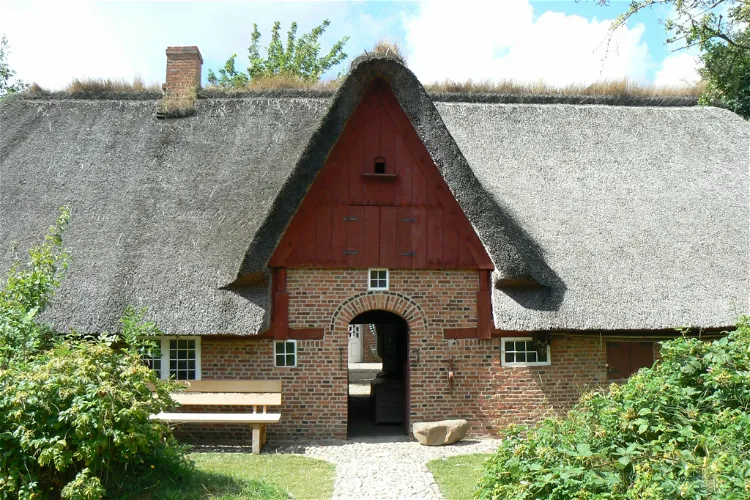
Dr.-Carl-Häberlin-Friesen-Museum
Wyk auf FöhrThe Dr.-Carl-Haeberlin-Friesenmuseum Wyk auf Föhr, often referred to as the Friesenmuseum, is a museum that specializes in natural history and ethnology. It places a particular emphasis on the history of North Frisia and the island of Föhr. This makes it an ideal destination for those interested in learning about the region's rich cultural and natural history.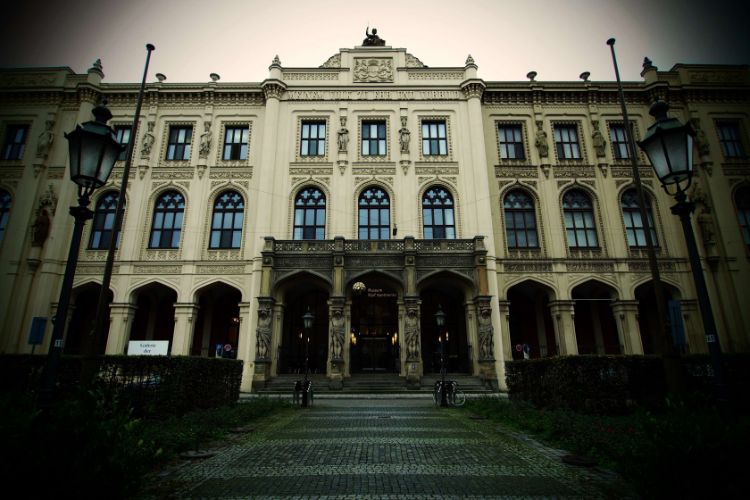
Museum Five Continents
MunichThe Museum Five Continents is a museum in Munich with non-European artworks and objects of cultural value. The collection exhibited in the museum dates back in part to 1782, when the curiosities gathered by the Wittelsbachs were exhibited in the galleries of the Residenz. The current collection cont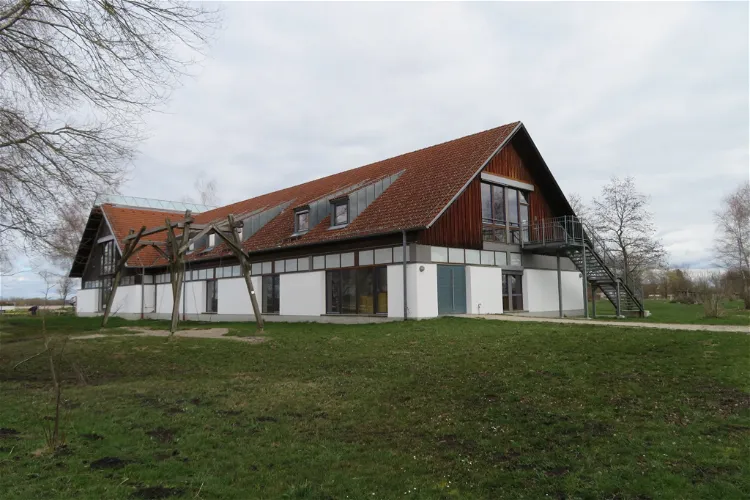
Haus im Moos
KleinhohenriedThe Haus im Moos in Kleinhohenried is a unique combination of a museum, educational center, and conference facility. Opened in 1998, it offers a rich insight into the history and culture of the Donaumoos region. The museum documents the struggle of the colonists for the drainage and cultivation of the moor, which began in the late 18th century. It is an ideal destination for those interested in history, culture, and nature.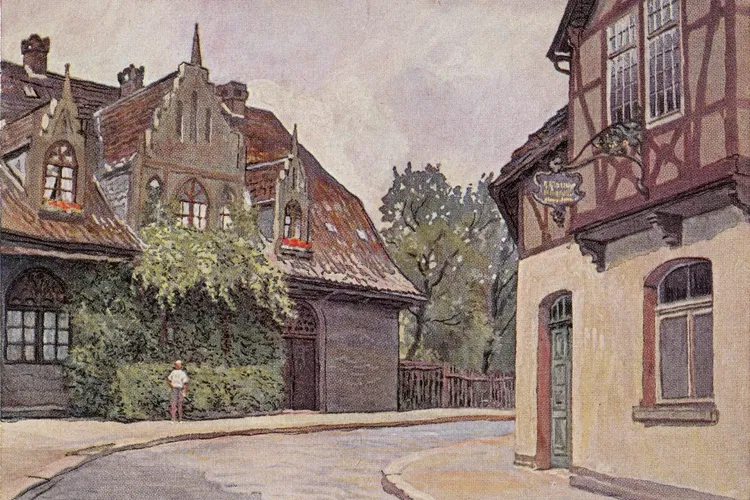
Kreismuseum Peine
Landkreis PeineThe Kreismuseum Peine, initially also known as the Heimatmuseum des Landkreises Peine, is a museum dedicated to the local history and everyday culture of the Landkreis Peine. It provides a comprehensive insight into the region's past and the daily life of its inhabitants. The museum's exhibits are designed to be engaging and informative, making it a worthwhile destination for anyone interested in learning more about the area's history and culture.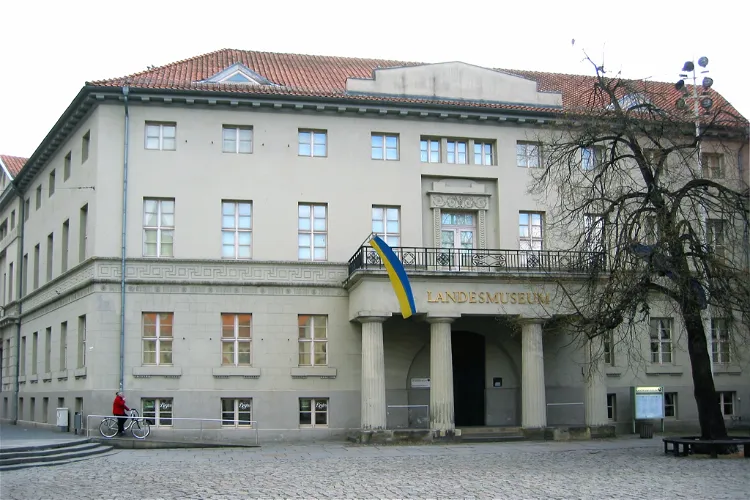
Braunschweigisches Landesmuseum
WolfenbüttelThe Braunschweigisches Landesmuseum (BLM) is a historical museum located in Braunschweig, Germany. It is operated by the state of Lower Saxony, providing a comprehensive insight into the region's history.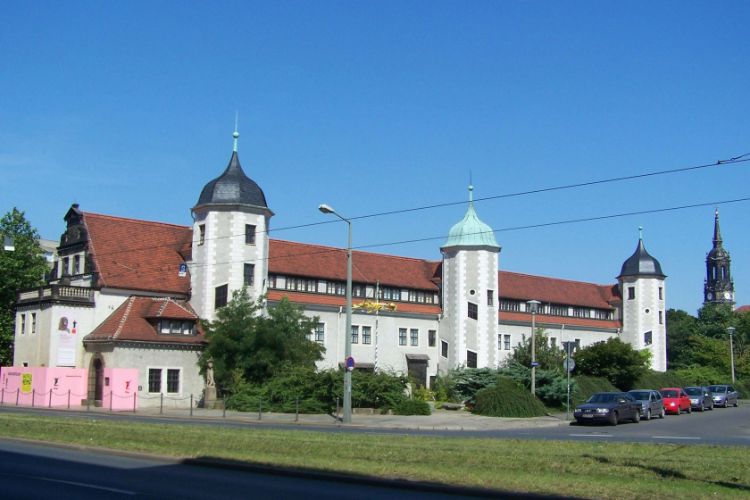
Museum für Sächsische Volkskunst mit Puppentheatersammlung
DresdenMuseum für Sächsische Volkskunst mit Puppentheatersammlung is a museum in Dresden that contains a puppet theater collection as well as a Museum of Saxon Folk Art. The puppet theater collection in Dresden is a collection of theater puppets from the 18th, 19th and 20th centuries, comprising more than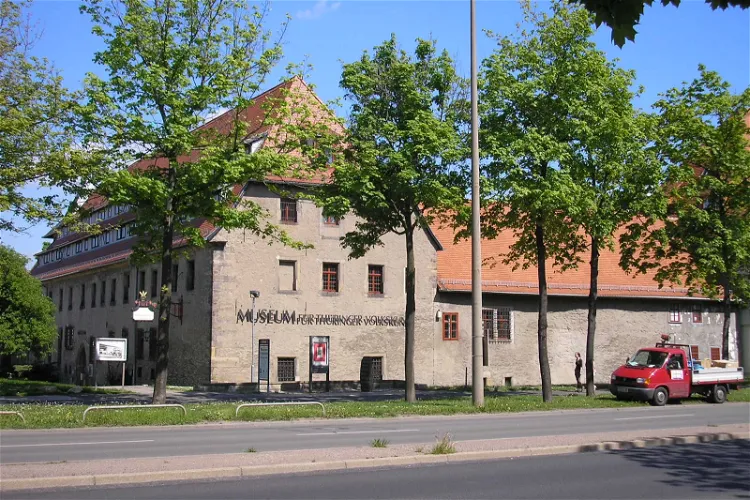
Museum für Thüringer Volkskunde
ErfurtThe Museum für Thüringer Volkskunde Erfurt is recognized as one of the largest folk museums in Germany. This makes it a significant destination for those interested in exploring the rich folk culture of the country.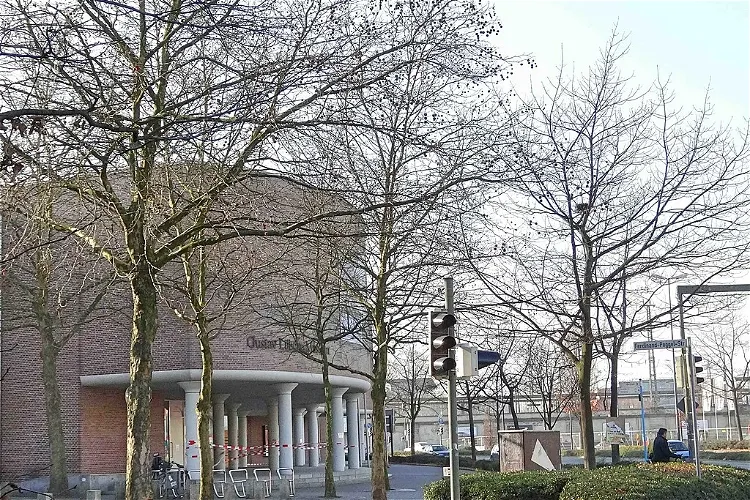
Gustav-Lübcke-Museum
HammThe Gustav Lübcke Museum, located in Hamm, North Rhine-Westphalia, is a cultural-historical museum that was established in 1890. It was initially known as the Städtisches Museum Hamm until 1925. The museum is named after Gustav Lübcke, an art dealer and collector who donated his collection to the city of Hamm in 1917 and served as the museum's director. Since Lübcke's death in 1925, the museum has carried his name.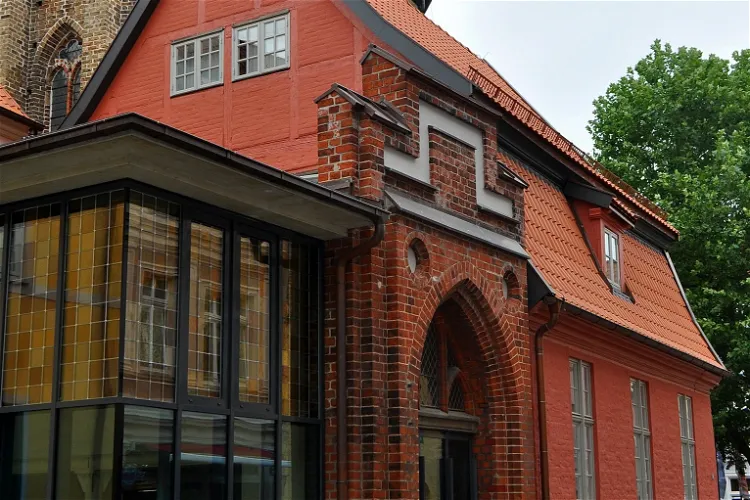
Stralsund Museum
StralsundThe Stralsund Museum, founded in 1859, is the oldest museum of its kind in Mecklenburg-Vorpommern. It showcases extensive collections of folklore, cultural and art history in the Vorpommern region. The museum is a testament to the rich history and culture of the region, making it a significant destination for those interested in understanding the area's past.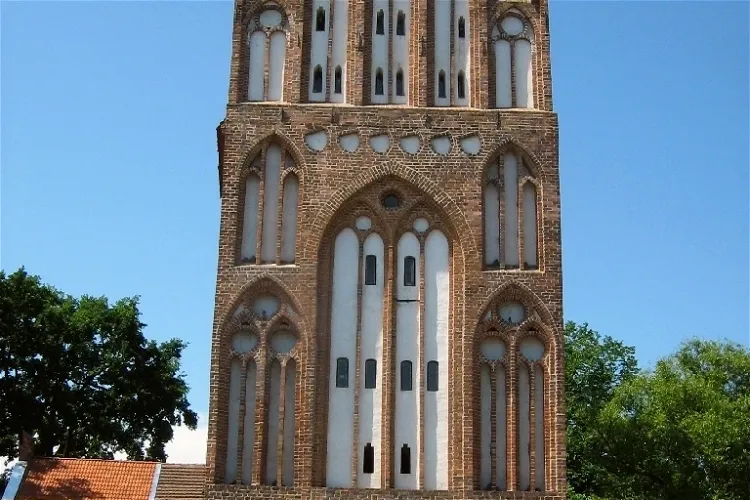
Neubrandenburg Regional Museum
NeubrandenburgOne of the highlights of the Neubrandenburg Regional Museum is its extensive collection of non-European ethnology, which is one of the two largest in Mecklenburg-Vorpommern. The centerpiece of this collection is the South Seas collection of the physician Bernhard Funk. This collection provides a unique insight into the cultures and histories of non-European regions, making it a fascinating area of the museum for visitors to explore.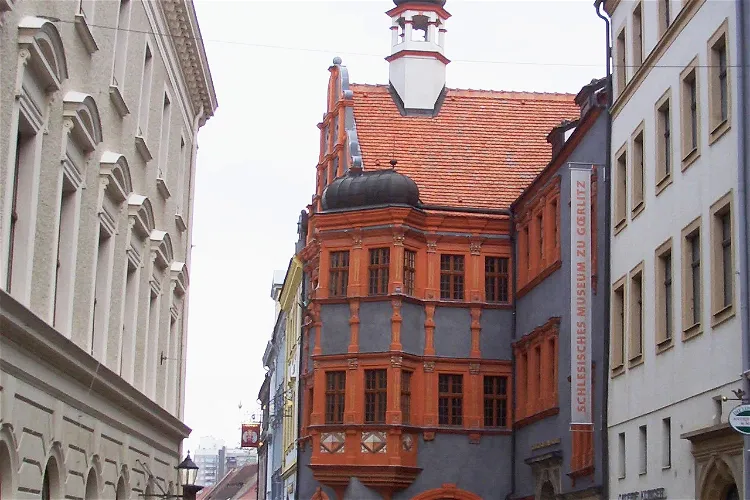
Schlesisches Museum
GörlitzThe Silesian Museum in Görlitz, which opened its doors on May 13, 2006, is a unique architectural complex designed by Rolf Zimmermann. This complex combines four historical buildings: the Schönhof, the Middle House, the Building at the Fish Market, and the Hall House at Untermarkt 4. Each of these buildings has its own historical significance and together they form a unique ensemble that houses the museum.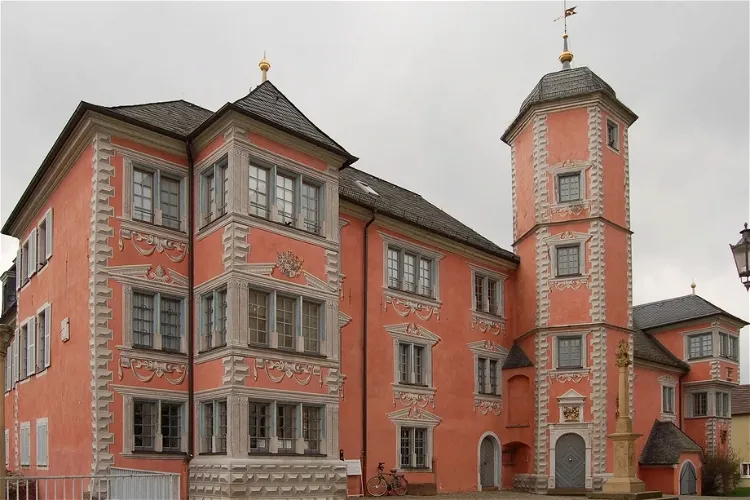
Lobdengau-Museum
LadenburgThe Lobdengau-Museum is situated in the town of Ladenburg, within the Rhein-Neckar-Kreis district. The museum is housed in the former Bishop's Palace, which was once the residence of the Prince-Bishops of Worms. This historical setting adds a unique charm to the museum, making it an interesting destination for tourists interested in history and architecture.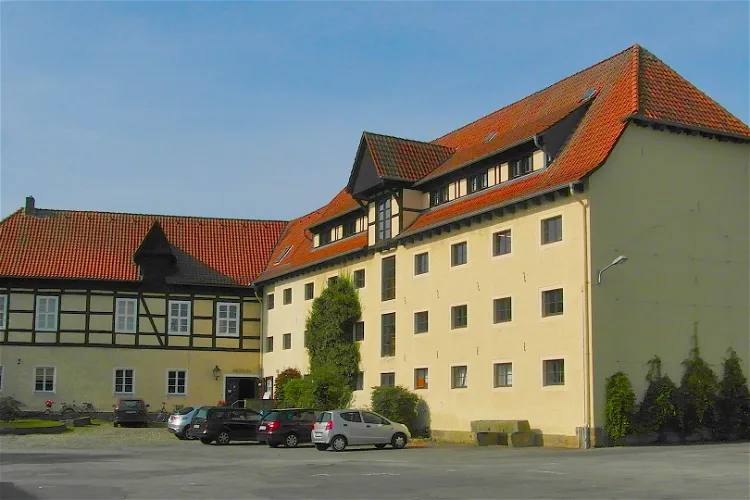
Museum auf dem Burghof
SpringeThe Museum auf dem Burghof in Springe, located in the Hannover region, is a cultural institution dedicated to preserving and showcasing the history and culture of the city at Deister. Visitors can expect to gain a deeper understanding of the region's past and its cultural evolution over time.
Nussknackermuseum Neuhausen
DittersbachThe Nussknackermuseum is a unique museum situated in the scenic town of Neuhausen/Erzgeb. This location offers a blend of cultural heritage and natural beauty, making it an ideal destination for tourists seeking a unique experience.
Fränkisches Museum Feuchtwangen
FeuchtwangenThe Fränkisches Museum Feuchtwangen is a significant cultural institution located in the city of Feuchtwangen in the Middle Franconian district of Ansbach. The museum boasts an extensive exhibition area of over 2000 m², making it a spacious venue for visitors to explore and learn about the region's history and culture.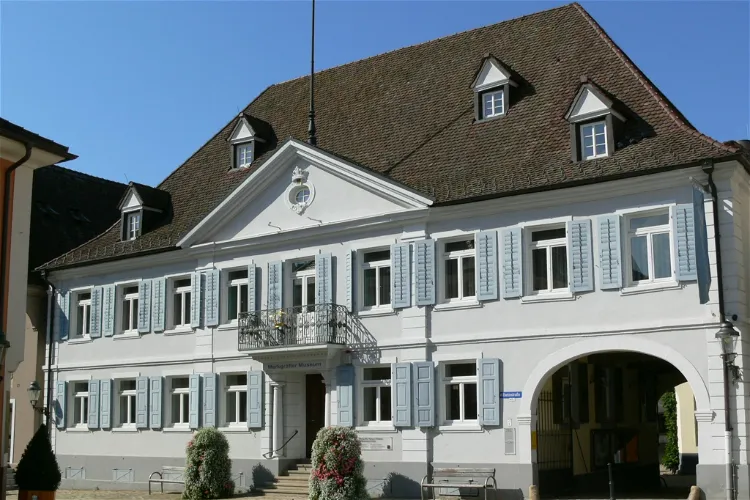
Markgräfler Museum Müllheim
Müllheim im MarkgräflerlandThe Markgräfler Museum is a regional museum located in Müllheim in the Markgräflerland, a city within the district of Breisgau-Hochschwarzwald in Baden-Württemberg, Germany. It is the largest museum between Freiburg im Breisgau and the agglomeration of Basel Lörrach in the tri-border area. The museum has two locations: the Blankenhorn Palace and the Frick Mill.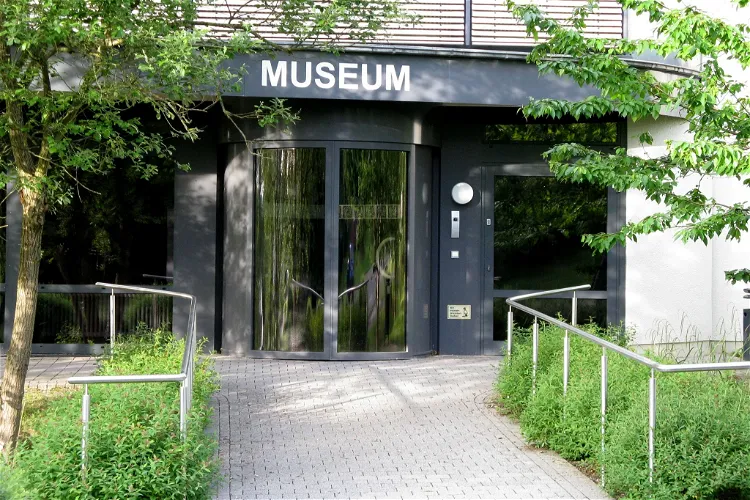
Museum Wilnsdorf
WilnsdorfThe Museum Wilnsdorf is a unique institution that is divided into two main sections: the 'Folklore Museum' and the 'Cultural History Meeting Place'. This structure allows the museum to offer a wide range of exhibits and experiences, catering to a variety of interests.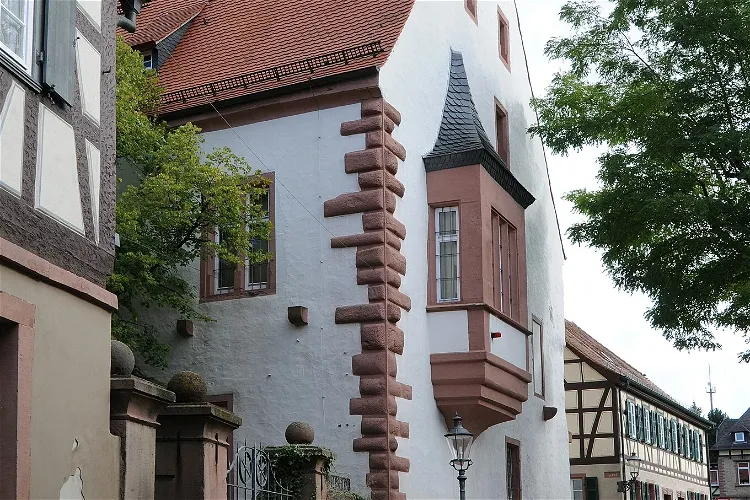
Bezirksmuseum Buchen
Buchen (Odenwald)The Bezirksmuseum Buchen was founded by Karl Trunzer, a teacher who had a passion for collecting folk art from the Odenwald region. His collection forms the basis of the museum's exhibits, providing visitors with a unique insight into the region's folk art traditions.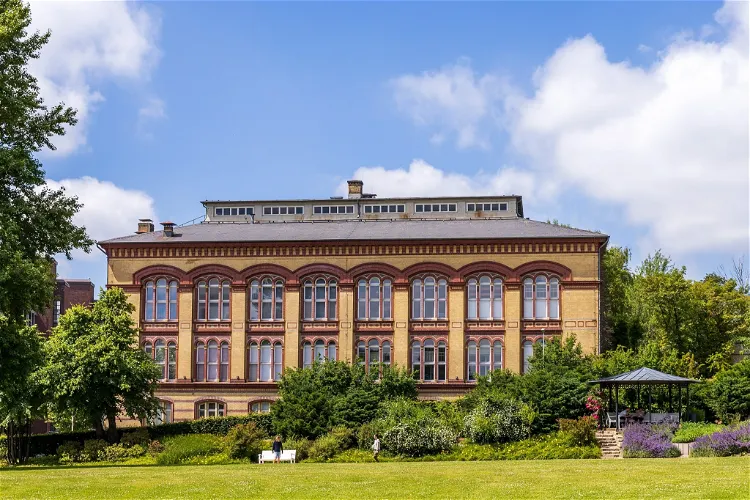
Medical and Pharmaceutical Historical Collection;
KielThe Medical and Pharmaceutical Historical Collection is a part of the Medical Faculty at the Christian-Albrechts-University in Kiel. This collection is a significant part of the university's commitment to preserving and showcasing the history of medicine and pharmacy. It provides a unique opportunity for visitors to explore the evolution of these fields over time.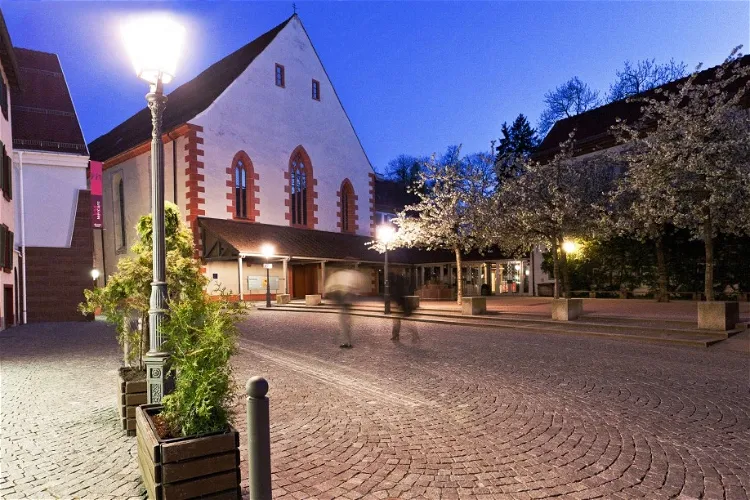
Franziskanermuseum
Villingen-SchwenningenThe Franziskanermuseum, situated in the former Franciscan monastery in Villingen-Schwenningen, is a cultural-historical museum. It offers a comprehensive insight into the city's history from its beginnings to the present day. Additionally, it provides a deep dive into the folklore of the Black Forest and the Celtic princely tomb Magdalenenberg. This museum is a great place for tourists interested in history, culture, and folklore.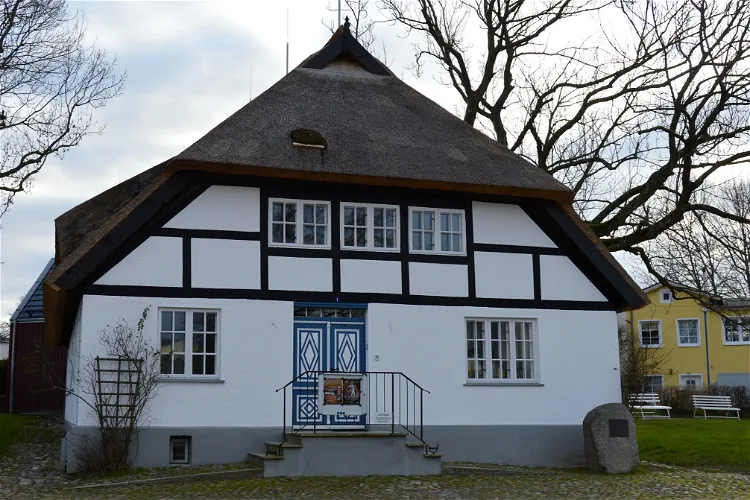
Heimatmuseum Göhren
GöhrenThe Mönchguter Heimatmuseum is a local museum situated in Göhren on the Mönchgut peninsula, which is a part of Rügen. The museum is conveniently located at the western end of Strandstraße, at the address Strandstraße 1. This location is directly at the intersection of Thiessower Straße, Poststraße, and Strandstraße, making it easily accessible for visitors.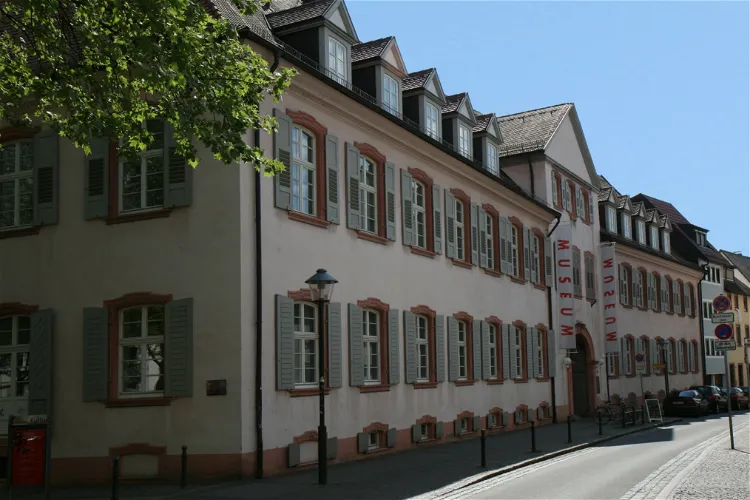
Museum im Ritterhaus
Osterode am HarzThe Museum im Ritterhaus, situated in Offenburg, Baden-Württemberg, is a historical institution that was inaugurated in 1900 by Carl Frowin Mayer. Originally, it was established as a 'Museum for Natural and Ethnology', showcasing a diverse range of exhibits related to natural history and ethnology.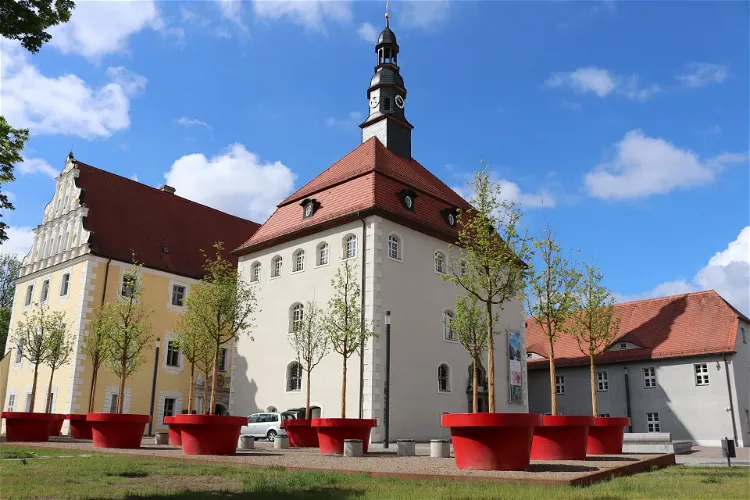
Museum Schloss Lübben
Lübben (Spreewald)The Museum Schloss Lübben is a city and regional museum that is situated in the castle of Lübben, in the Brandenburg district town of Lübben (Spreewald). The museum is under the municipal ownership of the city of Lübben, making it a significant cultural and historical site for the region.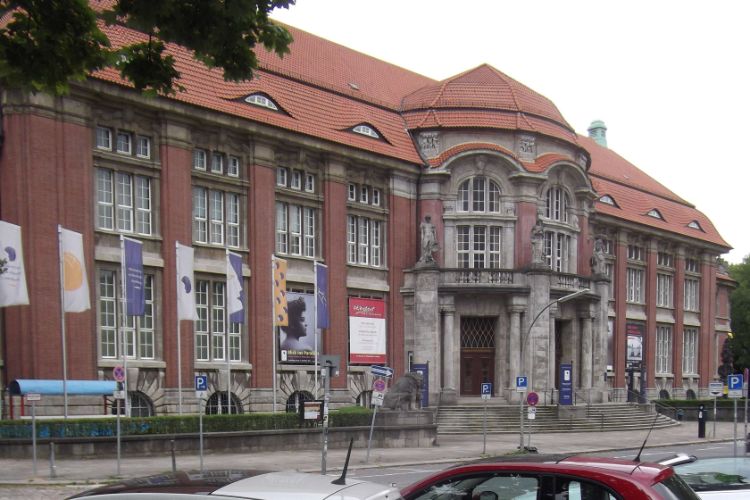
Museum am Rothenbaum – Kulturen und Künste der Welt
HamburgThe Museum am Rothenbaum – Kulturen und Künste der Welt is one of the largest museums of ethnology in Europe. The museum has a collection of over 350.000 objects.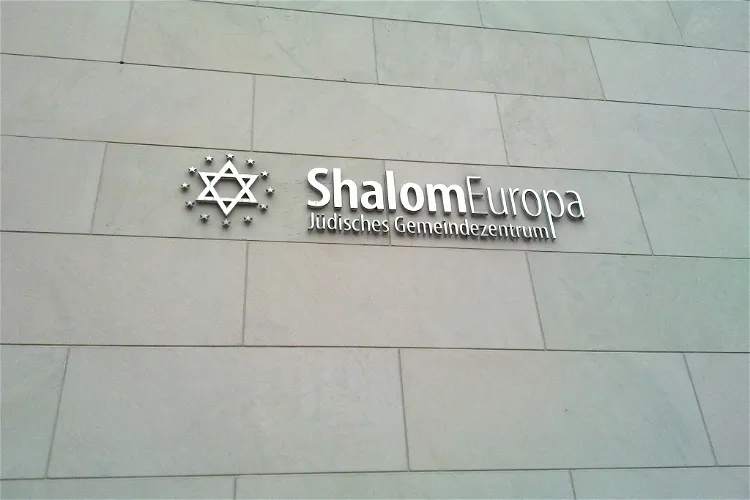
Shalom Europa
WürzburgShalom Europa provides a unique insight into traditional Jewish life in the present era. It offers visitors an opportunity to understand the essence of Orthodox Judaism. Rather than focusing on cultural-historical values, the museum emphasizes the continuity of Jewish tradition, making it a valuable educational resource for those interested in Jewish culture and history.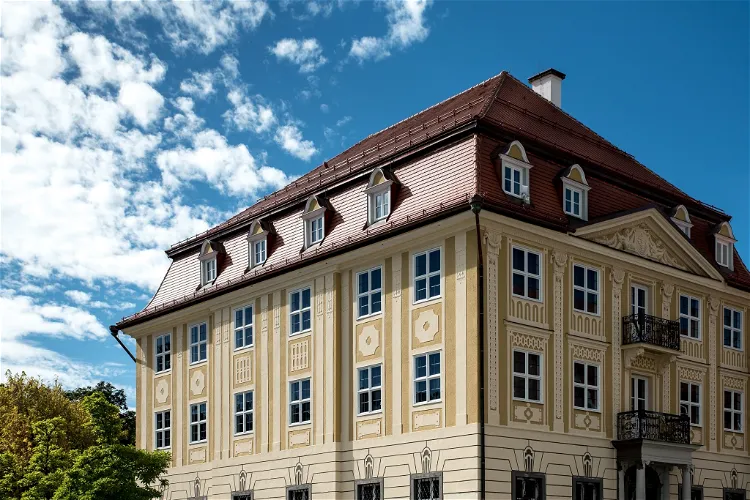
Kunsthalle Kempten
Kempten (Allgäu)The Kempten Museum, situated in the historic Zumsteinhaus, is a relatively new addition to the city's cultural scene, having opened its doors in 2019. The museum is dedicated to the history and culture of Kempten, one of the oldest cities in Germany. It offers a comprehensive overview of the city's past, spanning over 2000 years, from its ancient origins to the present day.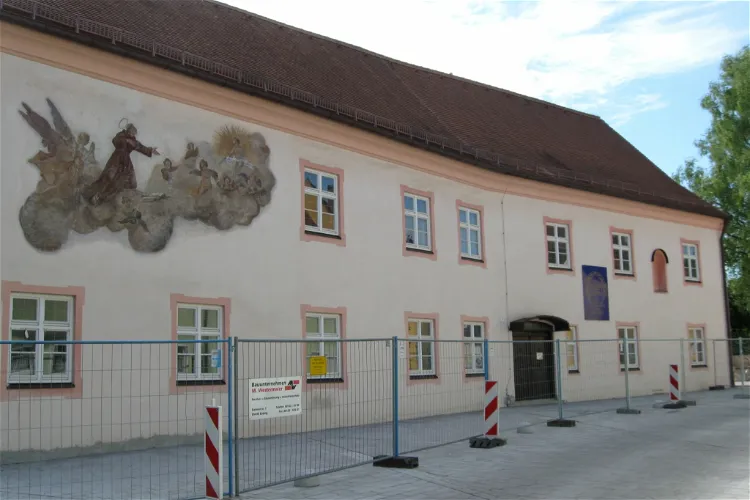
Museum Erding
ErdingThe Museum Erding, located in Erding, is a local history museum that was established in 1856 by Anton Bachmair, a shoemaker. With over 160 years of collection history, it is one of the oldest municipal museums in Bavaria. The museum's collection began with musician uniforms, weapons, and other items.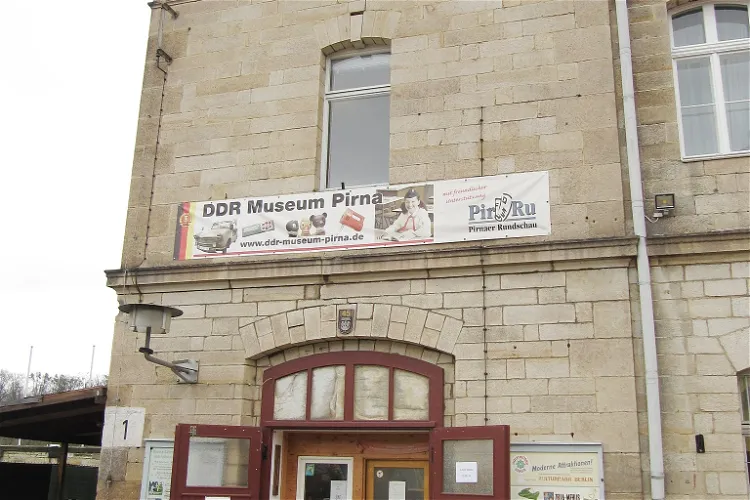
DDR Museum Pirna
PirnaThe DDR Museum Pirna is a privately run institution located in the district of Sächsische Schweiz-Osterzgebirge. It offers a unique opportunity to delve into the history and culture of the German Democratic Republic (DDR) era. The museum is situated in the city of Pirna, making it easily accessible for tourists visiting the region.
Westphalian Horse Museum
MünsterThe Westphalian Horse Museum Münster is conveniently located within the Allwetterzoo in Münster, Westphalia. This provides an added advantage for tourists visiting the zoo as they can also explore the museum without any additional cost. The museum's admission is included in the zoo's entrance fee, making it a cost-effective option for those interested in learning about the history and culture of horses in Westphalia.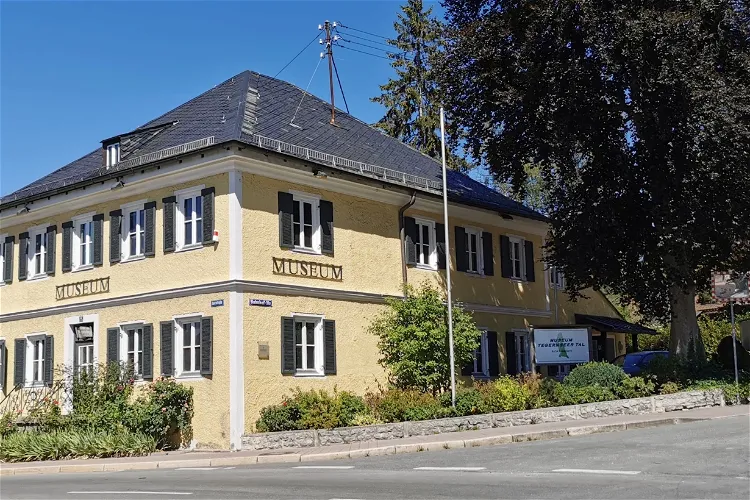
Museum Tegernseer Tal Kultur und Geschichte
TegernseeThe Museum Tegernseer Tal boasts a collection of approximately 850 exhibits, displayed across 17 rooms. These exhibits span a broad timeline, from the 14th century to the present, offering visitors a comprehensive look at the region's history and evolution over the centuries.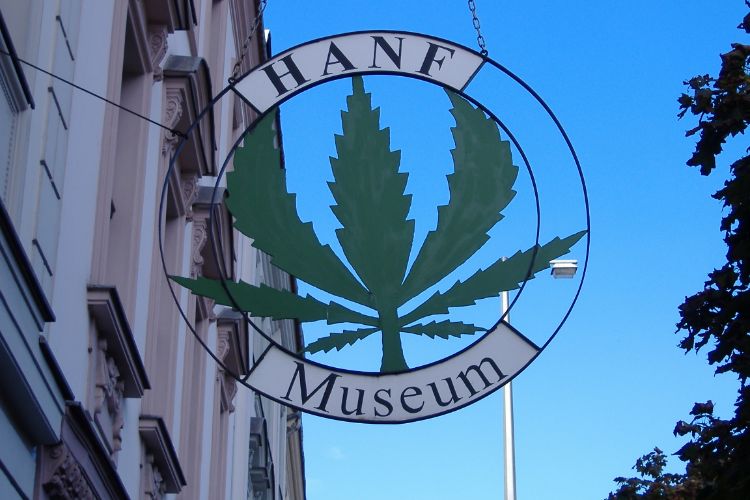
Hemp Museum Berlin
BerlinThe Hemp Museum Berlin (Hanf Museum Berlin) is the only museum in Germany that houses a permanent exhibition on the hemp plant. The exhibition covers approximately 250 m² and depicts everything related to hemp. The harvest and the processing of hemp are described from a historical point of view, in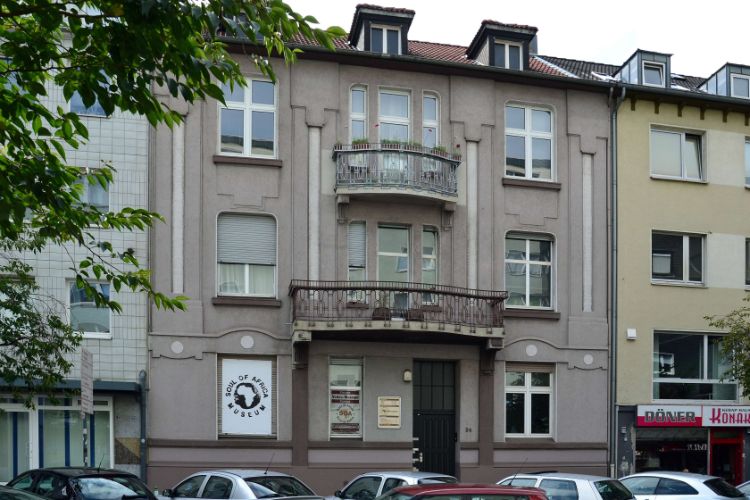
Soul of Africa Museum
EssenThe Soul of Africa Museum (SOA) is a museum of African art in Essen. The focus of the museum is on voodoo, healing and the veneration of the dead in West Africa. Owner and curator of the museum is the ethnologist, photojournalist and filmmaker Henning Christoph. The collection of the museum includes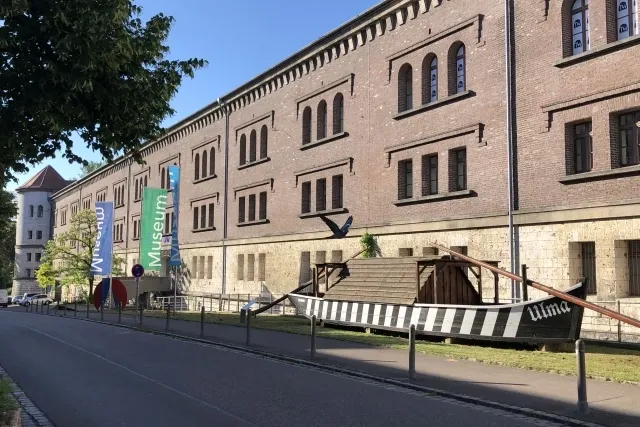
Danube Swabian Central Museum
UlmThe Danube Swabian Central Museum (DZM) in Ulm is a unique institution that provides a comprehensive and scientific representation of the history of the Danube Swabians from the late 17th century to the present. The museum's exhibitions, both permanent and special, delve into the culture and everyday life of this German minority in the multiethnic settlement areas along the middle course of the Danube in the Pannonian Lowlands.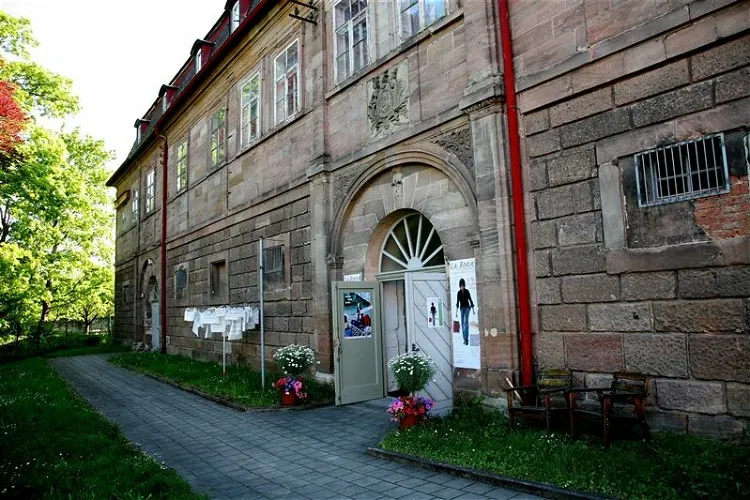
Museum Frauenkultur Regional-International
FürthThe Museum Frauenkultur Regional – International holds the distinction of being the first women's museum in Bavaria. It is situated in the Marstall of the Burgfarrnbacher Castle in Fürth, providing a unique setting for its exhibits.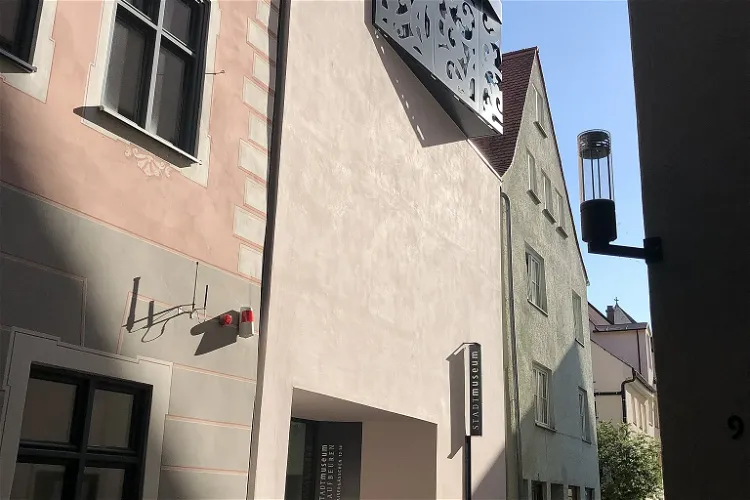
Stadtmuseum Kaufbeuren
KaufbeurenThe Stadtmuseum Kaufbeuren is a cultural history museum located in the city of Kaufbeuren. The museum focuses on the history of the city, presenting a permanent exhibition that illuminates the history of the Imperial City of Kaufbeuren with all its interconnections into economic and social history.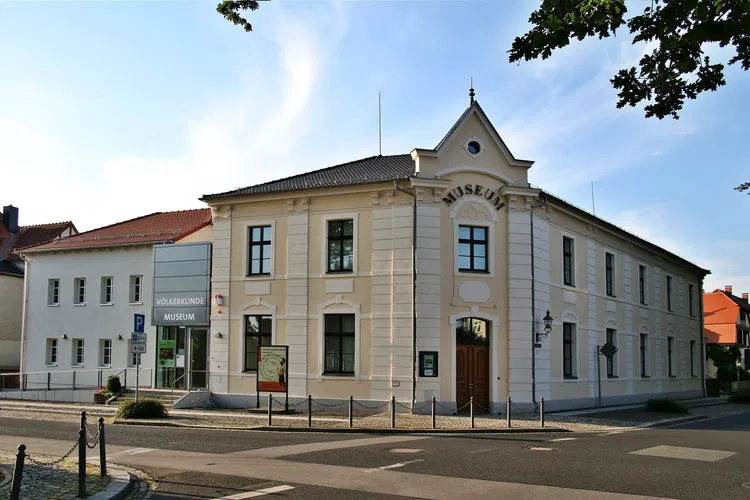
Völkerkundemuseum Herrnhut
HerrnhutThe Völkerkundemuseum Herrnhut, located in Herrnhut, Germany, is a significant part of the National Ethnographic Collections of Saxony. This museum offers a unique intersection of ethnography and mission history, providing visitors with a rich understanding of various cultures and historical periods.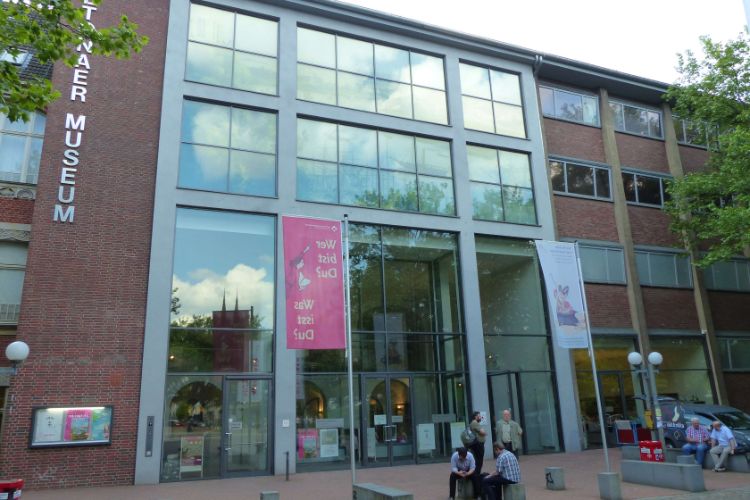
Altonaer Museum - Norddeutsches Landesmuseum
HamburgThe Altonaer Museum - Norddeutsches Landesmuseum tells the story of the Altona district, which used to be an independent centre with sea trade until the 20th century.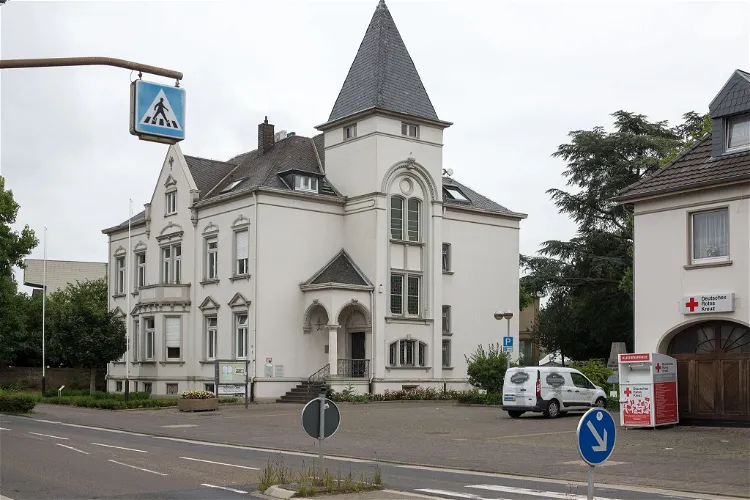
Heimatmuseum Oedt
GrefrathThe Heimatmuseum Oedt, located in the basement of the former Oedt town hall, has been managed by the Heimatverein Oedt since 1989. This historical setting provides a unique backdrop for the museum's exhibits, adding to the overall experience for visitors.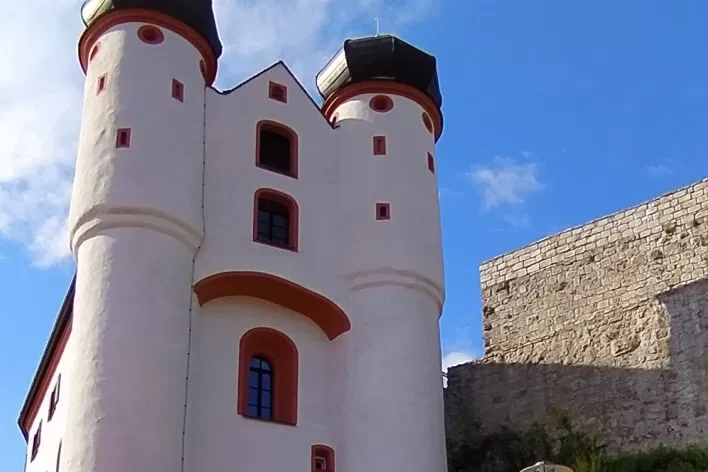
Burgmuseum Parsberg
ParsbergThe Parsberg Castle is a hilltop castle located on a limestone spur in the city center of Parsberg in the district of Neumarkt in Upper Palatinate, Bavaria. The complex has a long construction history that dates back to the 13th century. The castle museum, located in the lower castle, presents the h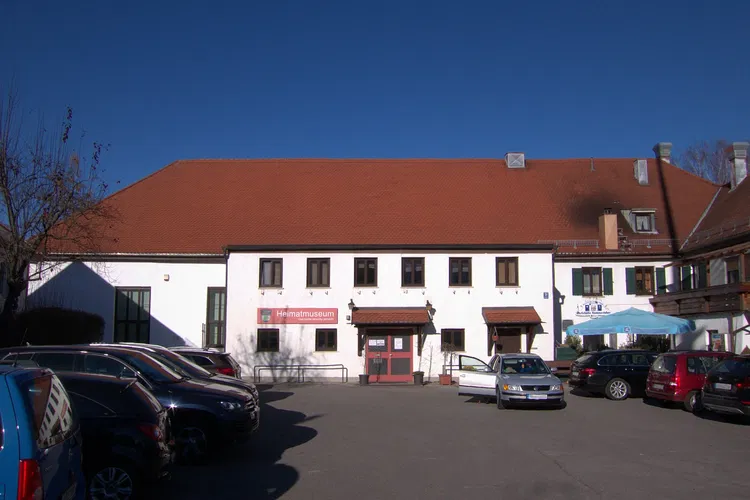
Heimatmuseum Unterhaching
UnterhachingThe Heimatmuseum Unterhaching is a museum located in the Upper Bavarian municipality of Unterhaching. It is dedicated to showcasing the evidence of human existence in the Unterhaching municipality area, a history that spans over 4500 years. This makes it a significant destination for those interested in history and archaeology.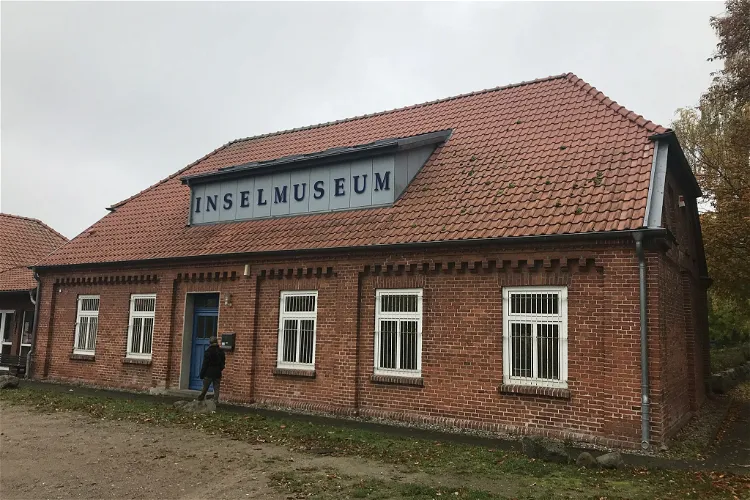
Inselmuseum Poel
KirchdorfThe Inselmuseum Poel, situated on the outskirts of Kirchdorf, is a museum dedicated to the history, culture, and nature of the island. It provides a comprehensive overview of the island's past and present, making it an ideal destination for those interested in learning more about the island's heritage.
Heimatmuseum Vilsbiburg
VilsbiburgThe Heimatmuseum Vilsbiburg is a folk museum that is situated in the former Holy Spirit Hospital, a building that dates back to the 15th century. The museum also extends to an adjacent neighboring house. The museum was established with the support of the city of Vilsbiburg, reflecting the city's commitment to preserving and showcasing its rich cultural heritage.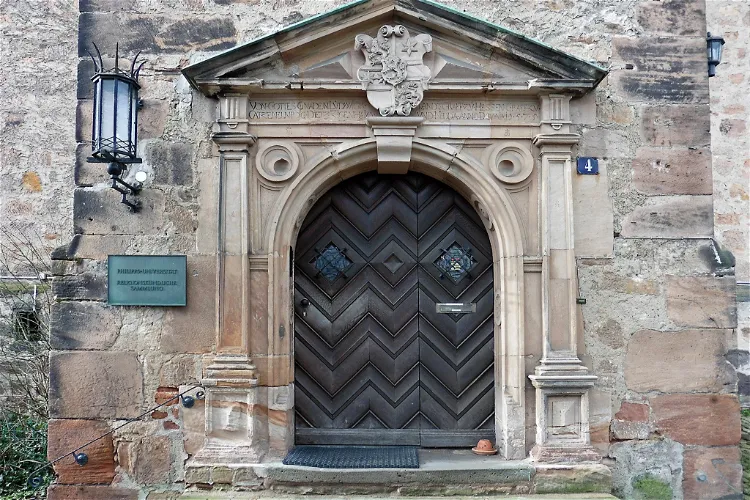
Religionskundliche Sammlung
MarburgThe Religionskundliche Sammlung is not only a museum but also houses a religious studies library, both of which are open to the public. This means that visitors can not only view the exhibits but also delve deeper into the study of various religions through the resources available in the library.
Niederrheinisches Museum für Volkskunde und Kulturgeschichte
KevelaerThe Niederrheinisches Museum Kevelaer e.V. is situated in the pilgrimage city of Kevelaer, making it a significant cultural landmark in the region. It is one of the largest museum buildings in the Lower Rhine region, offering a comprehensive insight into the folkloric, cultural, and artistic history of the area.
House of History Baden-Württemberg
StuttgartThe House of History Baden-Württemberg is a history museum in Stuttgart. The permanent exhibition of the House of History is divided into three parts. In the entrance area, 26 items are on display that are considered typical of Baden-Württemberg, one for each letter of the alphabet. The second part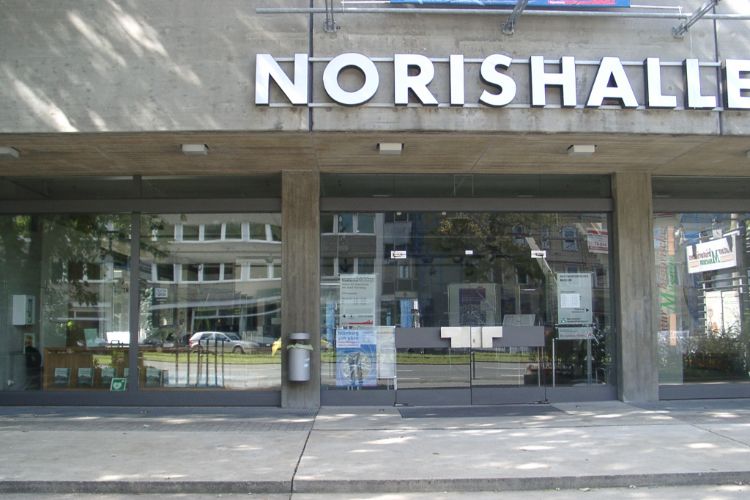
Natural History Museum
NurembergThe Natural History Museum in Nuremberg exhibits parts of the collections of the Natural History Society Nuremberg. The permanent exhibition in the Natural History Museum in Nuremberg covers the areas: ethnology, prehistory, archeology of Jordan, karst and speleology and geology. Zoology, entomology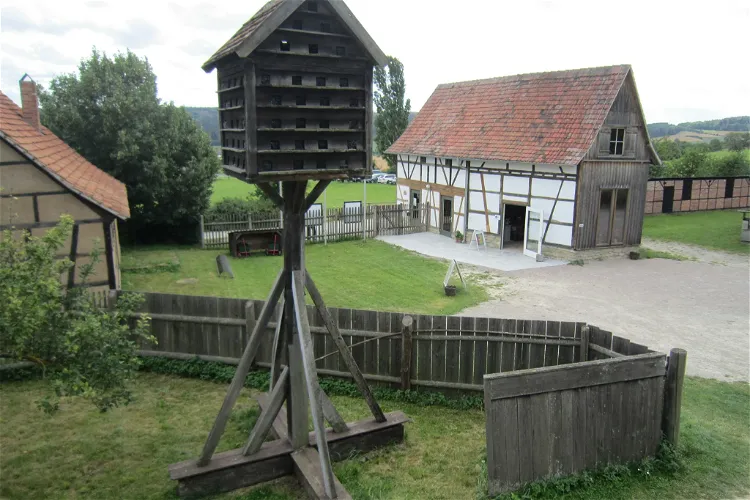
Thüringer Freilichtmuseum Hohenfelden
HohenfeldenThe Thüringer Freilichtmuseum Hohenfelden, founded in 1979, serves as an open-air museum showcasing rural buildings from the Central Thuringia region in Hohenfelden. This museum was established to preserve and exhibit the architectural heritage of the region, providing a unique insight into the rural life of the past.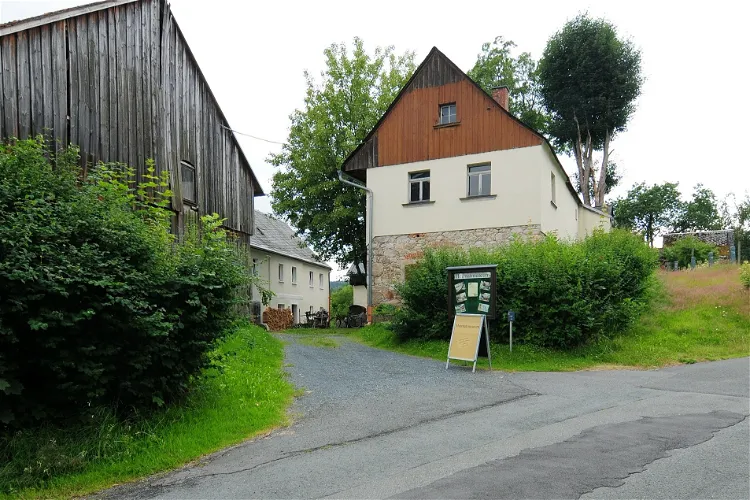
Heimatmuseum Bad Brambach
Bad BrambachThe Heimatmuseum Bad Brambach is a regional museum situated in the Zollstraße of Bad Brambach. It is managed by a registered association bearing the same name. This museum offers a unique opportunity to delve into the local history and culture of the region.
Steinsburgmuseum
WaldhausThe Steinsburgmuseum, located in the Waldhaus district of Römhild, is a museum dedicated to the prehistoric and early history of South Thuringia. It is a branch of the Museum for Prehistoric and Early History Thuringia. This museum offers a unique opportunity to delve into the rich history of the region, providing a comprehensive overview of the prehistoric and early historical periods of South Thuringia.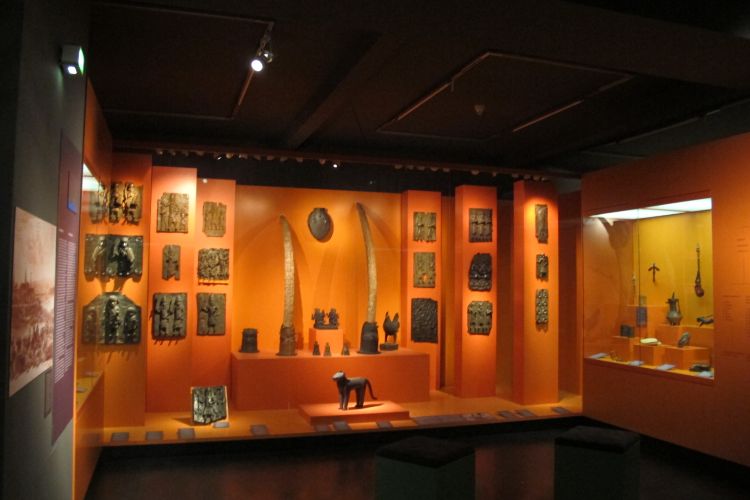
Grassi Museum of Ethnology in Leipzig
LeipzigGrassi Museum of Ethnology in Leipzig is a large ethnographic museum in Leipzig in Germany. The museum holds a collection of around 200,000 objects, making it one of the largest ethnographic collections in Germany. The objects can be geographically categorized, with objects form East Asia, Southeast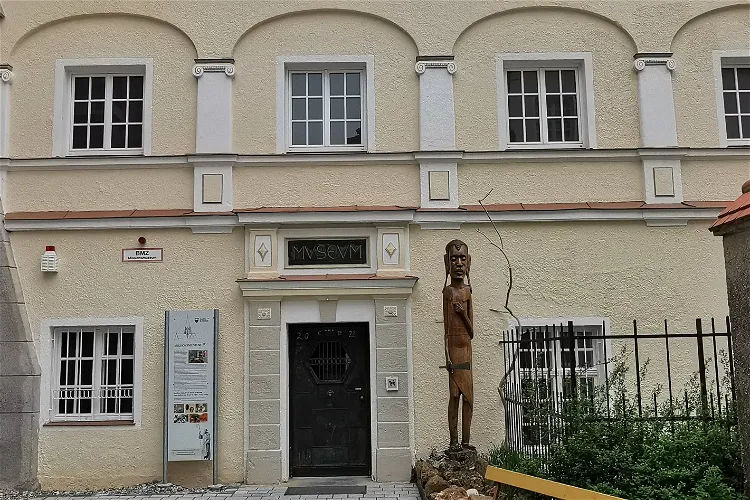
Missionsmuseum
Sankt OttilienThe Missionsmuseum in Sankt Ottilien, established in 1887, is a significant historical site located within the premises of the Archabbey of Sankt Ottilien. The museum houses an ethnological and natural history collection from the former mission areas of the monastery. It serves as a comprehensive documentation of the history of the Benedictine Congregation of St. Ottilien, providing visitors with a deep understanding of the congregation's past.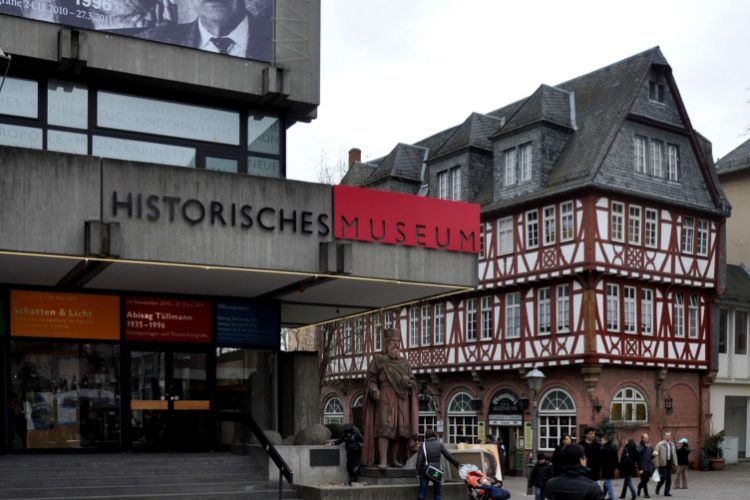
Historical Museum
FrankfurtThe Historical Museum (Historisches Museum) is a museum in Frankfurt am Main that holds and exhibits cultural and historical objects relating to the history of Frankfurt and Germany. These objects are displayed in permanent chronological exhibitions, namely: Medieval Frankfurt, the Late Middle Ages,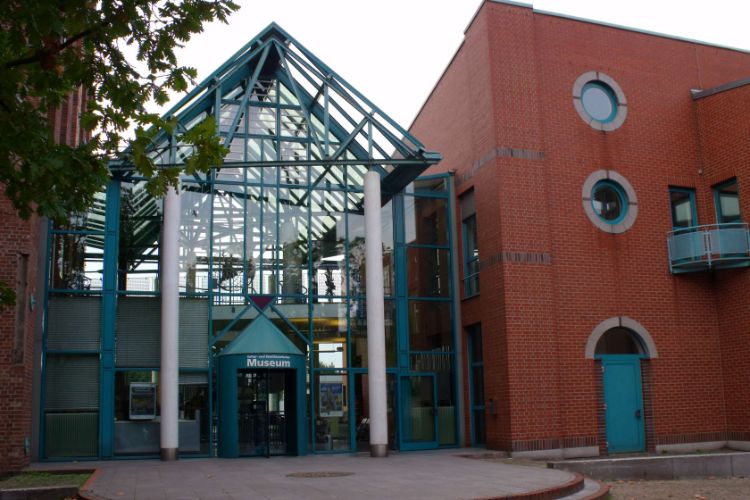
Kultur- und Stadthistorisches Museum Duisburg
DuisburgKultur- und Stadthistorisches Museum Duisburg (The Culture and City History Museum) is a museum in Duisburg. The museum is dedicated to the city history of Duisburg and the folklore of the Lower Rhine. An important collection on the life's work of the mathematician and cartographer Gerhard Mercator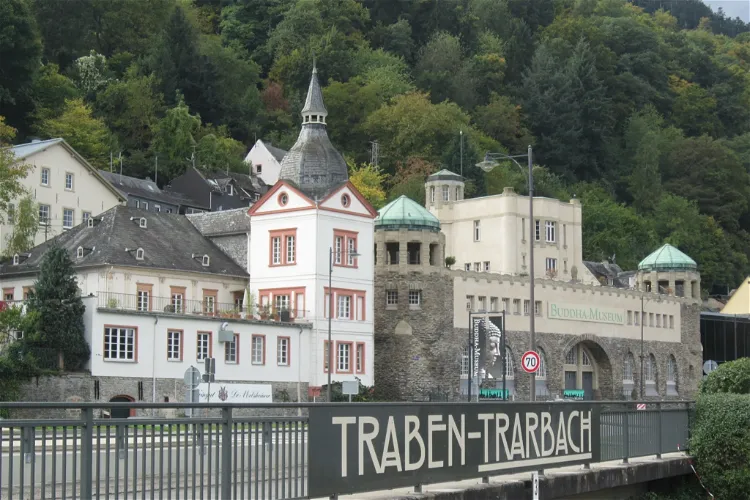
Buddha Museum
Traben-TrarbachThe Buddha Museum in Traben-Trarbach, which opened its doors in 2009, is home to an impressive collection of around 2000 Buddha figures. In addition to the display of these figures, the museum also provides comprehensive information about Buddhism, making it a valuable resource for those interested in learning more about this religion.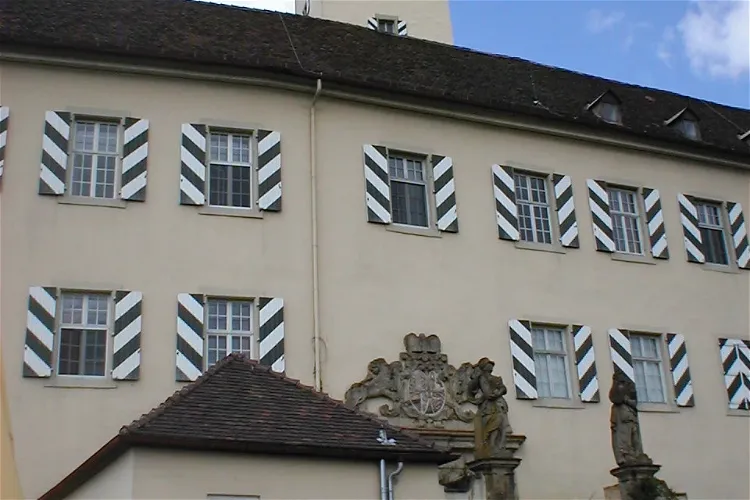
Transylvanian Museum
GundelsheimThe Transylvanian Museum, located in Gundelsheim, Germany, is a unique institution dedicated to the preservation and documentation of the cultural heritage of the Transylvanian Saxons. This includes their coexistence with other ethnic groups in the multi-ethnic region of Transylvania. The museum provides a comprehensive insight into the history, social system, rituals, education system, and rural and urban life of the Transylvanian Saxons.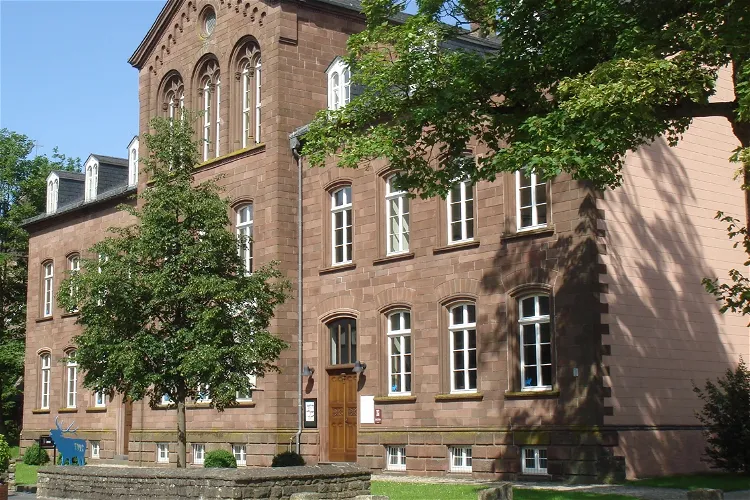
Kreismuseum Bitburg-Prüm
BitburgThe Kreismuseum Bitburg-Prüm is a local museum situated in Bitburg. It is home to collections that depict the everyday and cultural history of the Eifel region. Visitors can gain insights into the life and work environments of the past three centuries through the museum's exhibits.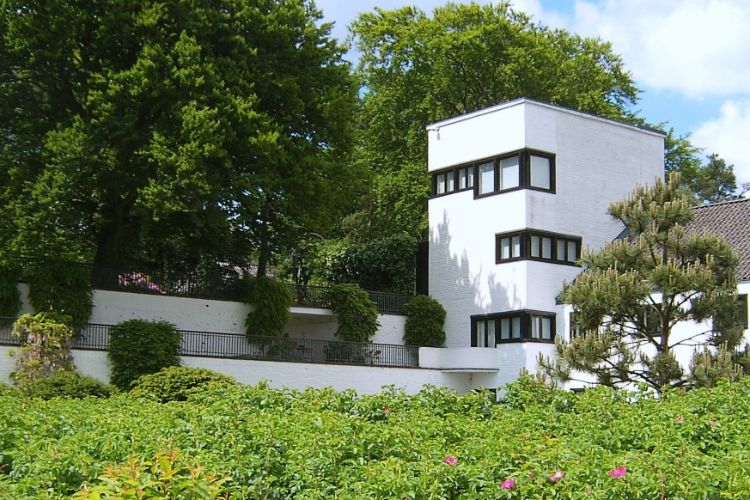
PuppenMuseum Falkenstein
HamburgThe PuppenMuseum Falkenstein (Doll Museum Falkenstein) shows a nostalgic miniature world of lace, velvet and silk, but also historical and cultural aspects of the bourgeois world from the late 18th century to the 1950s.
Heimatbund Museum Soltau
SoltauThe Soltau Museum, located in the Lower Saxony city of Soltau, is a local history museum. It is jointly operated by the Heimatbund Soltau, a local heritage association, and the city of Soltau itself. The museum is dedicated to preserving and showcasing the history and culture of Soltau and its surrounding regions.
Heimatmuseum Schwarzes Tor
St. Georgen im SchwarzwaldThe Heimatmuseum “Schwarzes Tor” in Sankt Georgen in the Black Forest is a unique museum that offers visitors a chance to step back in time. Housed in an original Black Forest farmhouse from the 19th century, the museum provides a glimpse into the life and times of the people who lived there during that period. The museum is located in the city center of Sankt Georgen, making it easily accessible for tourists.
LVR-Niederrheinuseum Wesel
WeselThe LVR-Niederrheinmuseum Wesel, previously known as the Prussian Museum Wesel, is a regional museum in Germany. Since 2018, it has been under the sponsorship of the Rhineland Landscape Association. This museum primarily focuses on the history of the Lower Rhine as a cross-border region in Europe today.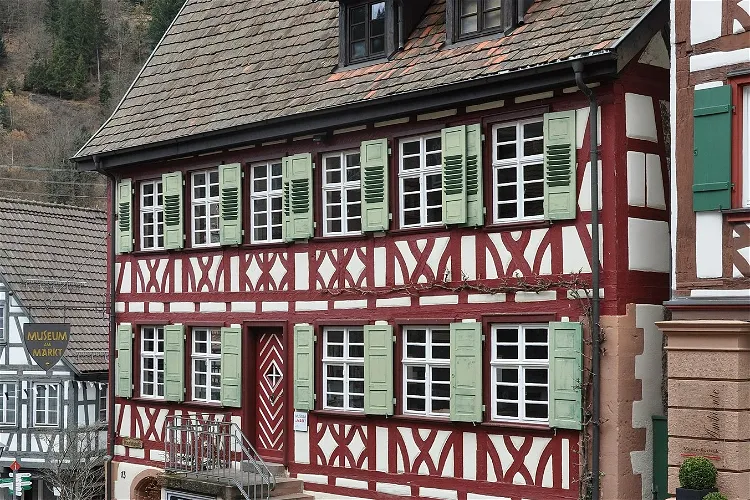
Museum am Markt
SchiltachThe Museum am Markt is situated in the historic marketplace of Schiltach, a town nestled in the Black Forest region of Baden-Württemberg. This location offers visitors a chance to explore the museum within the context of the town's rich history and picturesque surroundings.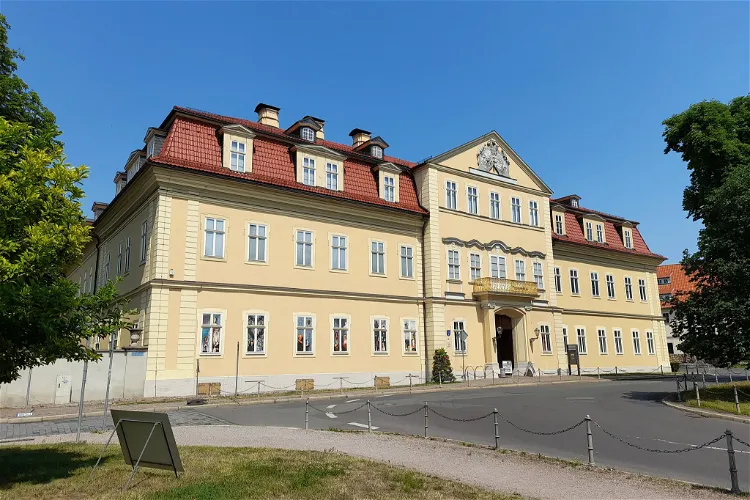
Schlossmuseum Arnstadt "Neues Palais"
ArnstadtThe Neues Palais, located in Arnstadt, Thuringia, is a significant historical site that currently houses the Schlossmuseum Arnstadt. This palace-turned-museum offers a unique opportunity to explore the rich history and culture of the region.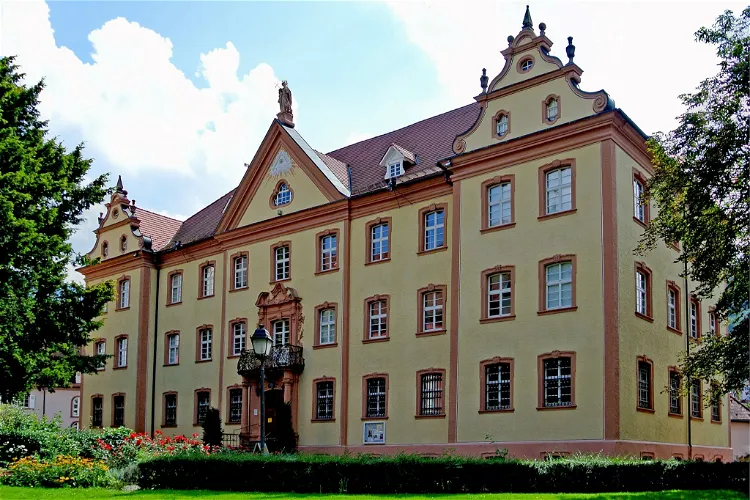
Elztalmuseum Waldkirch
WaldkirchThe Elztalmuseum, located in Waldkirch, Baden-Württemberg, Germany, is a museum that was opened in 1985. It primarily focuses on the history of the region, providing visitors with a comprehensive understanding of the area's past.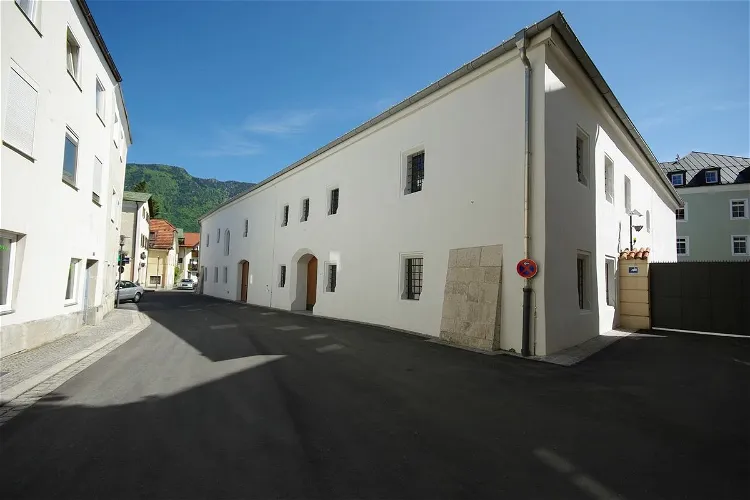
ReichenhallMuseum
Bad ReichenhallThe ReichenhallMuseum, previously known as the Städtisches Heimatmuseum Bad Reichenhall, is the local museum of the Upper Bavarian city of Bad Reichenhall. It is housed in the city's former grain store, located at Getreidegasse 4. The museum showcases numerous exhibits related to the history of salt mining, local crafts, city history, geology, and folklore.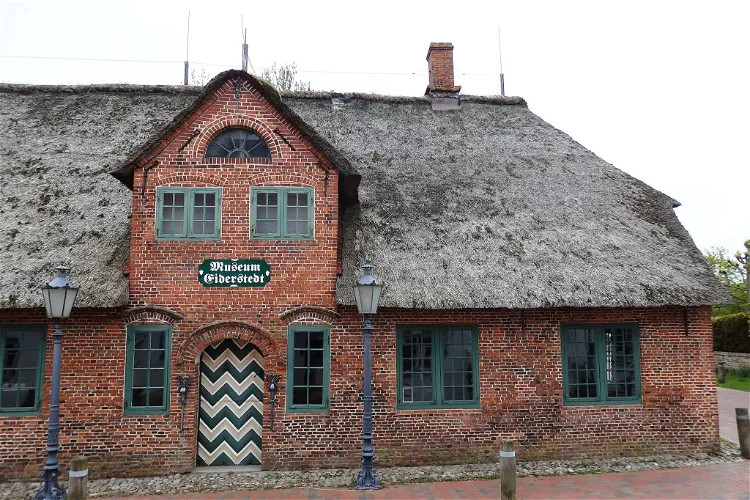
Museum Landschaft Eiderstedt
Sankt Peter-DorfThe Museum of the Eiderstedt Landscape is situated in the Jensen House in Sankt Peter-Ording, in the district of Nordfriesland. This location is a significant part of the museum's identity and provides a unique setting for the exhibits.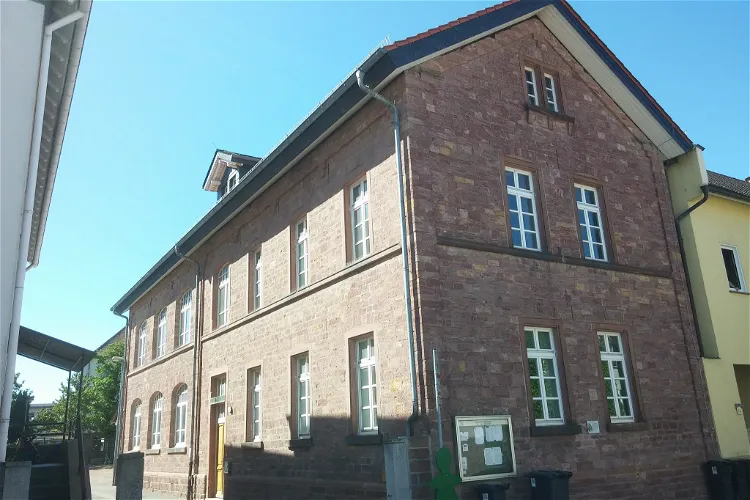
Dorfmuseum Erzhausen
ErzhausenThe Dorfmuseum Erzhausen is a local museum situated on the main street in Erzhausen, a district of Darmstadt-Dieburg in Hesse. This location makes it easily accessible for tourists visiting the area.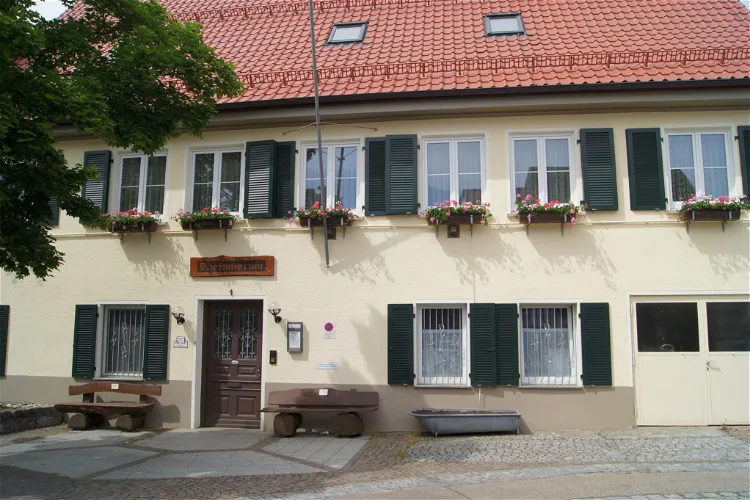
Dorfmuseum Essingen
EssingenThe Dorfmuseum Essingen is a museum dedicated to the village and local history of the Essingen area in the Ostalbkreis in Baden-Württemberg. It provides a comprehensive insight into the historical development and cultural heritage of the region. Visitors can explore various exhibits that depict the life and times of the local community over the centuries.
Stadtmuseum Nördlingen
NördlingenThe Stadtmuseum Nördlingen is a museum that provides a comprehensive insight into the history of the former Free Imperial City of Nördlingen. It is an ideal place for tourists who are interested in learning about the city's past and its significance in history.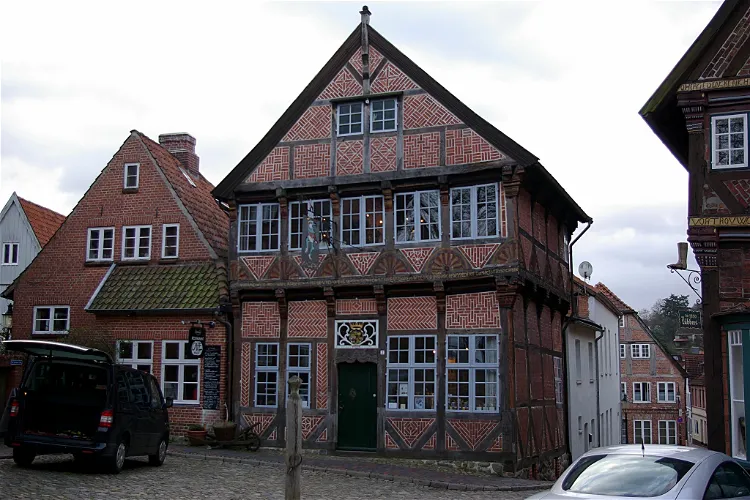
Eulenspiegelmuseum
MöllnThe Eulenspiegel Museum aims to illustrate the special relationship of Mölln, also known as the Eulenspiegel city, with Till Eulenspiegel. The stories numbered 91 to 96 in the Eulenspiegel tales take place in this city. Eulenspiegel, a legendary figure in German folklore, died in Mölln in 1350 in the Holy Spirit Hospital. His death is commemorated by a memorial stone at the St. Nicolai Church.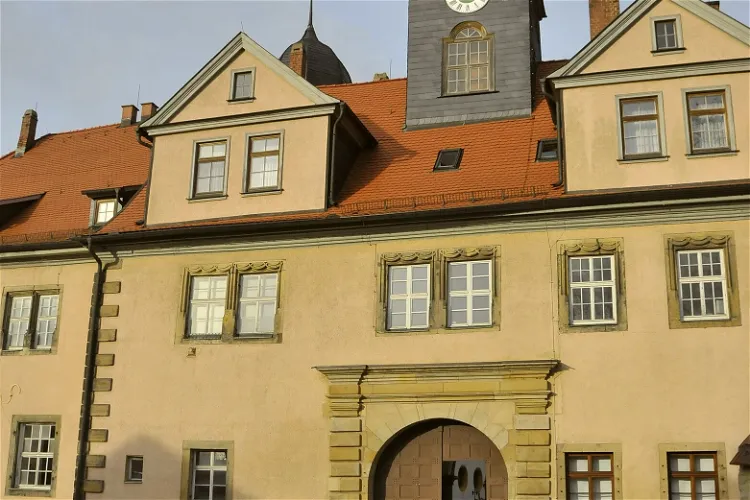
Museum Schloss Tenneberg
WaltershausenSchloss Tenneberg, located in the city of Waltershausen in Thuringia, is a medieval castle that has seen multiple transformations over the centuries. Today, it serves as a museum, offering a unique glimpse into the region's rich history. The castle's strategic location on the northern edge of the Thuringian Forest made it an important stronghold in the past. Now, it offers visitors a chance to step back in time and explore the various facets of its past.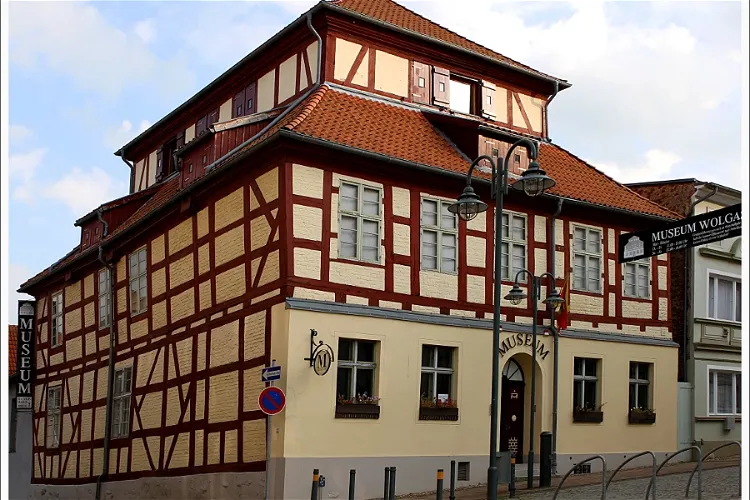
Stadtgeschichtliches Museum Kaffeemühle
WolgastThe Stadtgeschichtliches Museum, also referred to as the Kaffeemühle because of its building's unique appearance, is dedicated to showcasing the history of the Pomeranian city of Wolgast. The museum's timeline spans from the 8th century all the way to the present day, providing a comprehensive view of the city's past.
Museum Uslar
UslarMuseum Uslar is a local history museum situated in the town of Uslar, within the Northeim district. It provides a deep dive into the history of the town and the Solling region, making it a great place for tourists interested in local history and culture.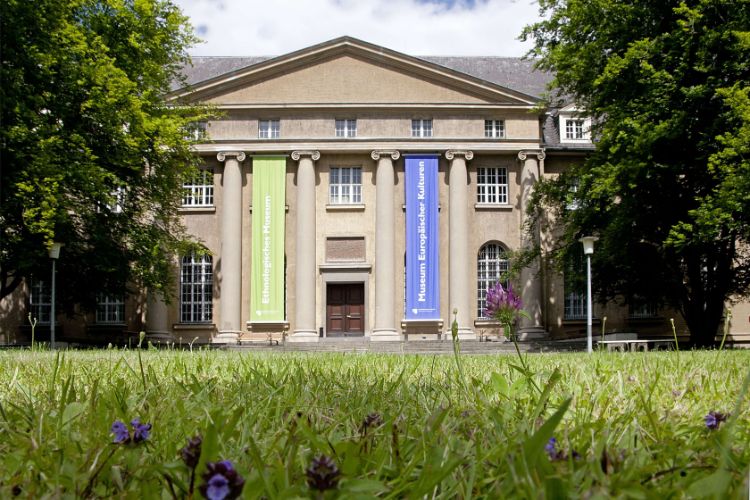
Museum of European Cultures
BerlinThe (Museum of European Cultures) in Berlin (Museum der Europäischen Kulturen) is one of the three museums of the Berlin-Dahlem Museums complex in Berlin. The main focus of the collection is on art and cultural objects of European peoples and ethnic groups. With more than 270,000 museum pieces, the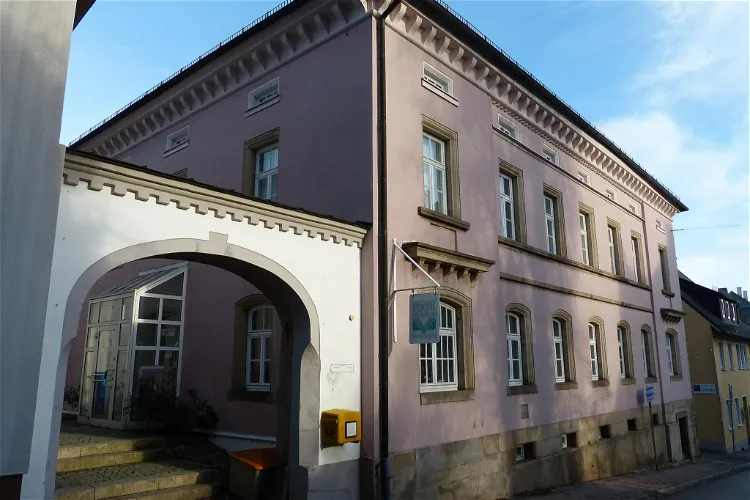
Oberfränkisches Textilmuseum Helmbrechts
HelmbrechtsThe Oberfränkisches Textilmuseum provides a comprehensive overview of the region's textile manufacturing history, which spans centuries. From the hand weaving of linen, wool, and cotton in pre-industrial times to the modern textile industry, the museum showcases the evolution of textile production techniques.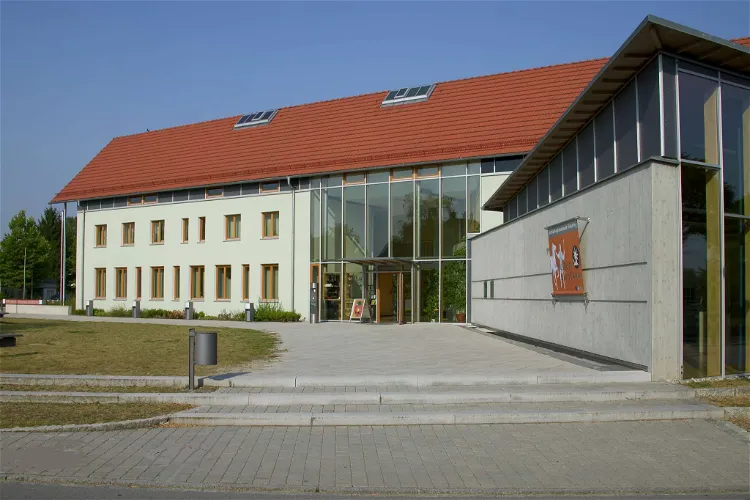
Museum Quintana
BruckThe Museum Quintana, also known as Museum Quintana - Archaeology in Künzing, is an archaeological museum located in the Lower Bavarian municipality of Künzing in the Deggendorf district. It is a partner museum of the Archaeological State Collection in Munich and a member of the Museum Network World Heritage Danube Limes Experience. The museum is supported by the municipality of Künzing and showcases archaeological finds from the Künzing municipality area.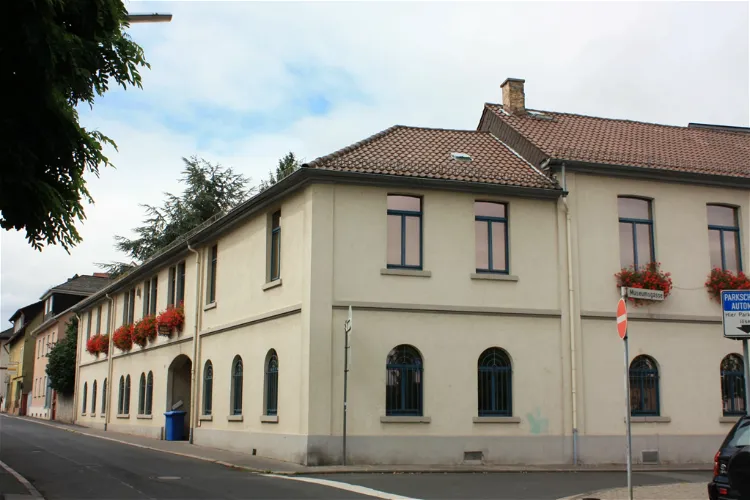
Wetterau-Museum
Friedberg (Hesse)The Wetterau-Museum is located in Friedberg, a city in the German state of Hesse. It is a cultural and historical museum that displays a variety of artifacts and archaeological finds from the Wetterau region. These exhibits provide a glimpse into the region's past and its cultural evolution over the centuries.